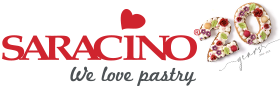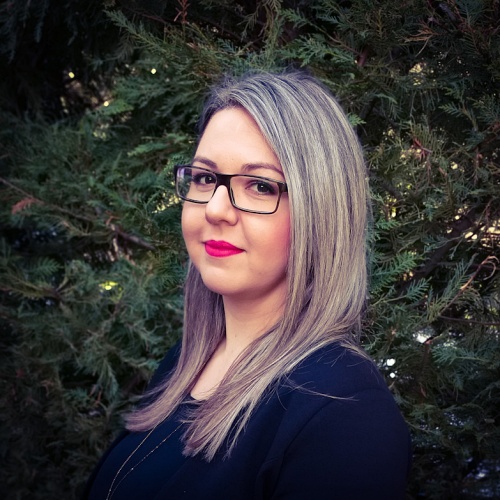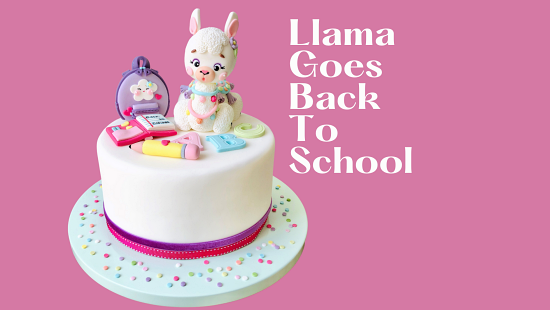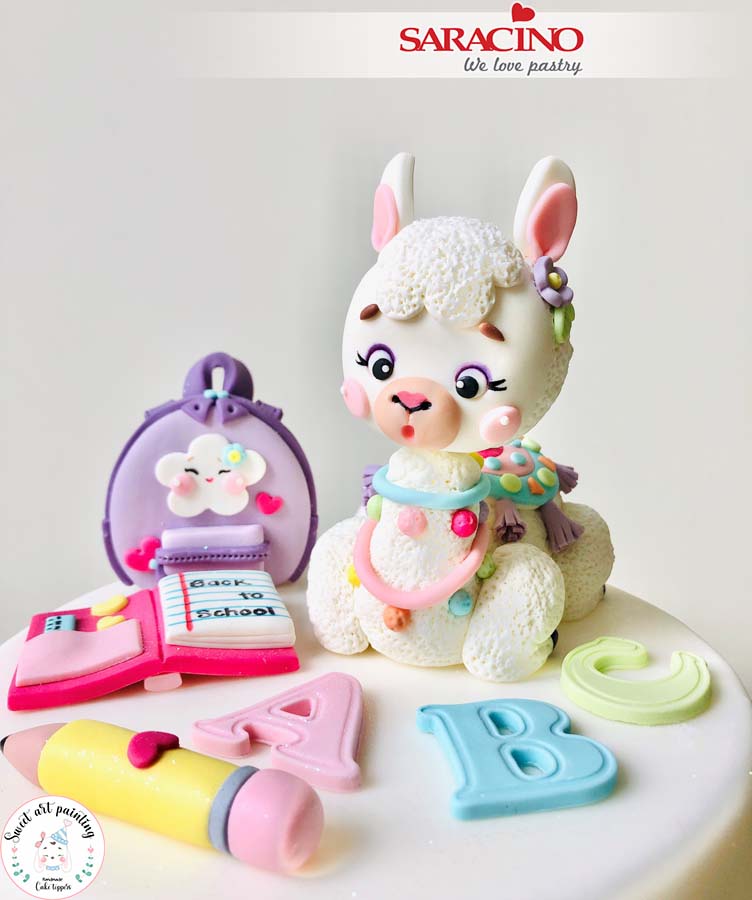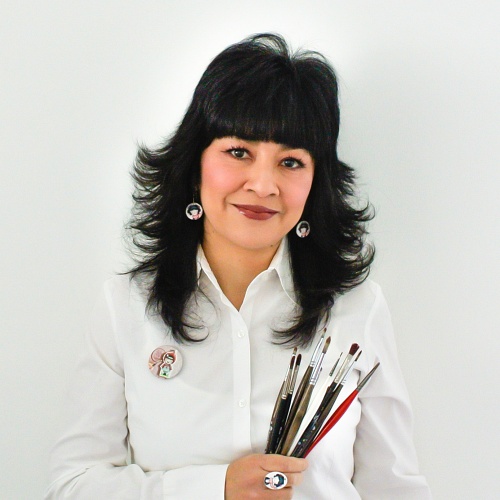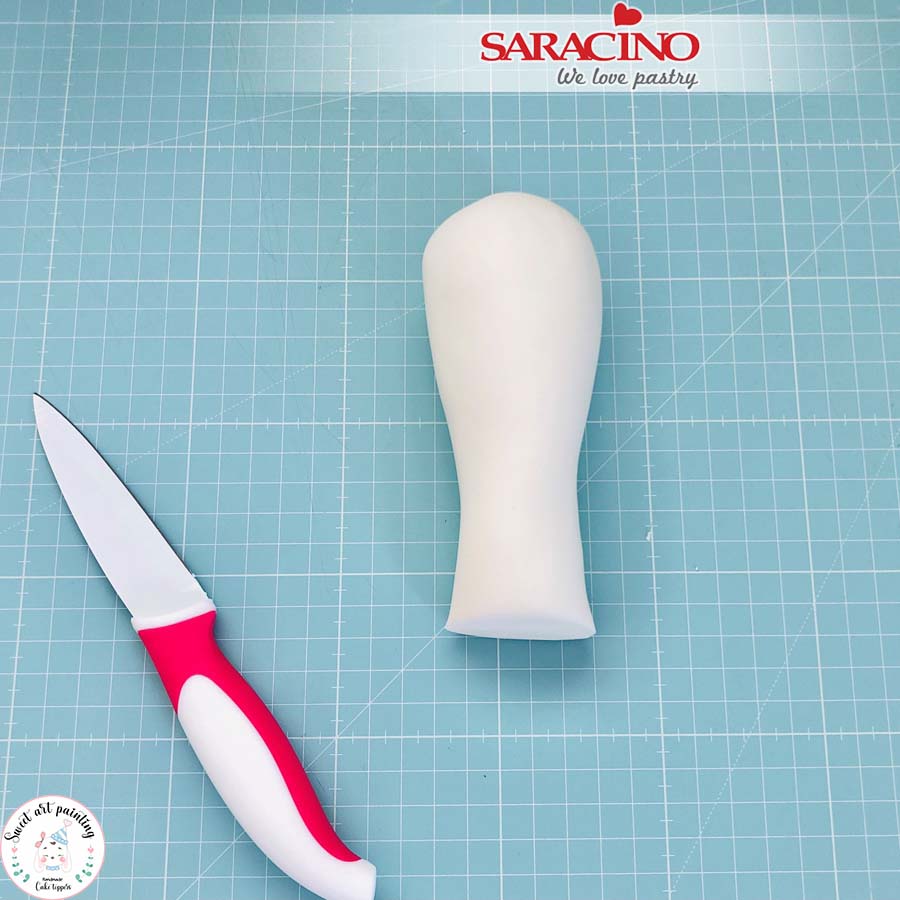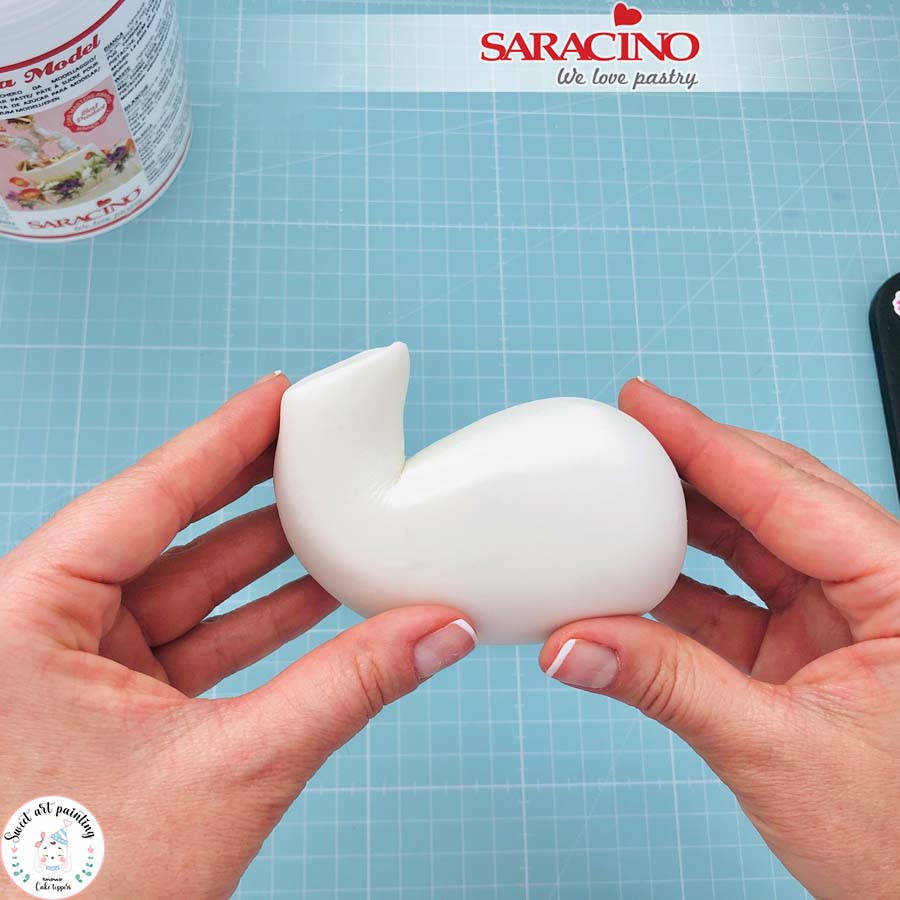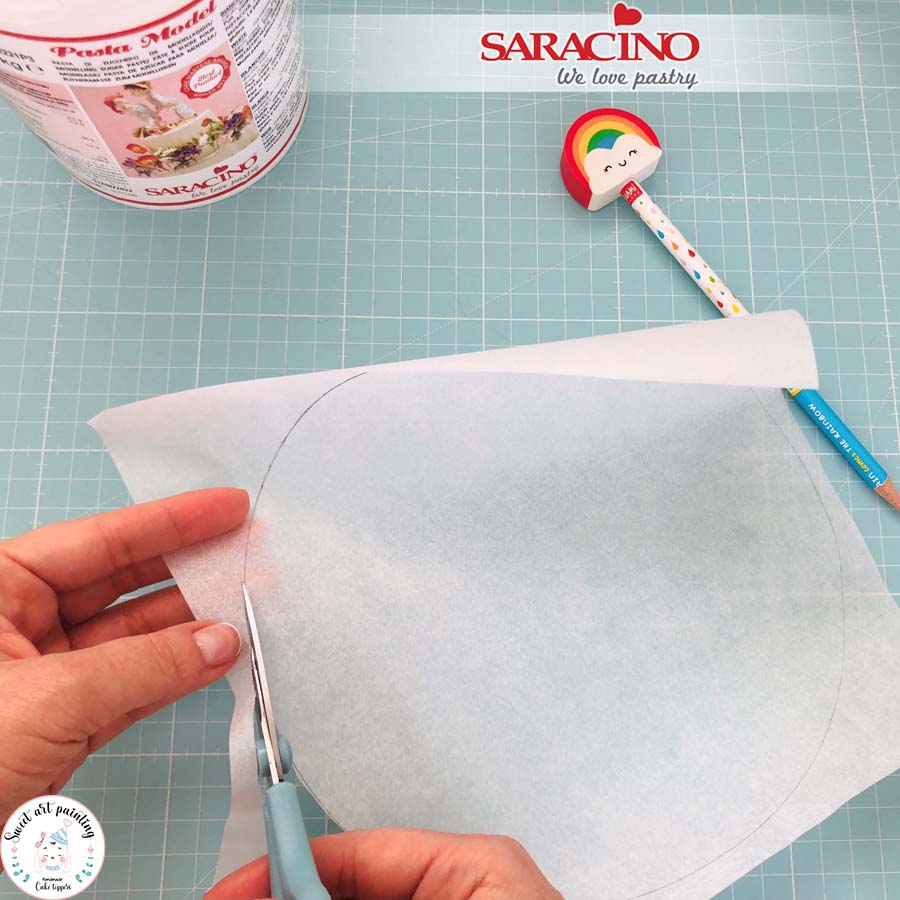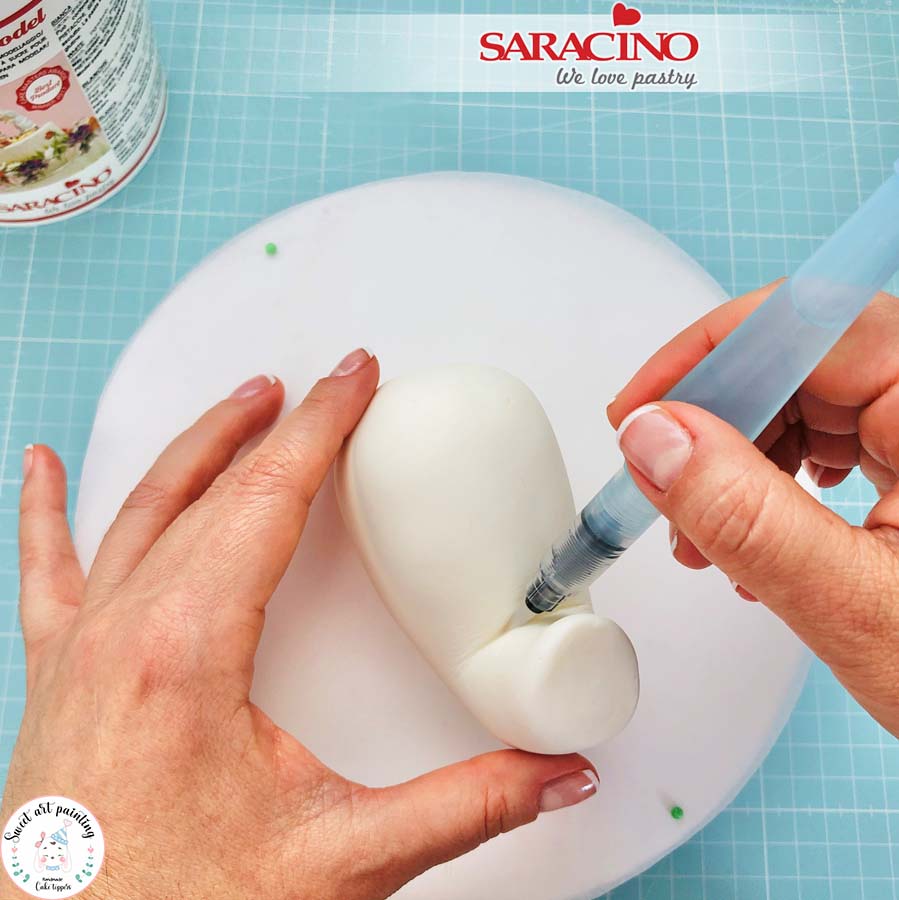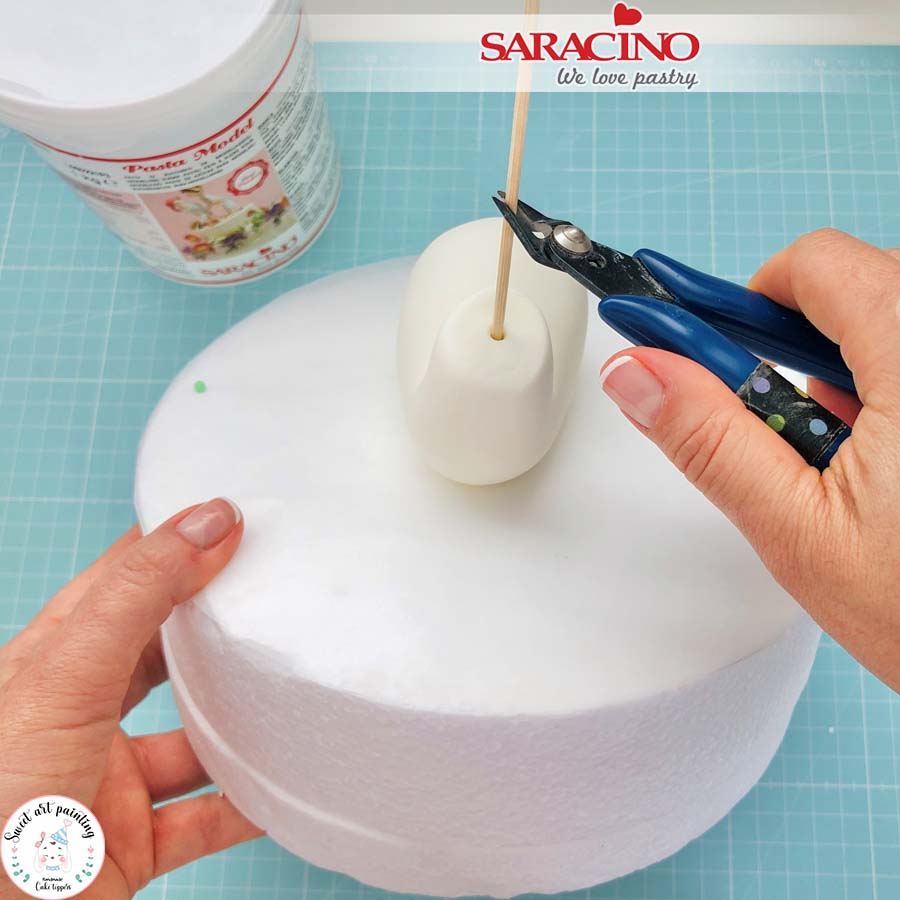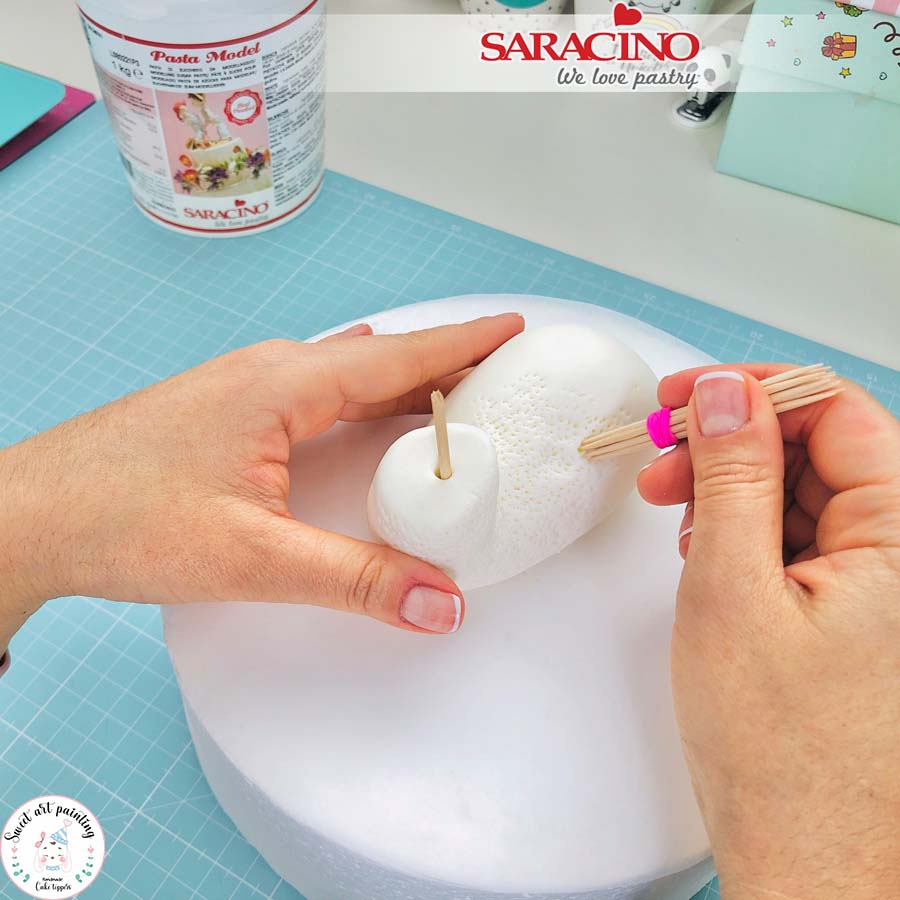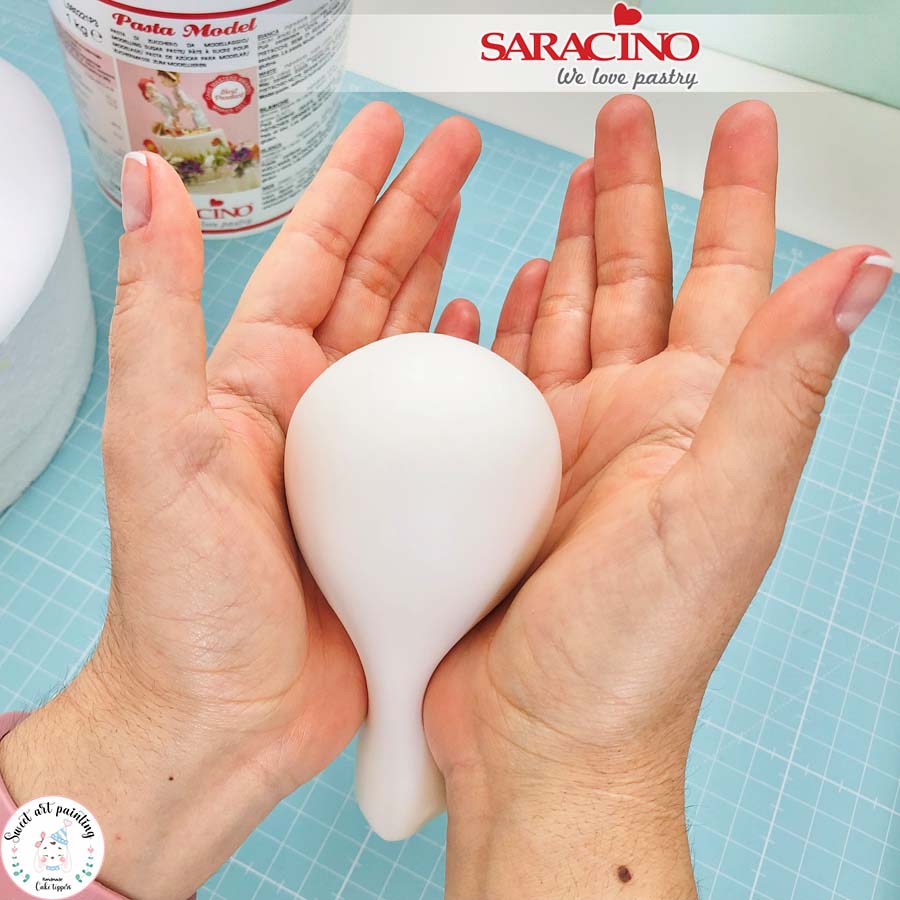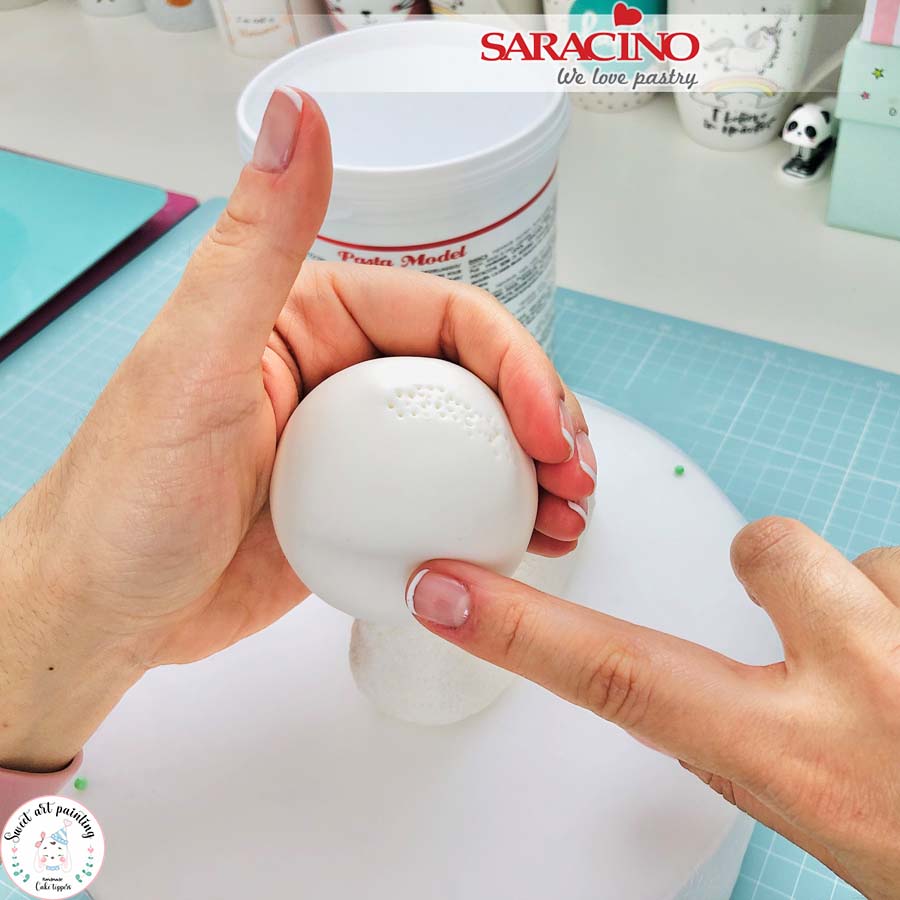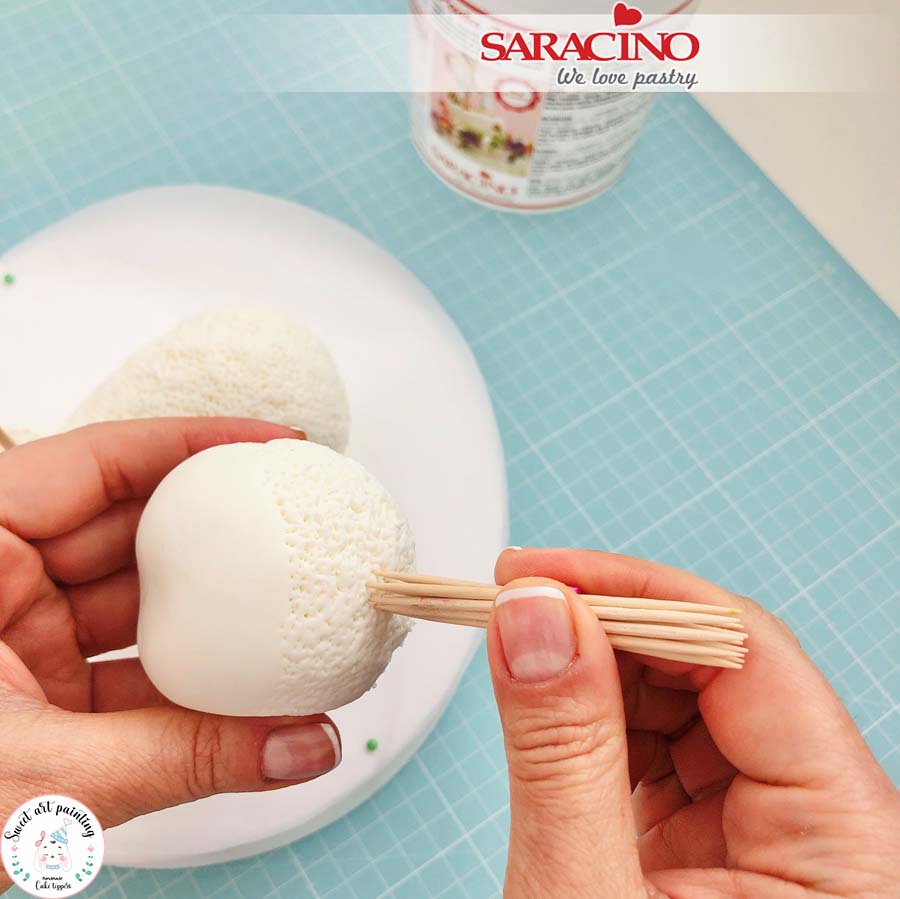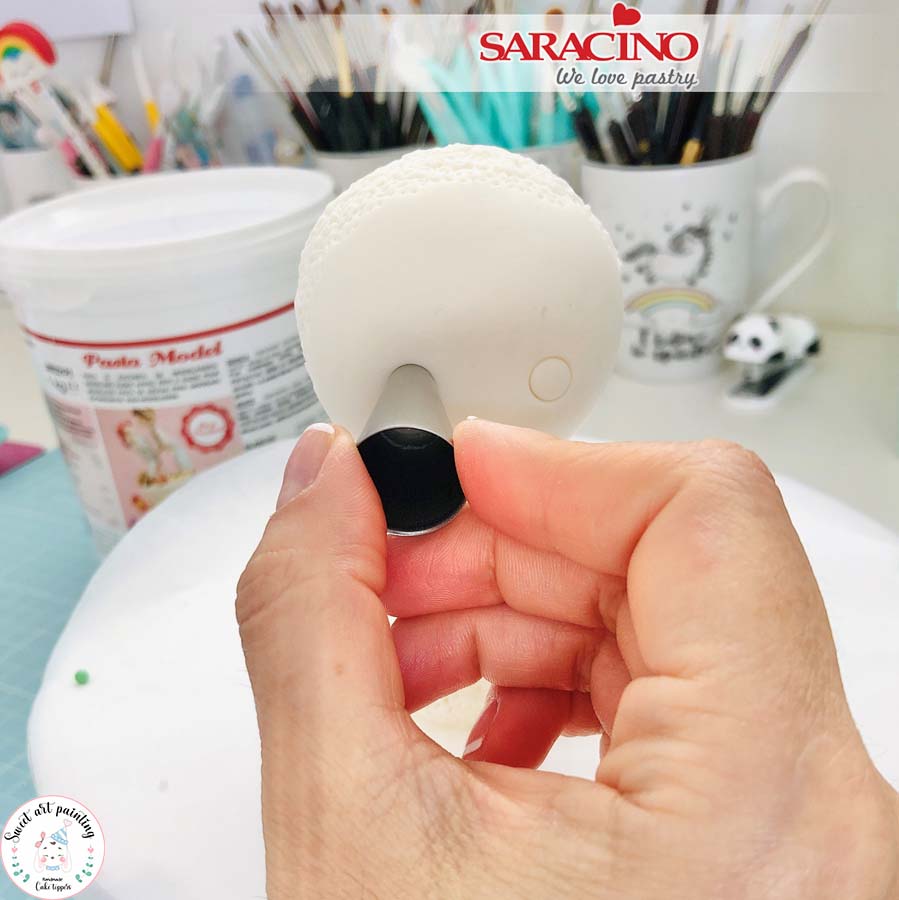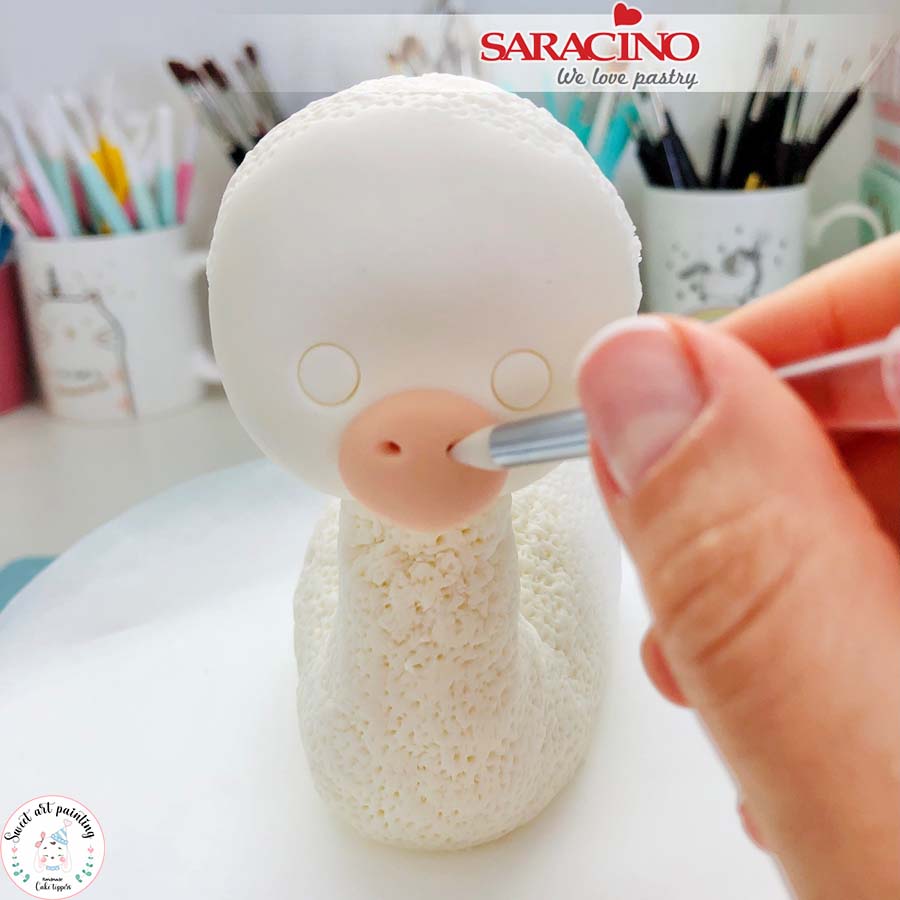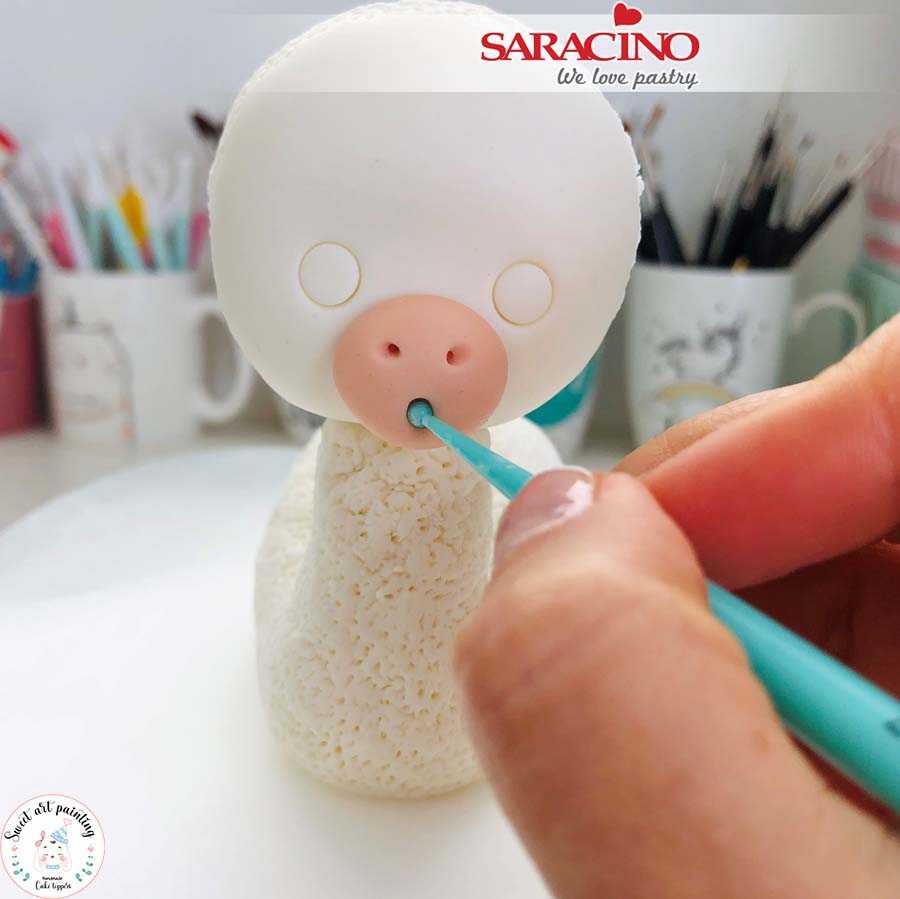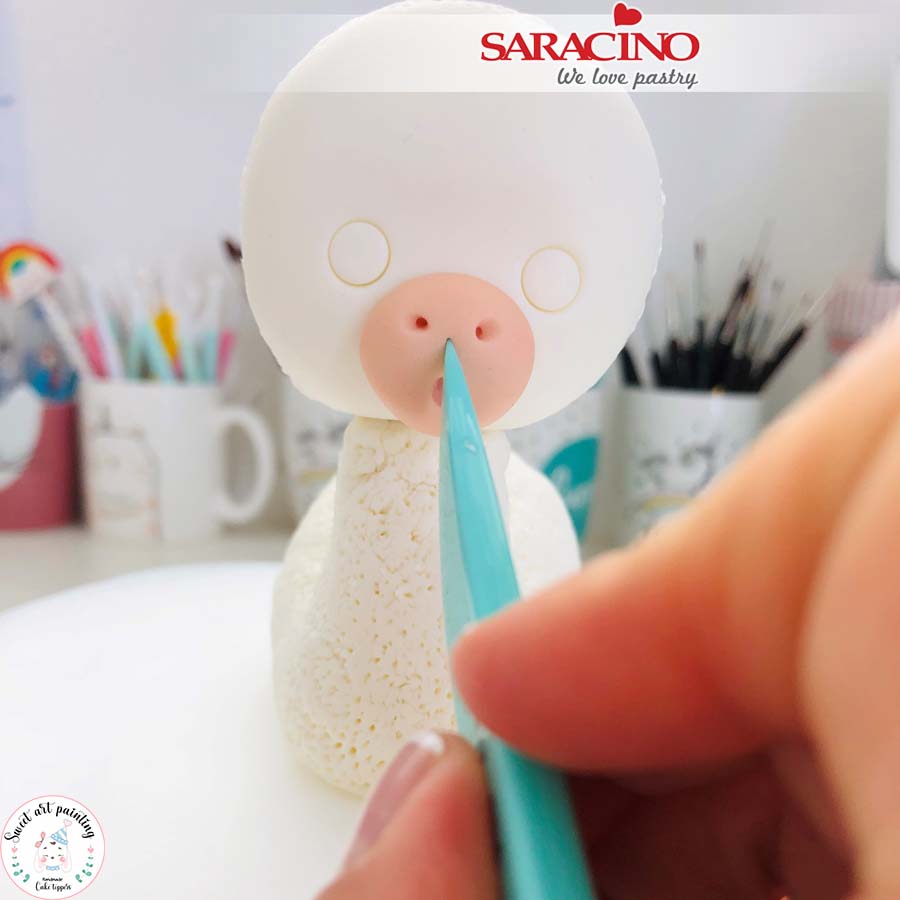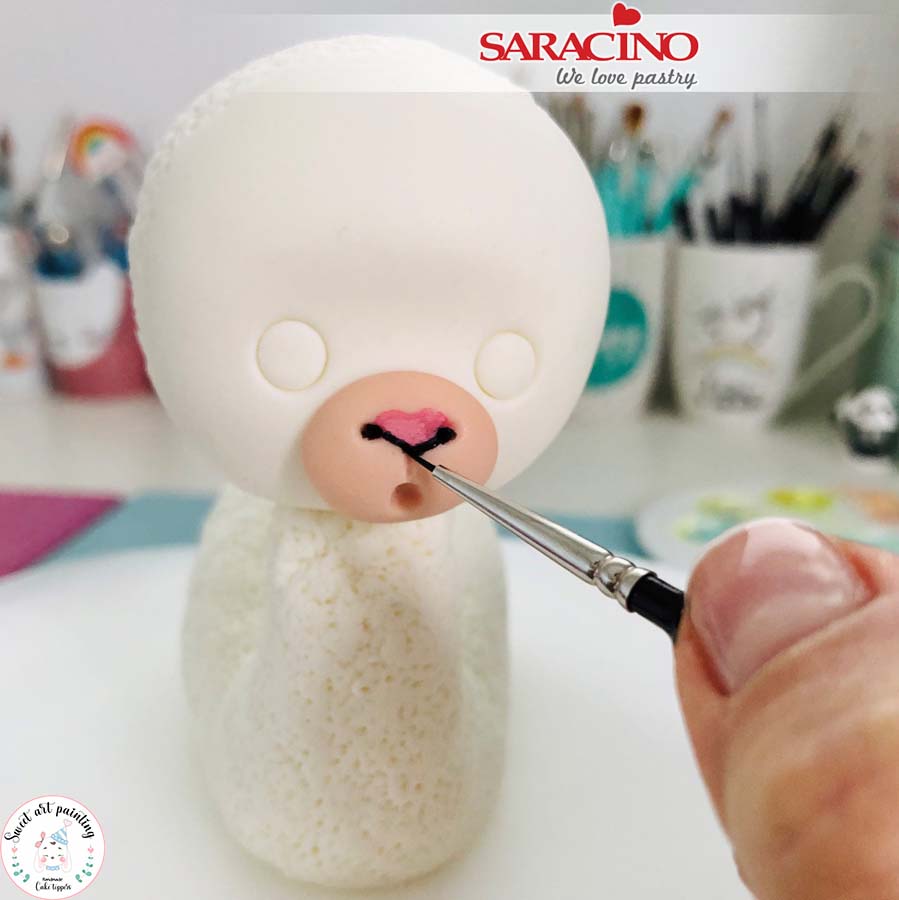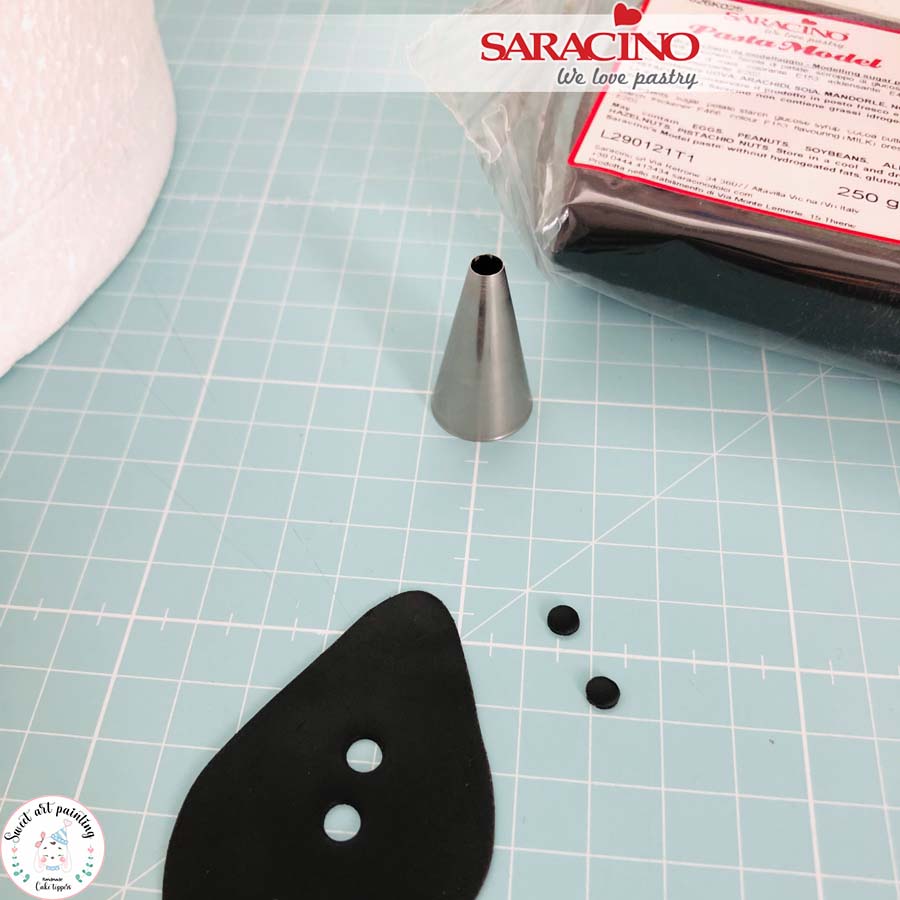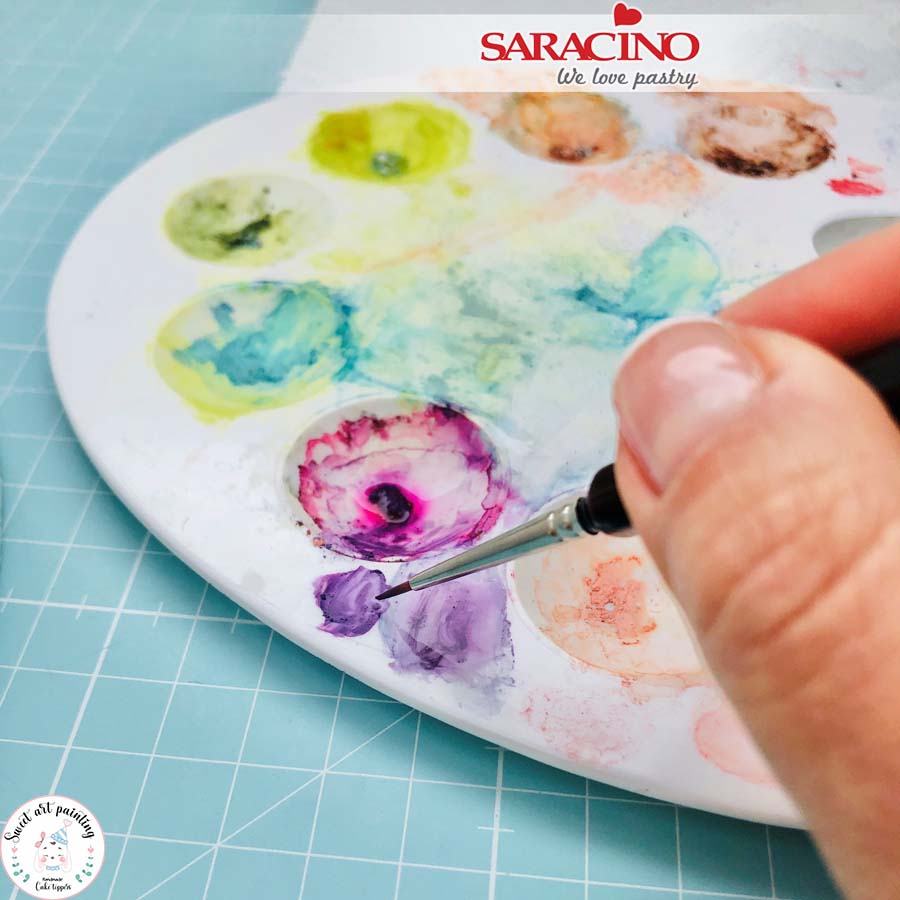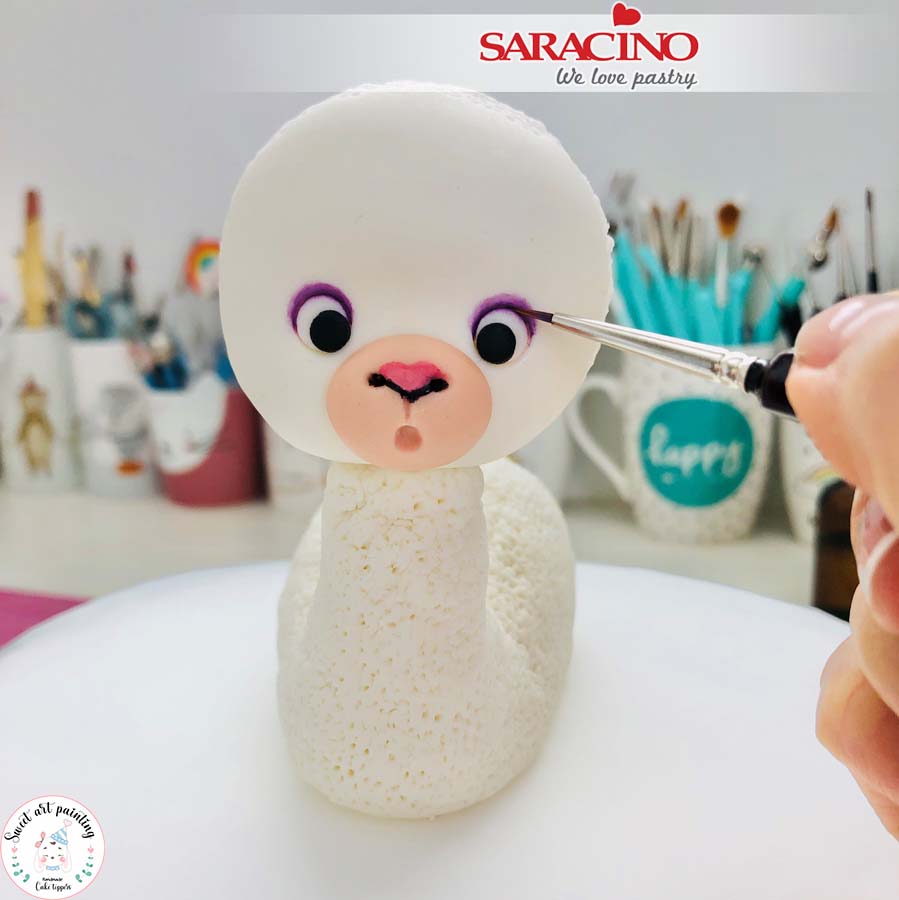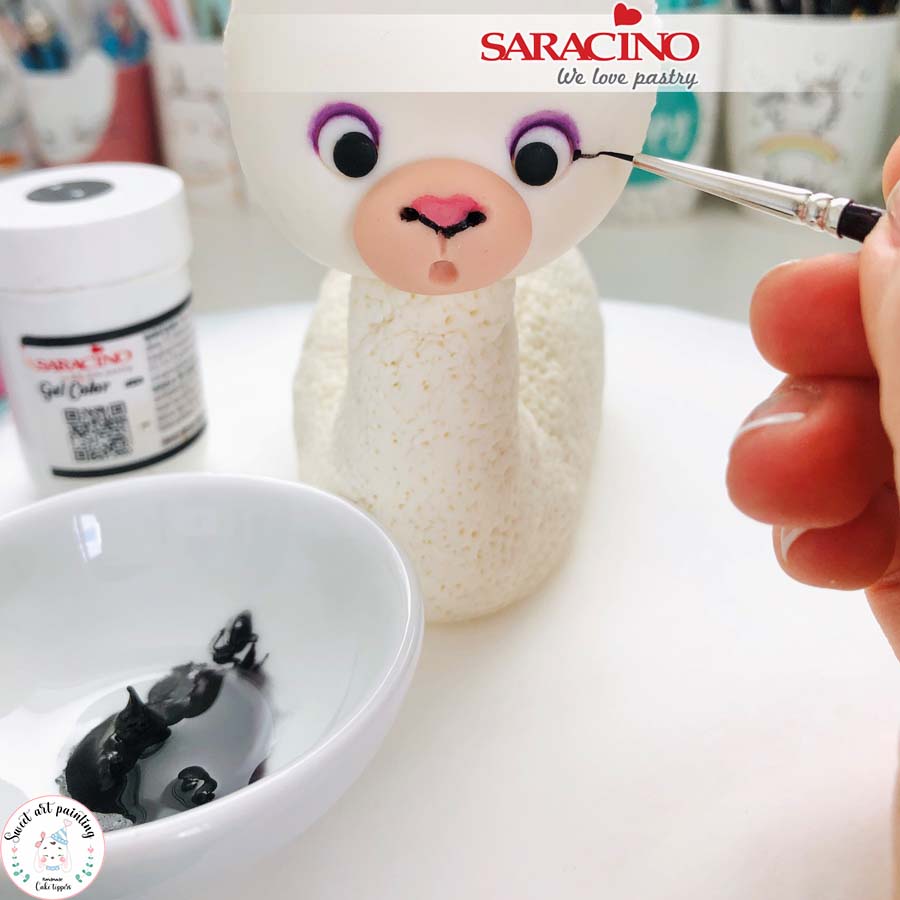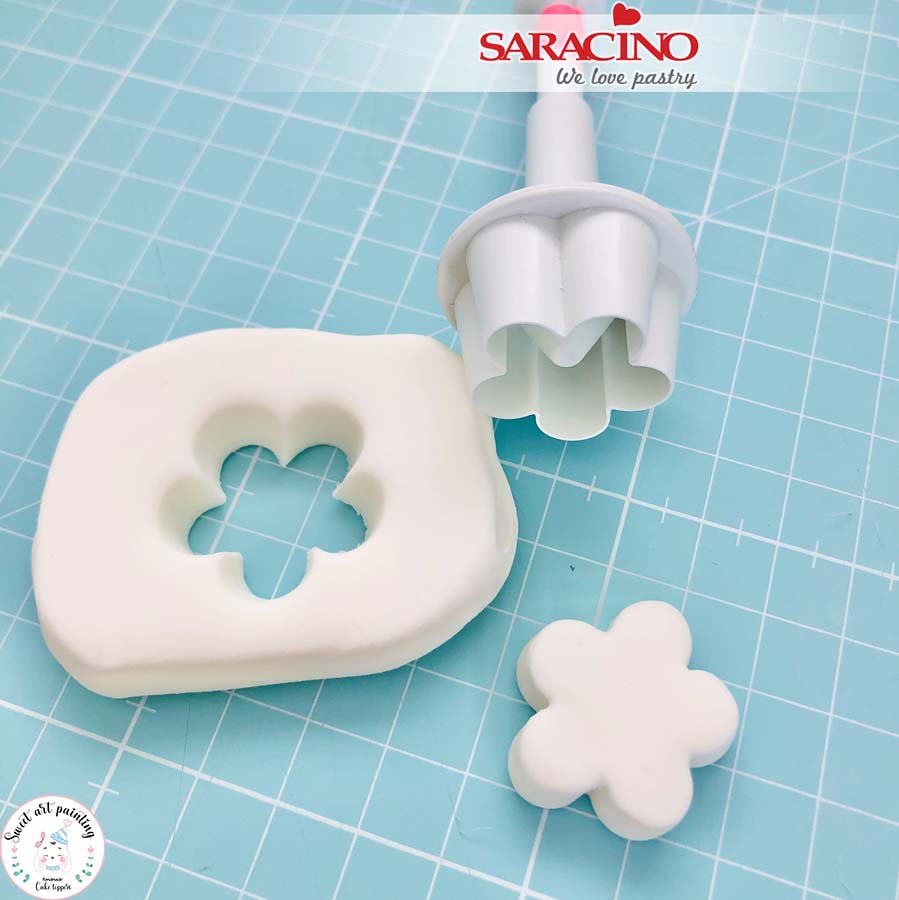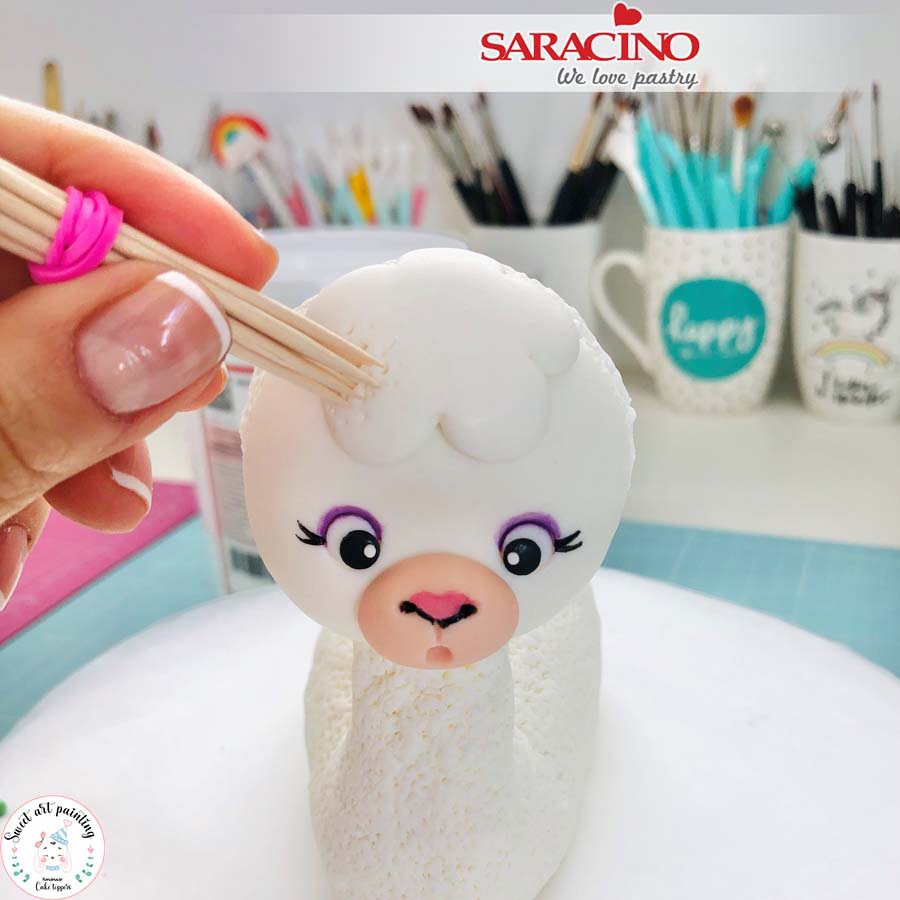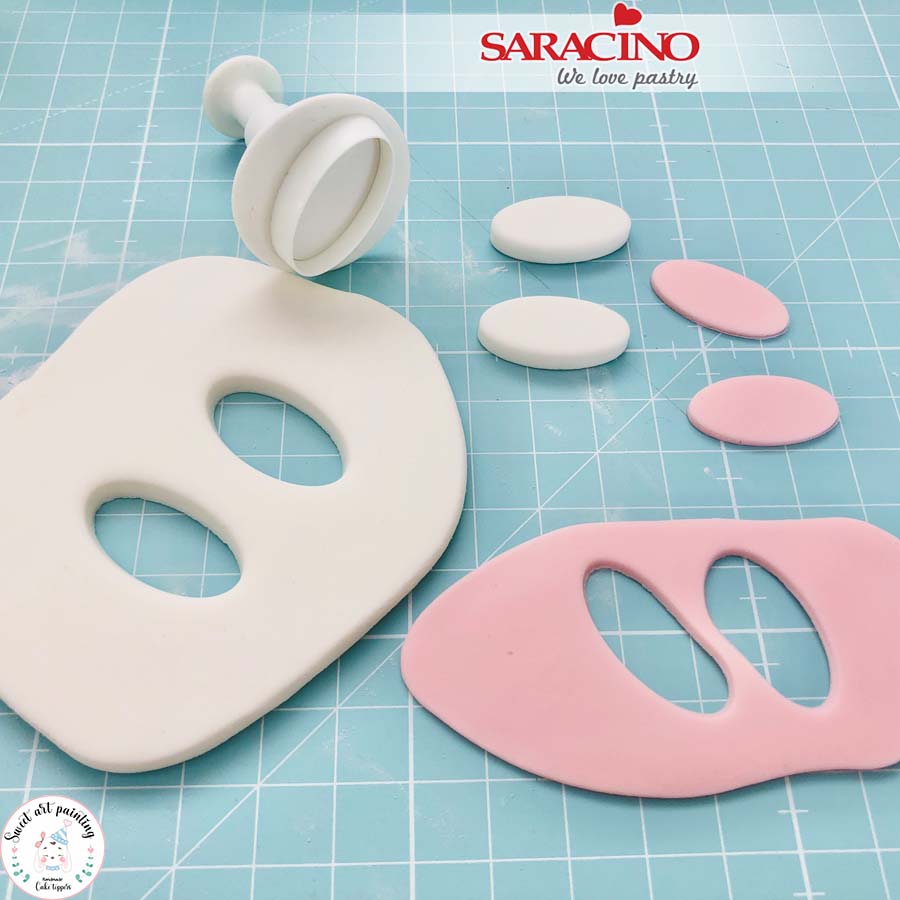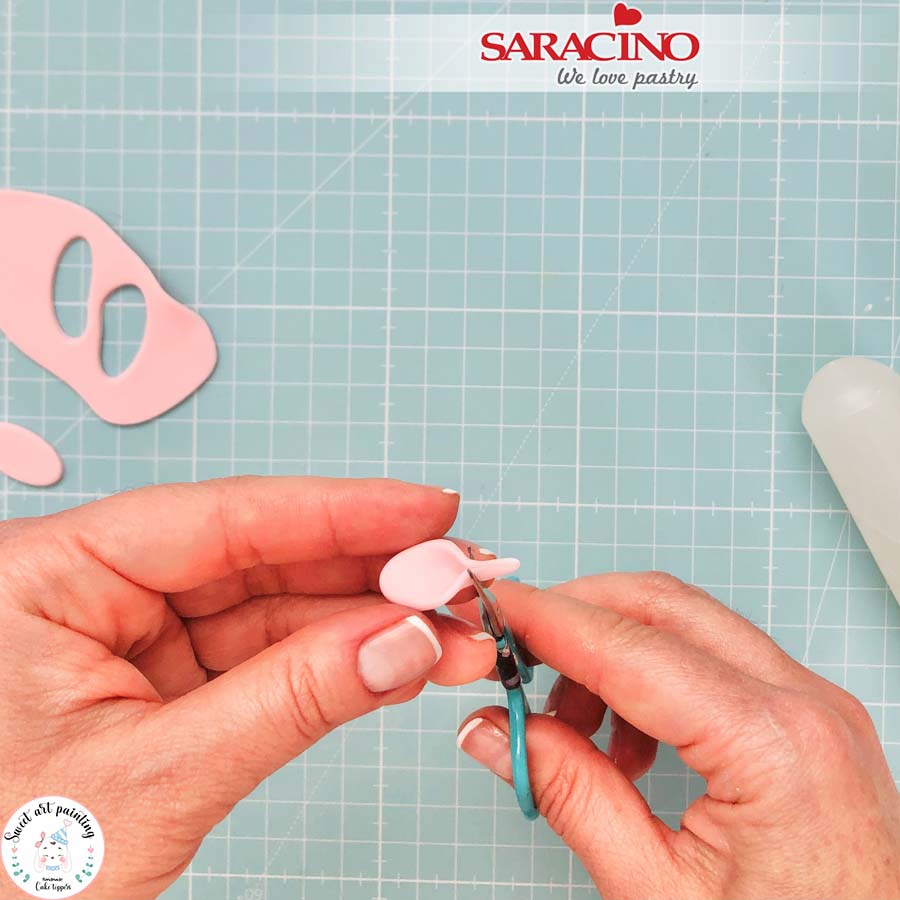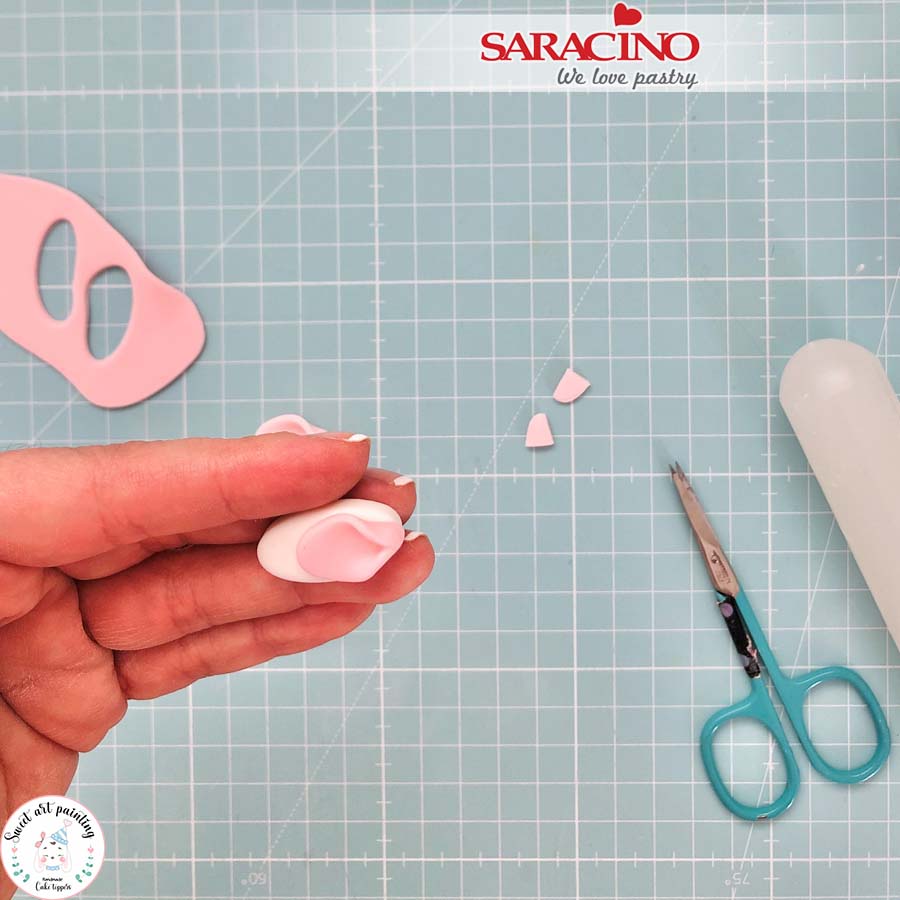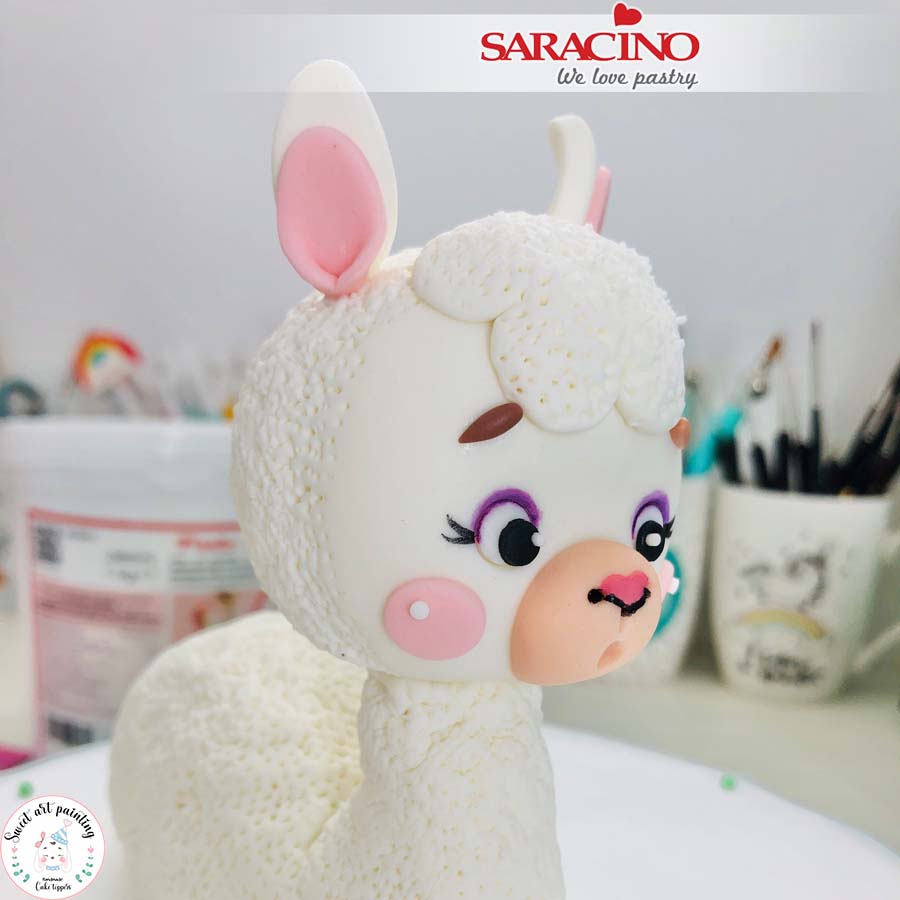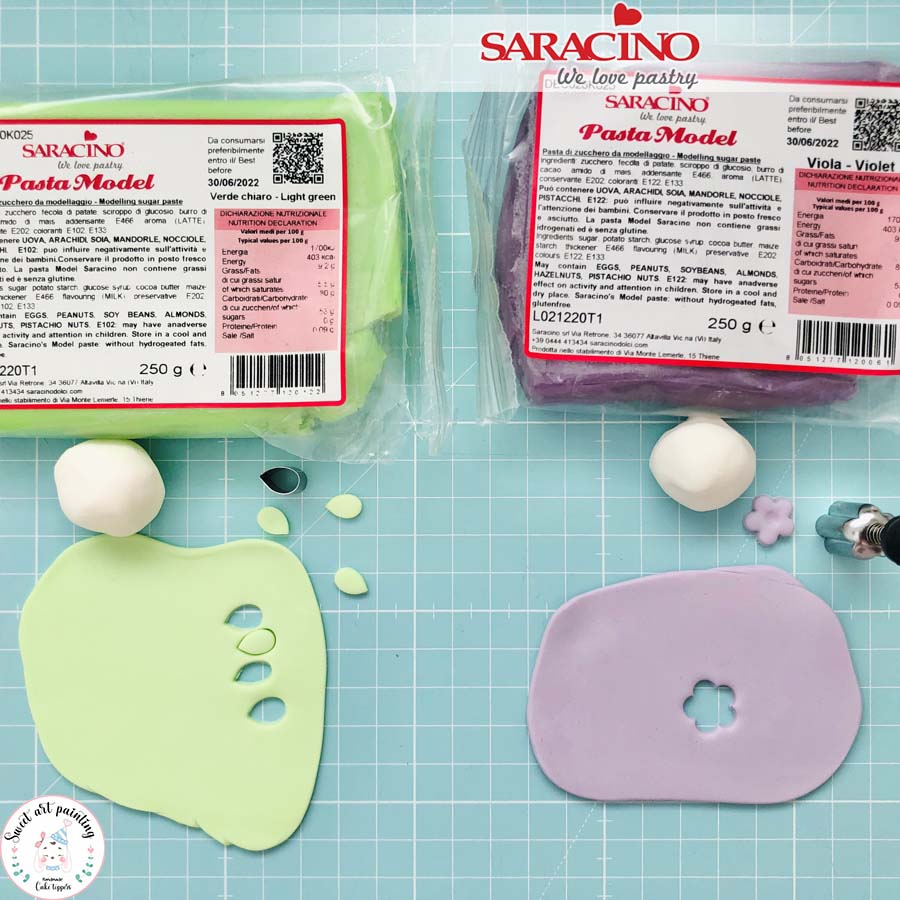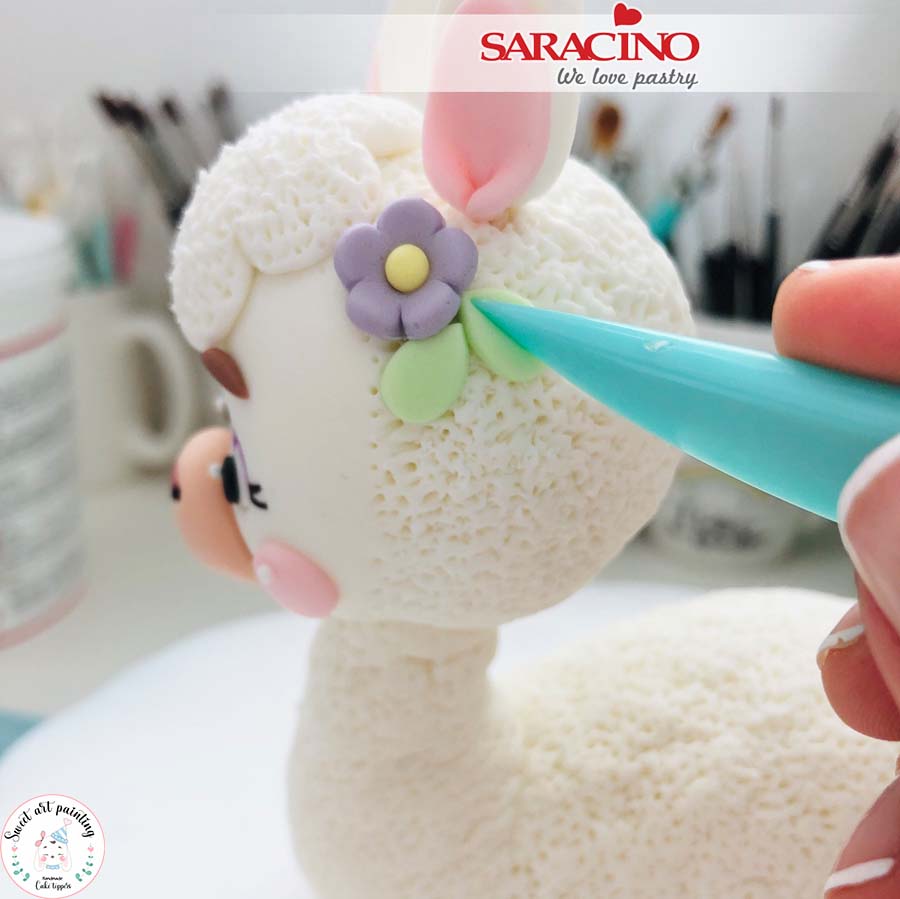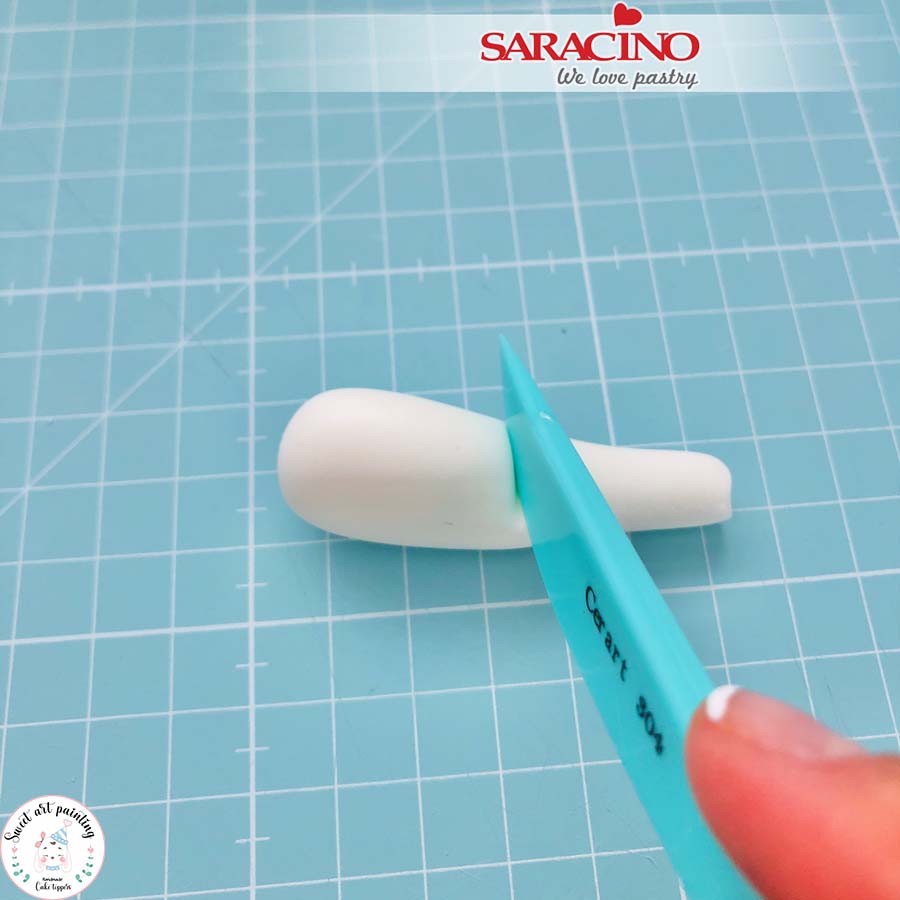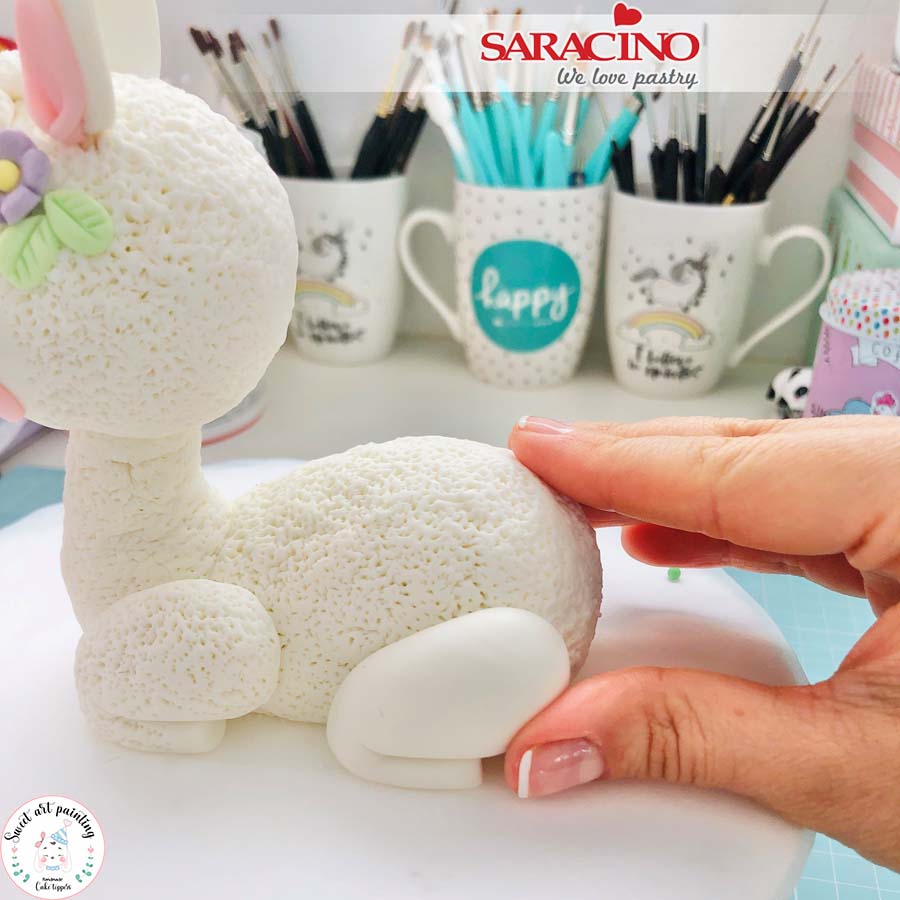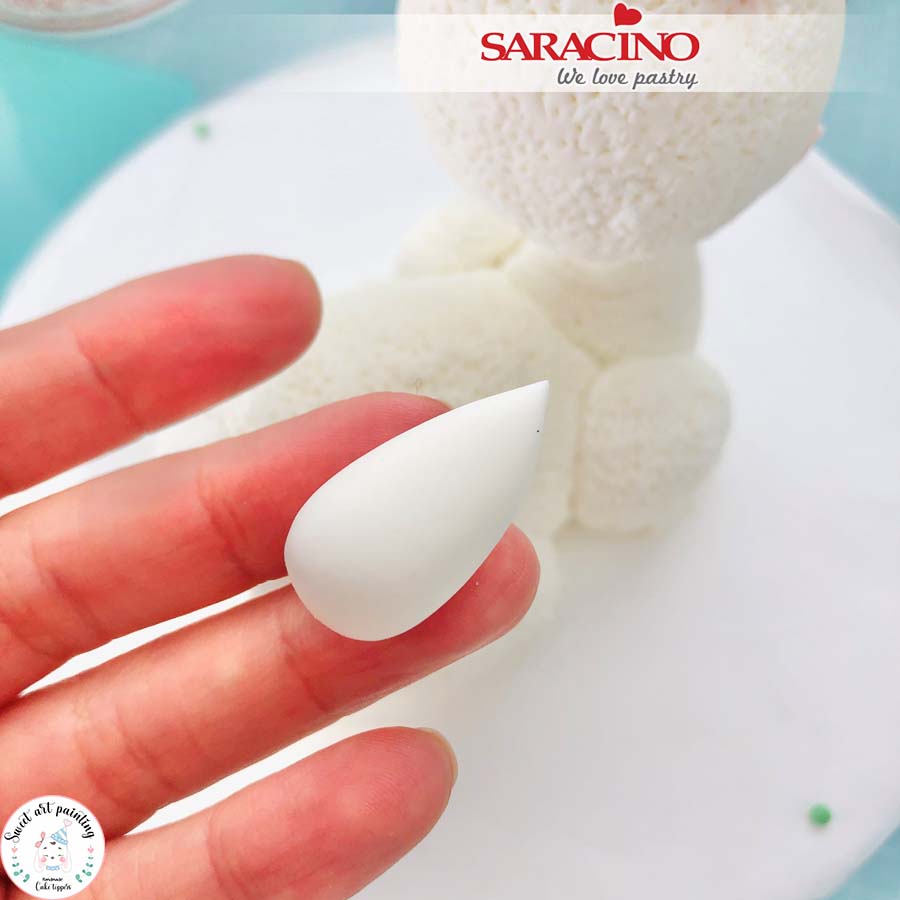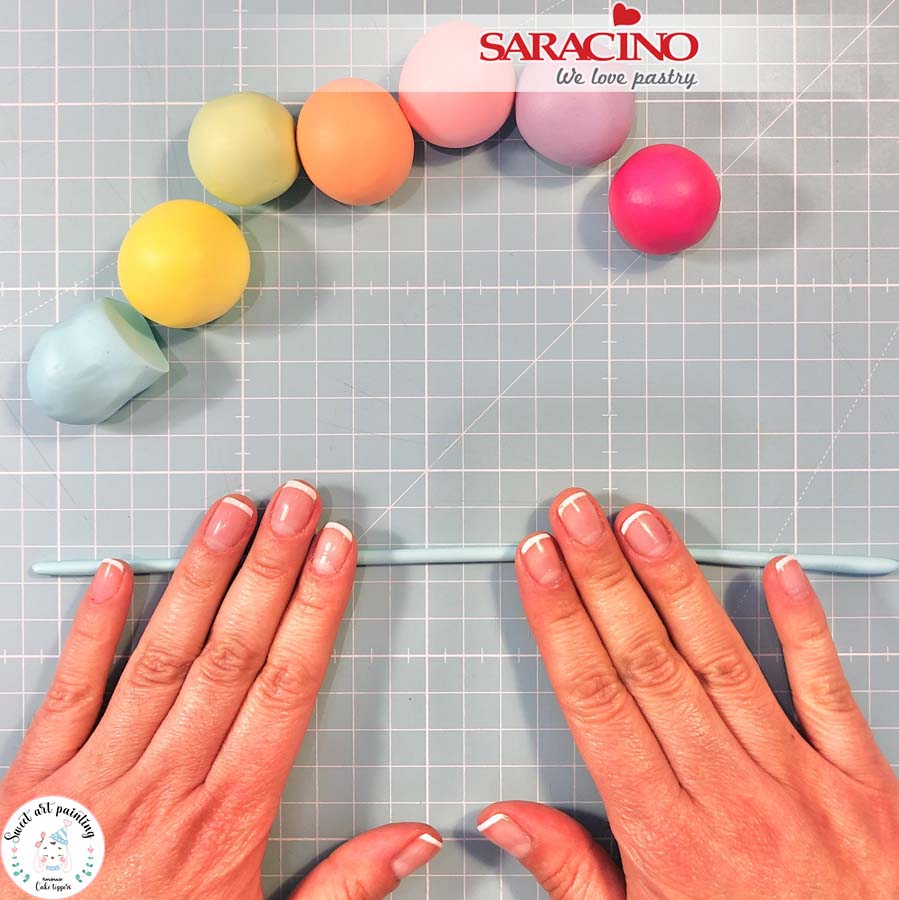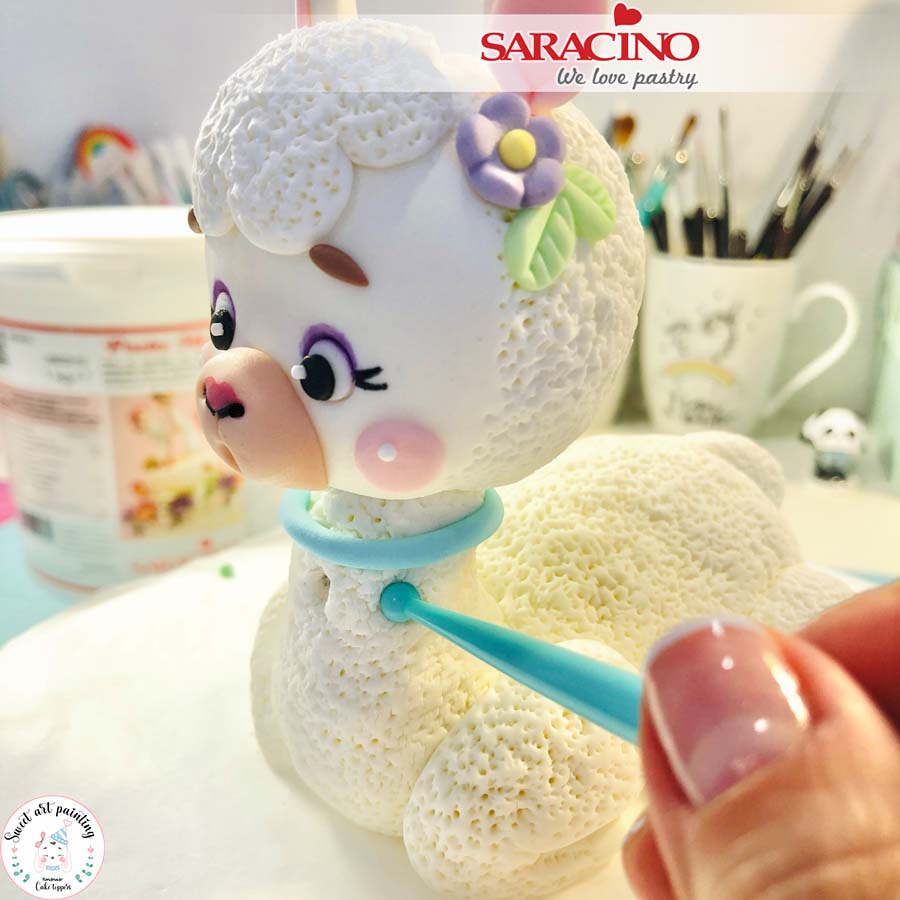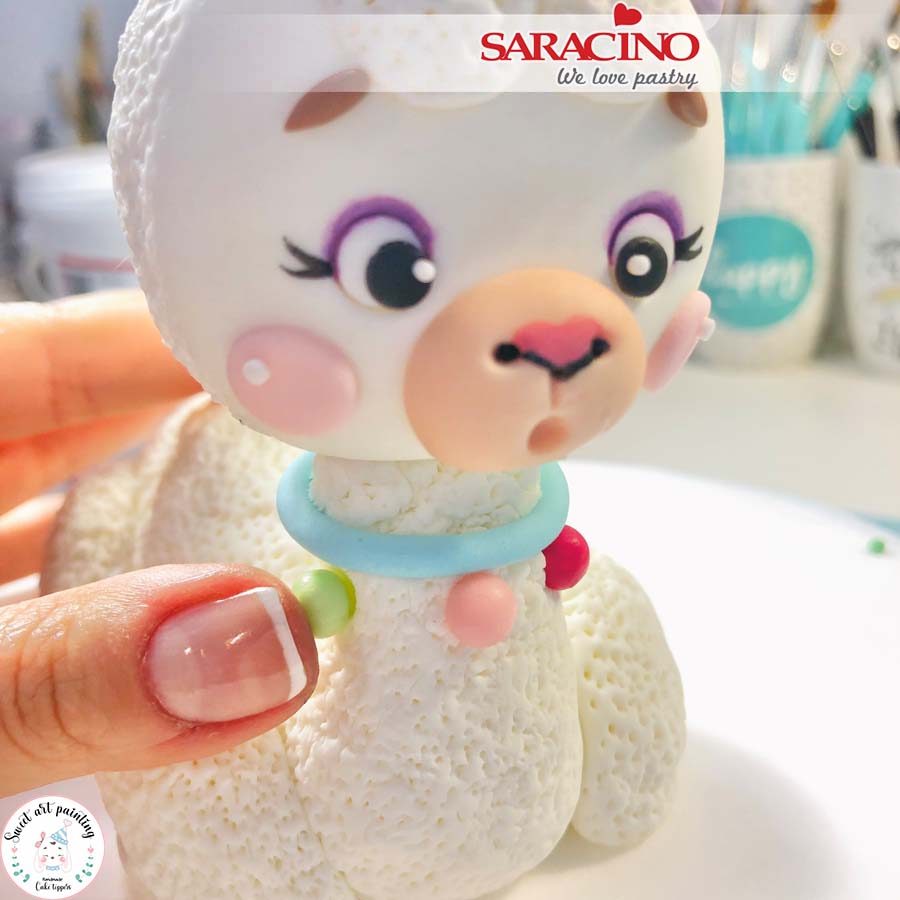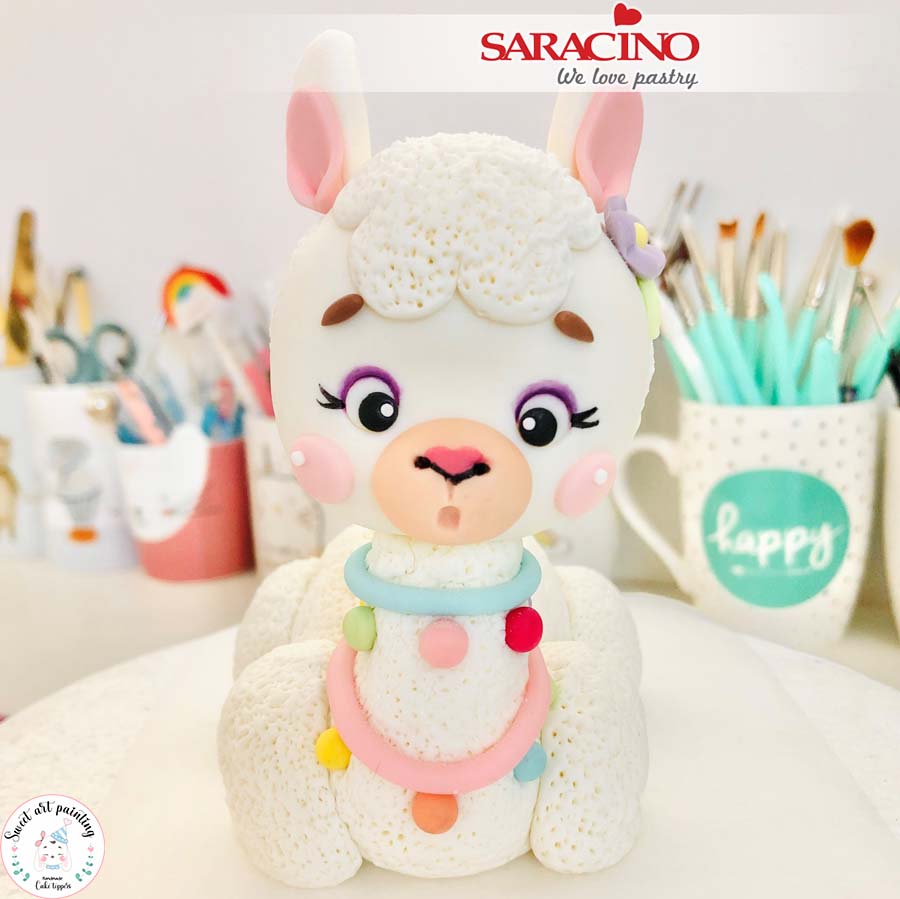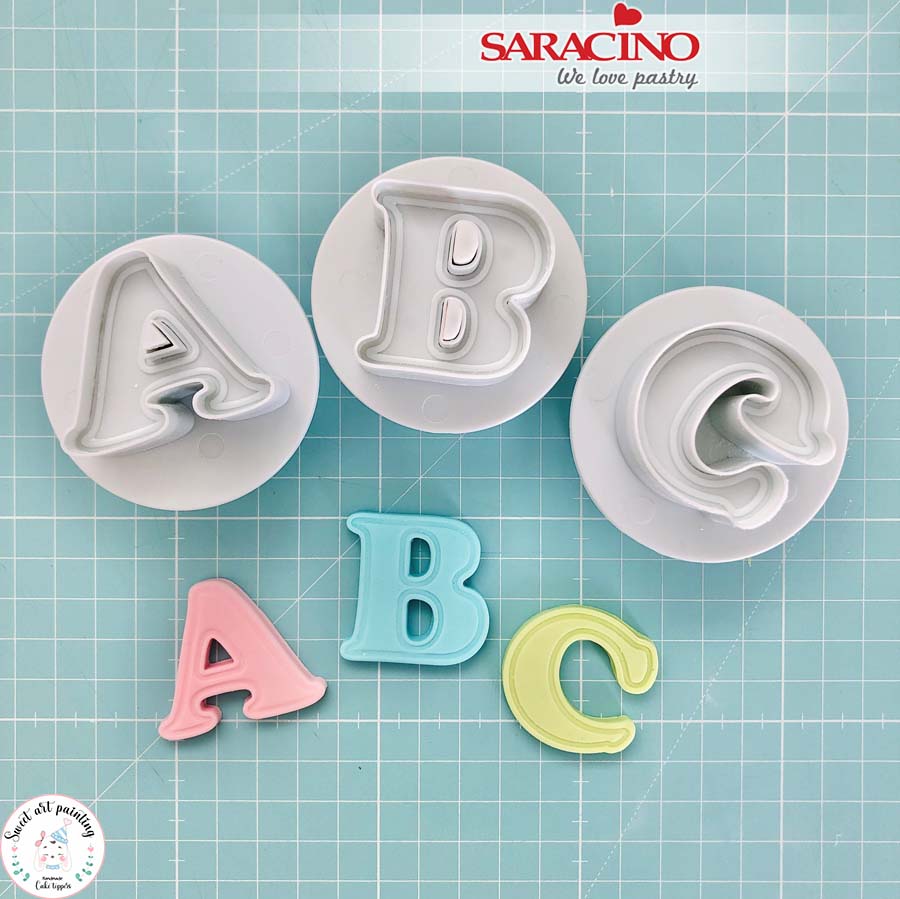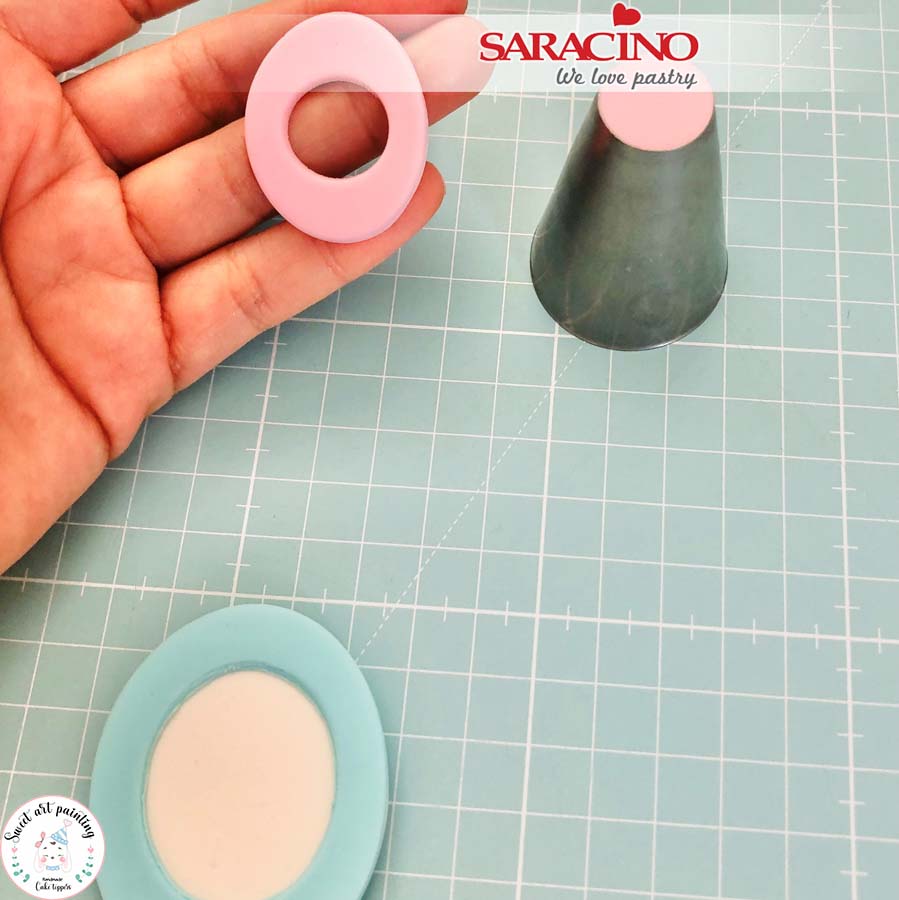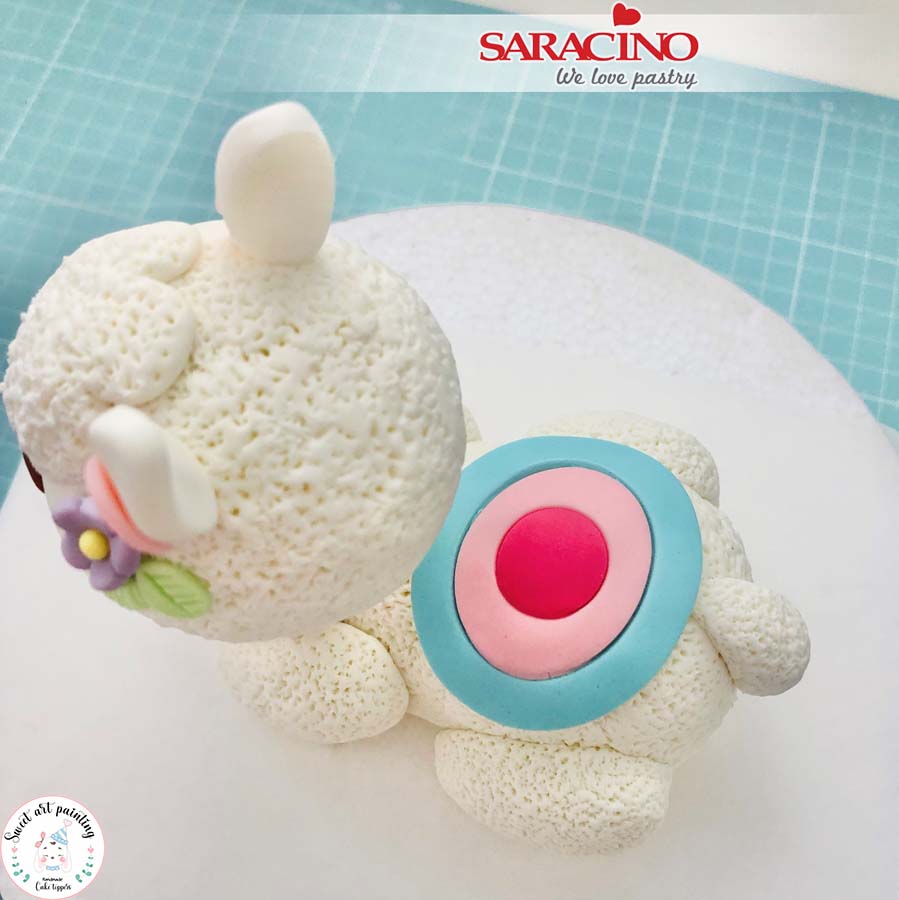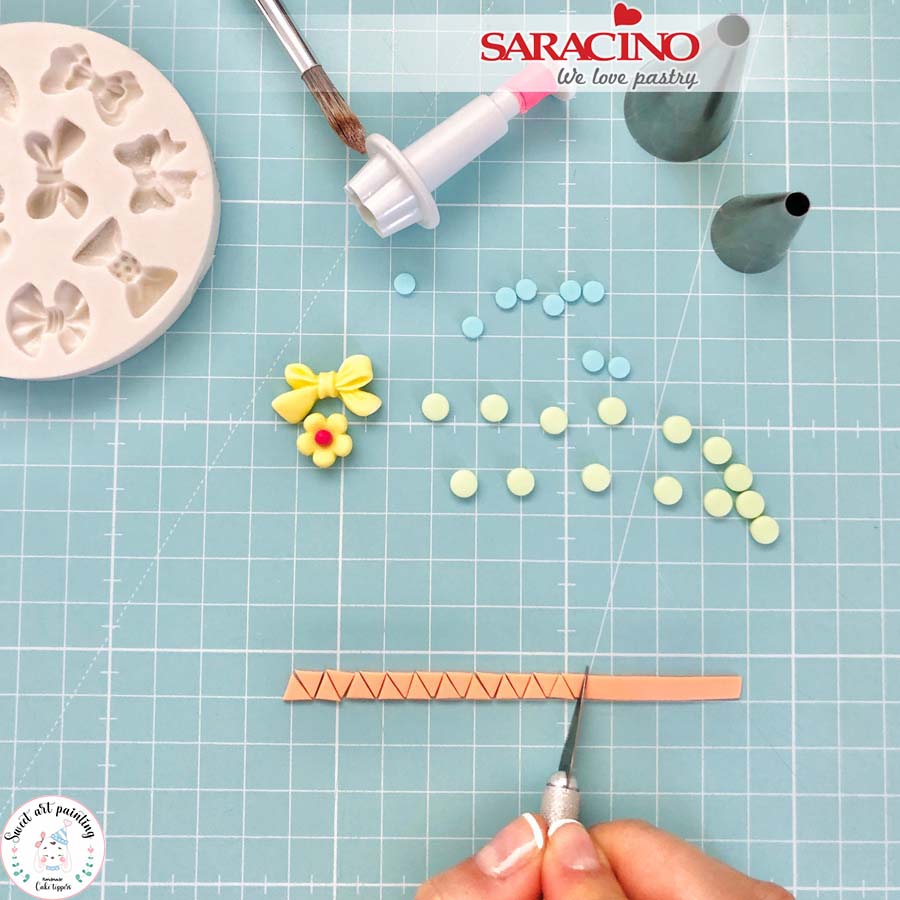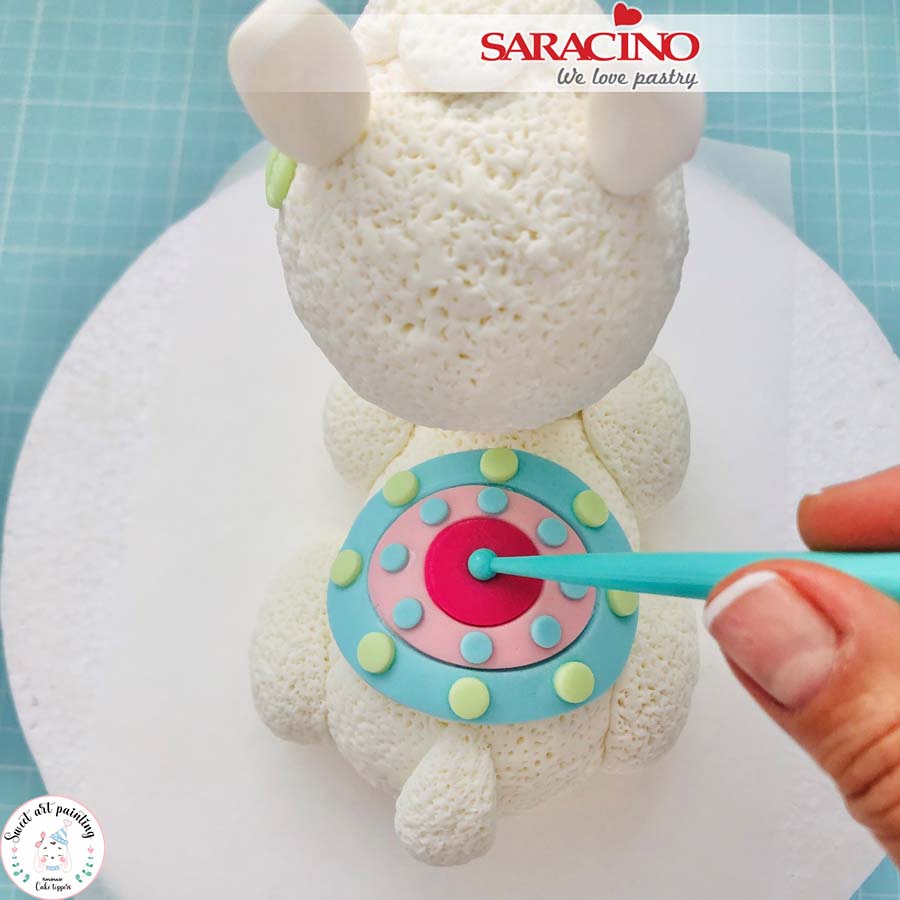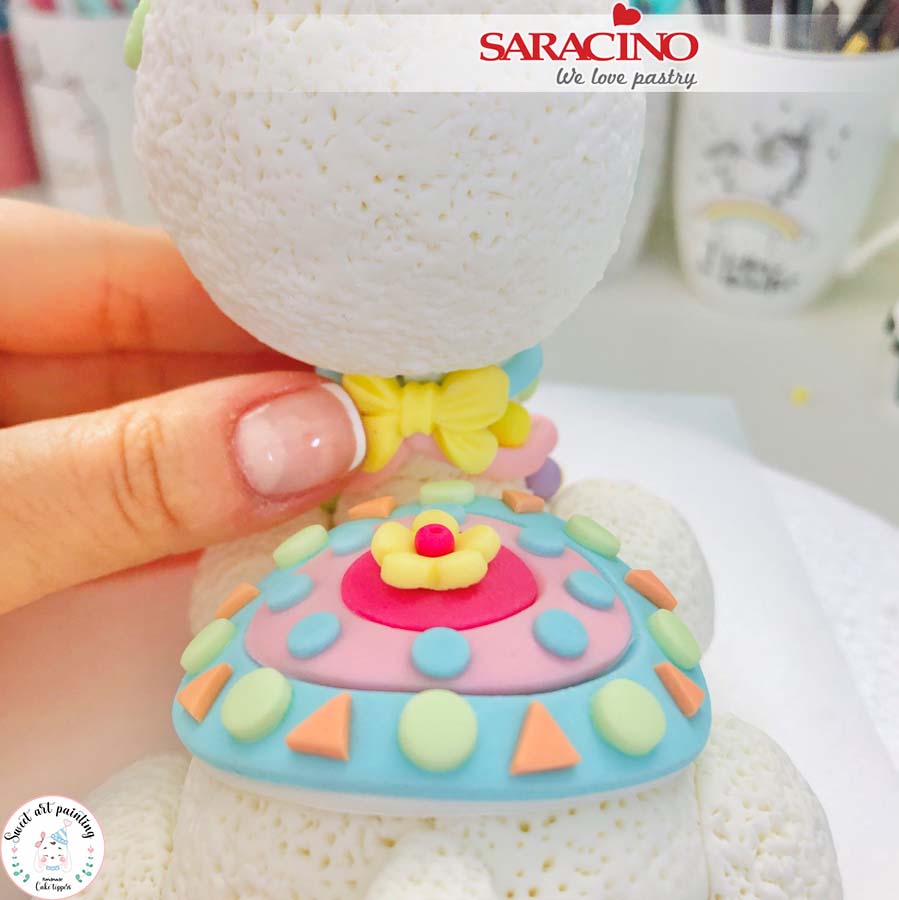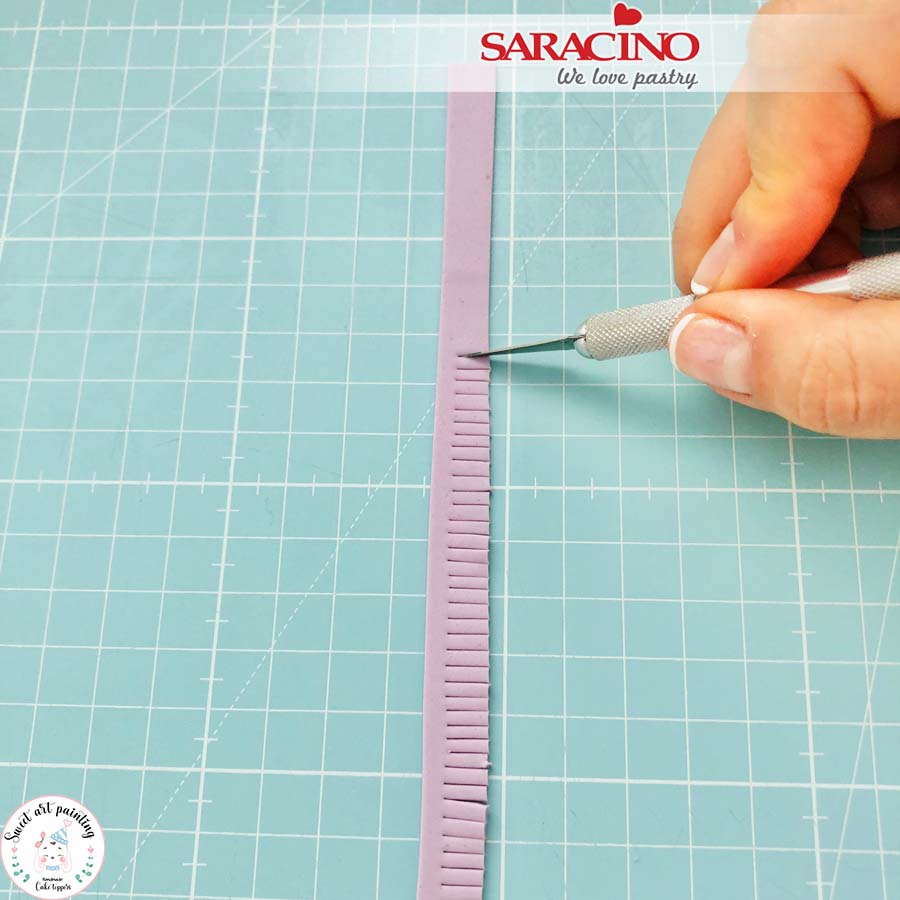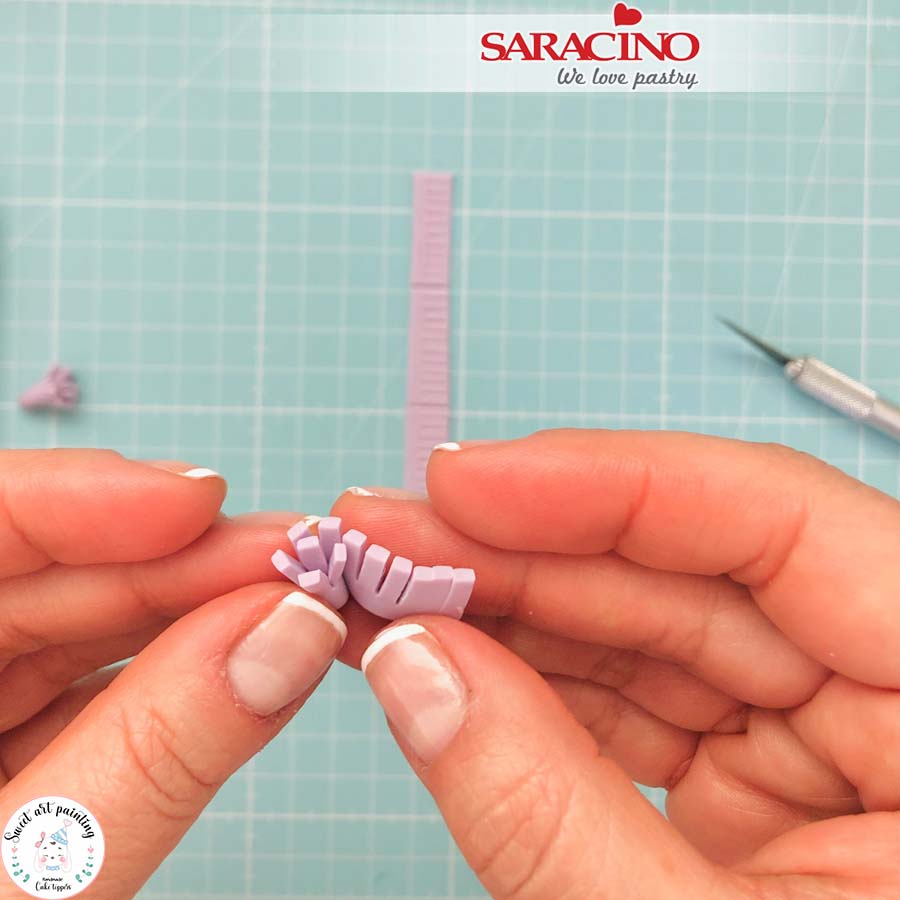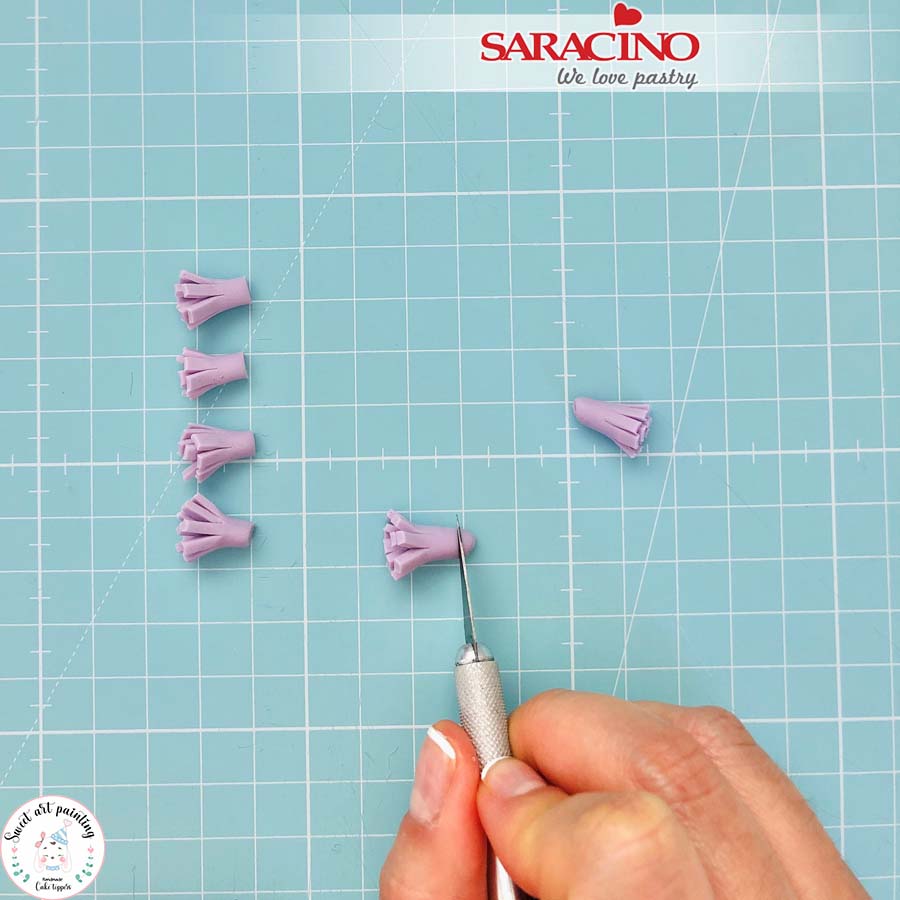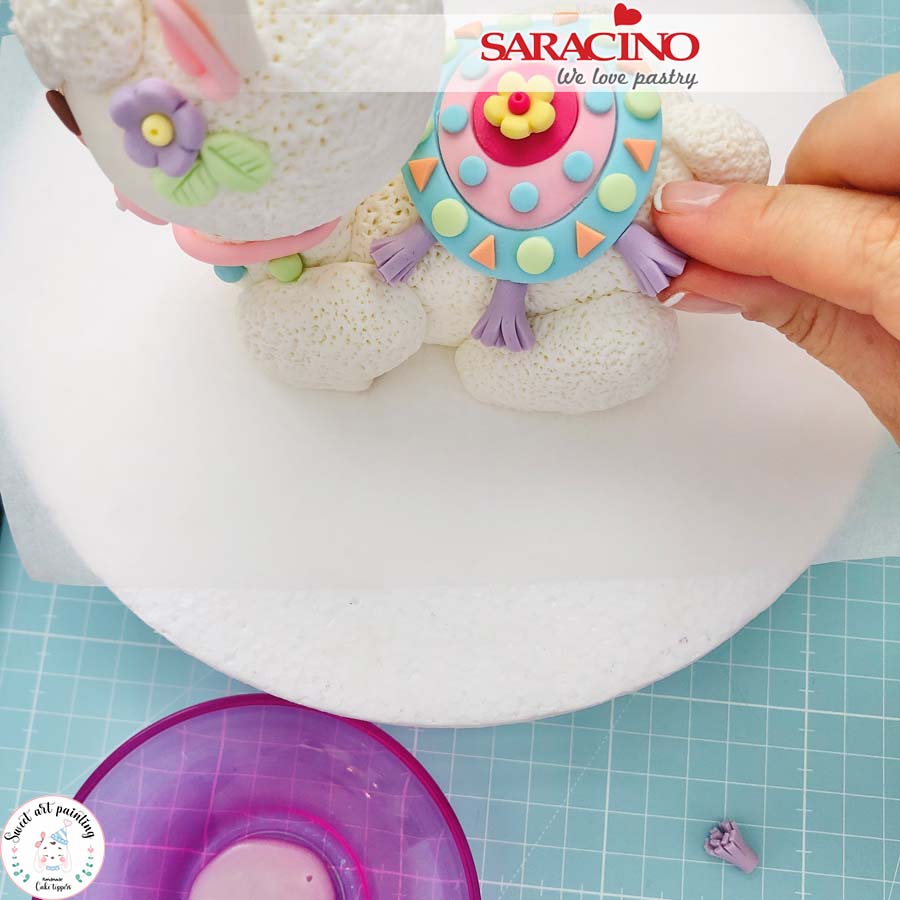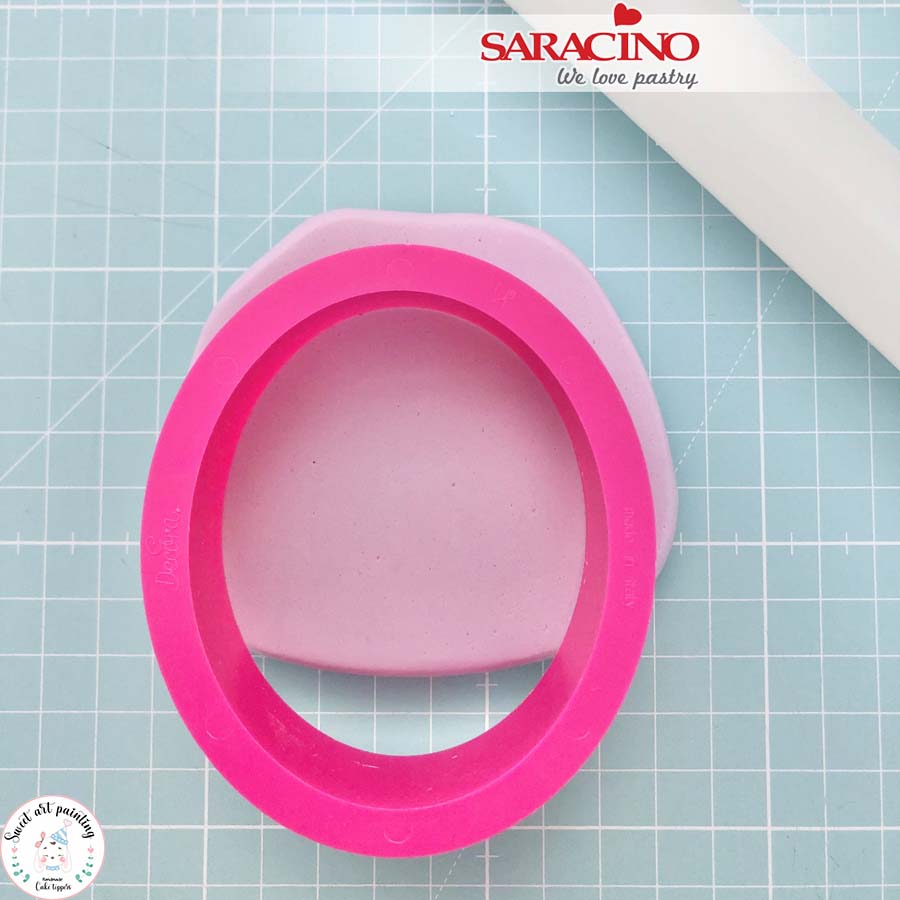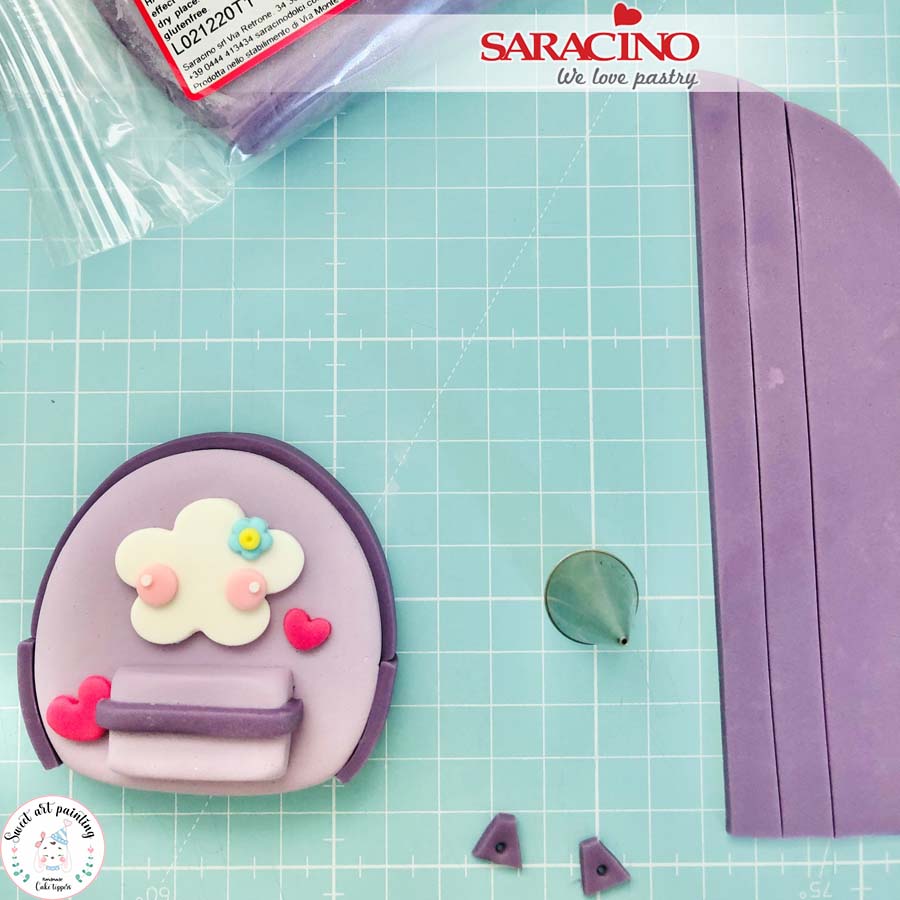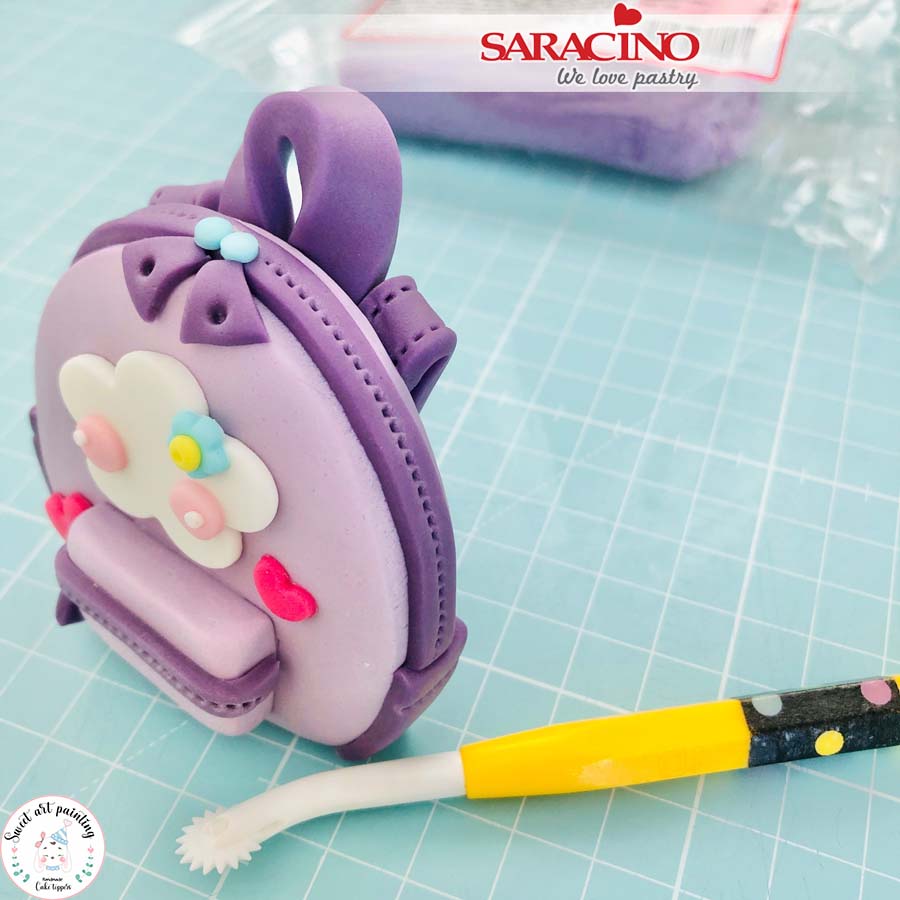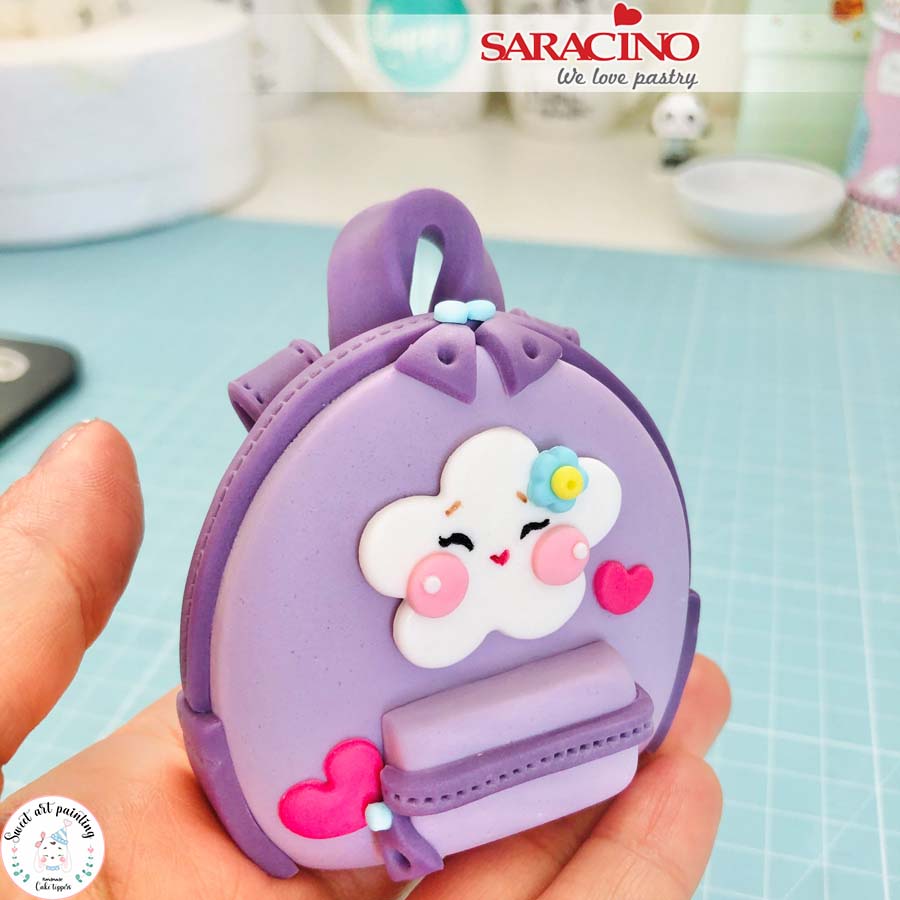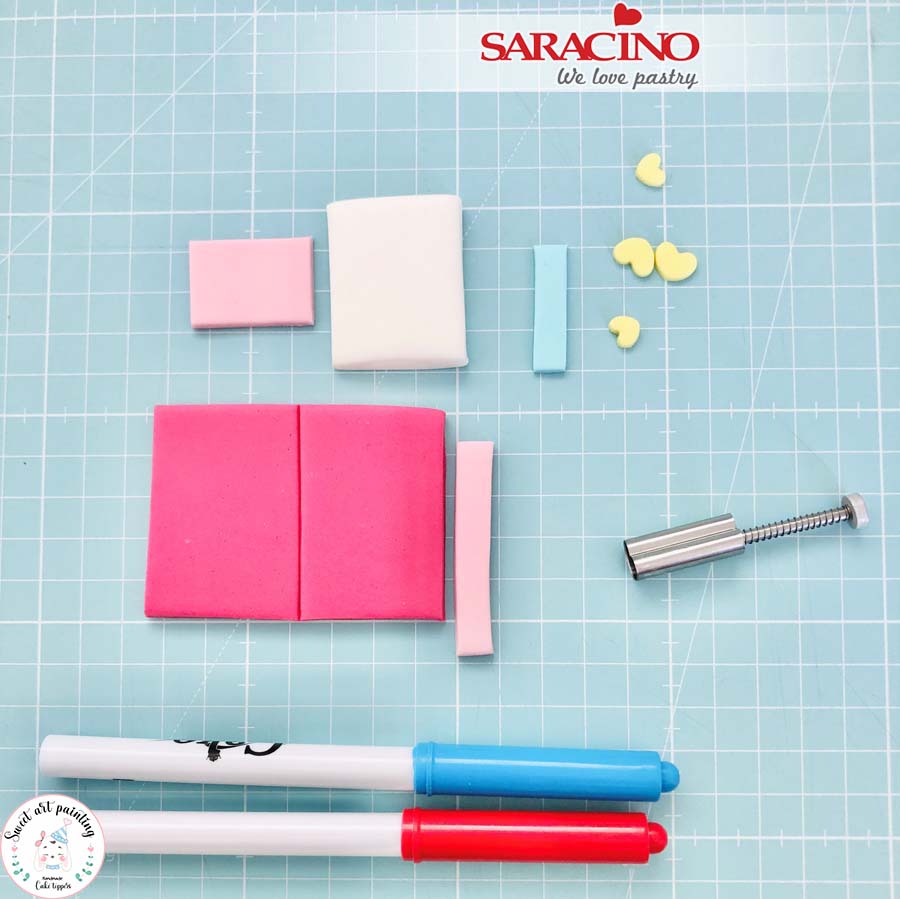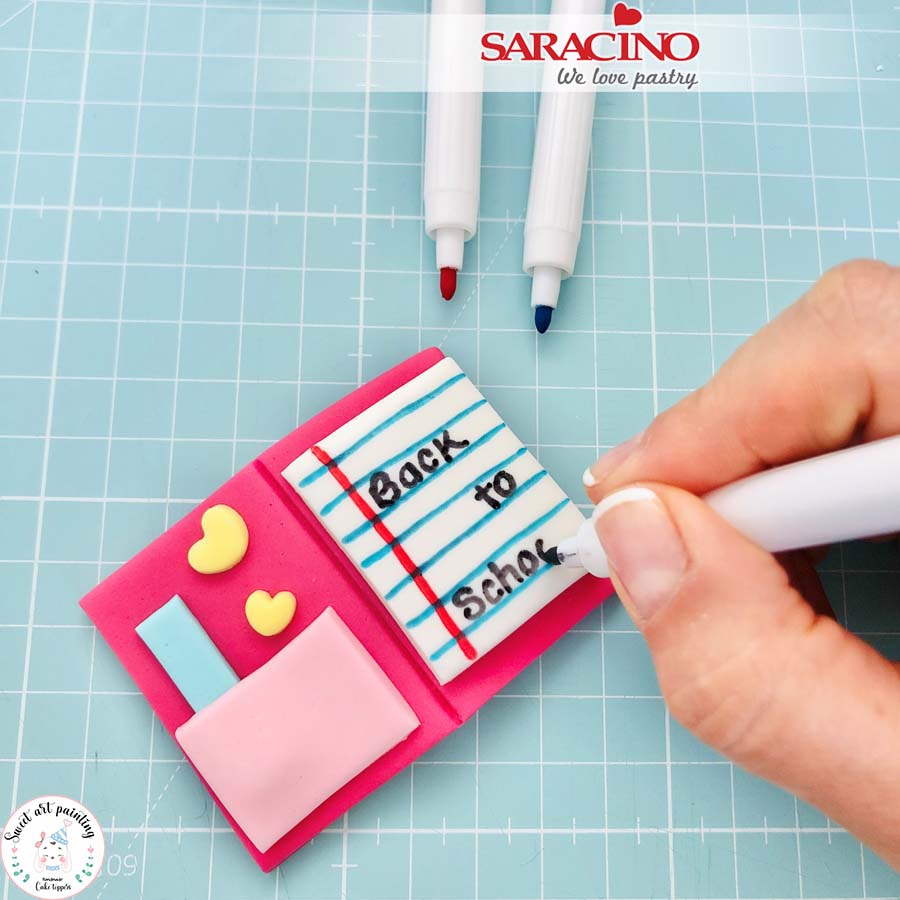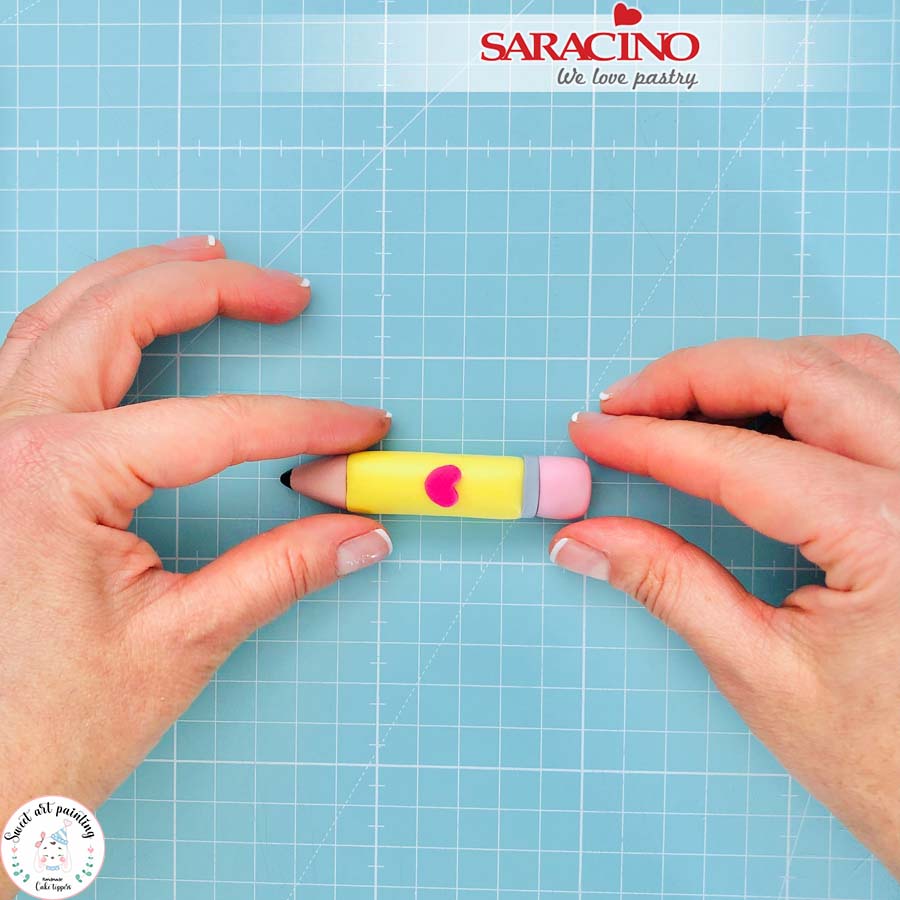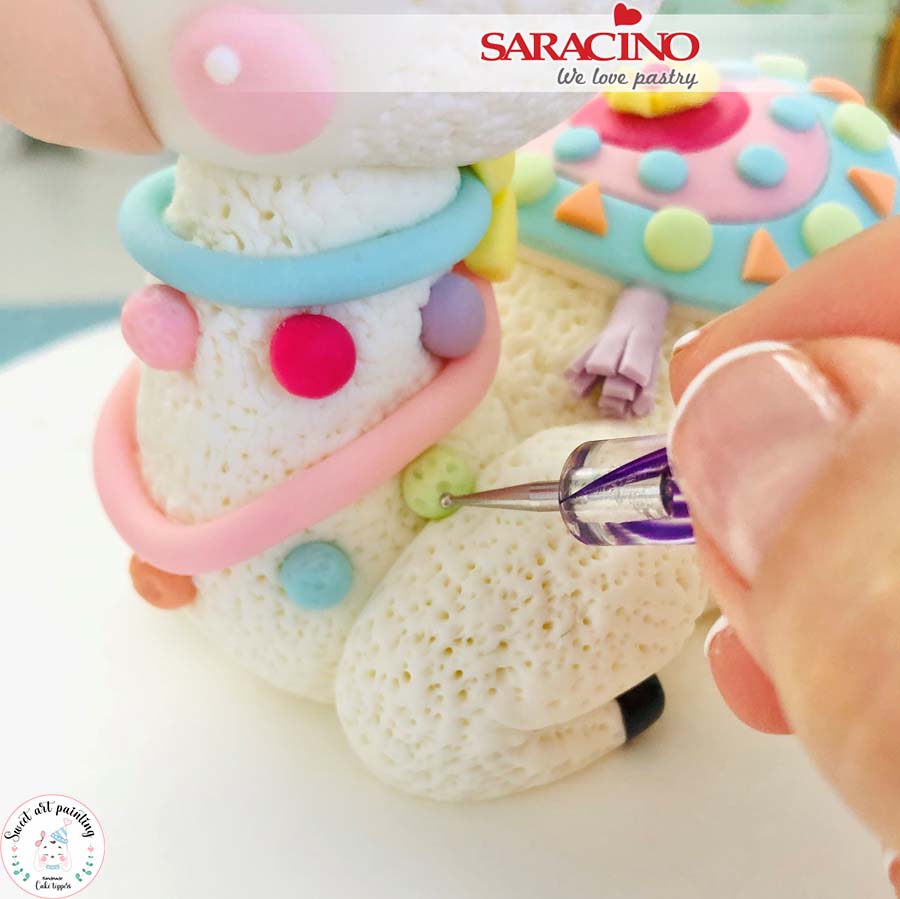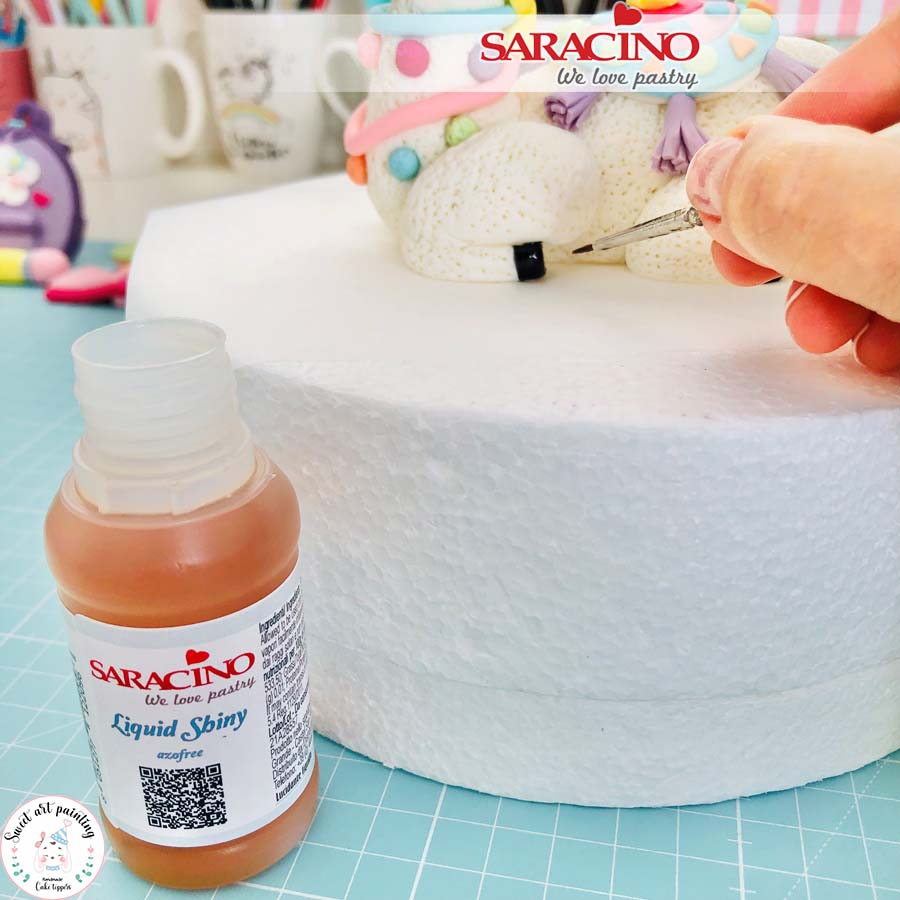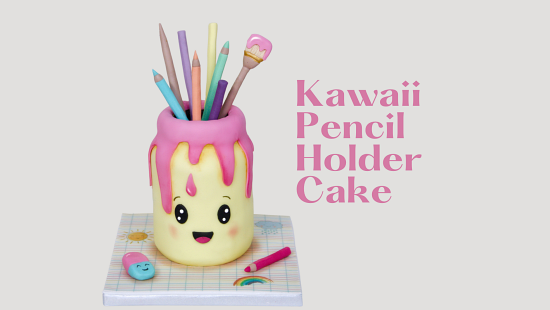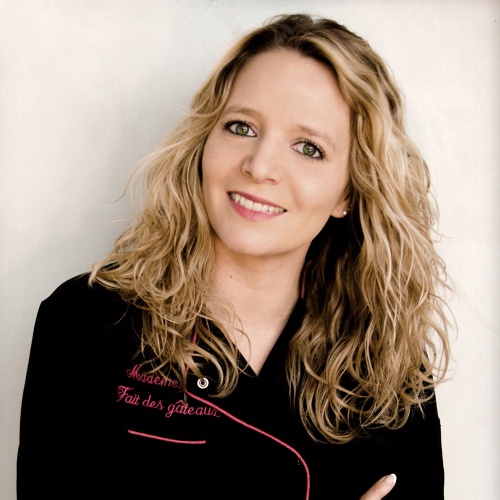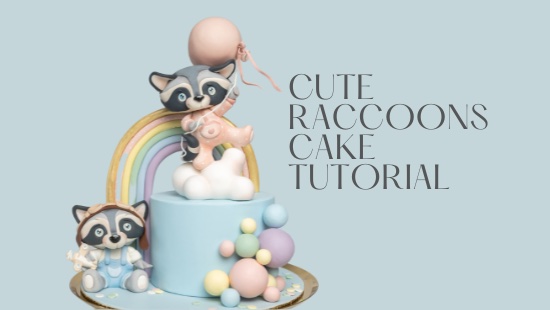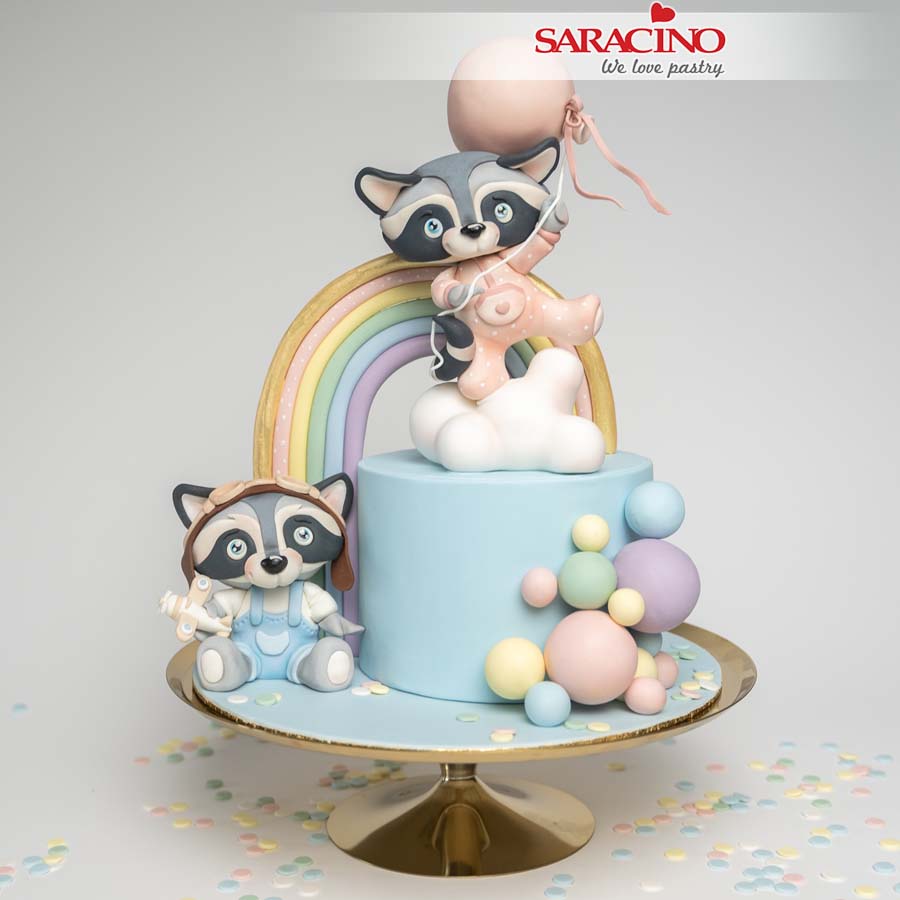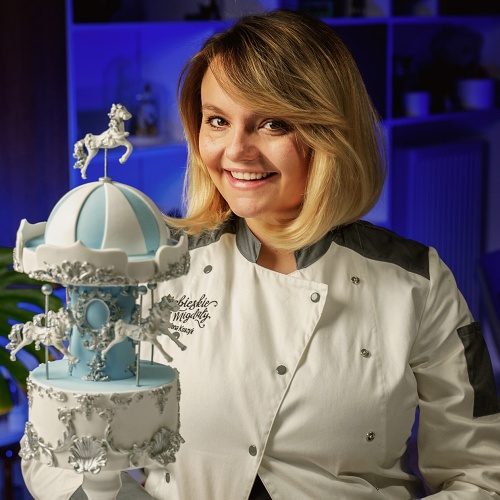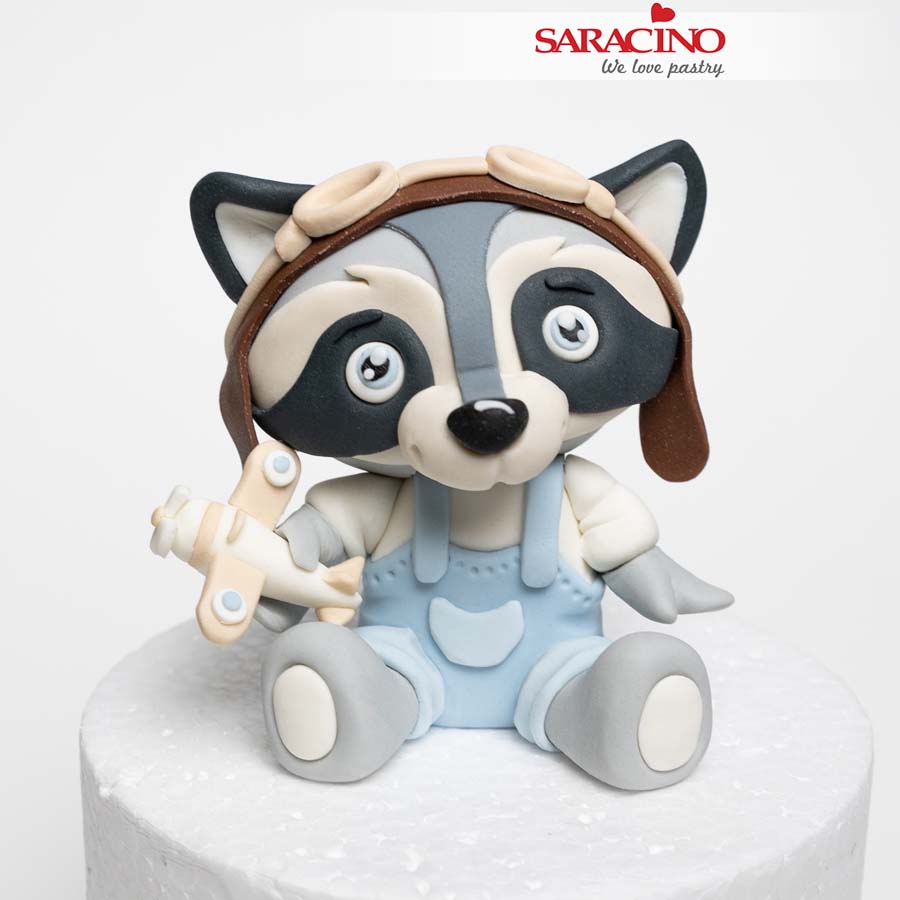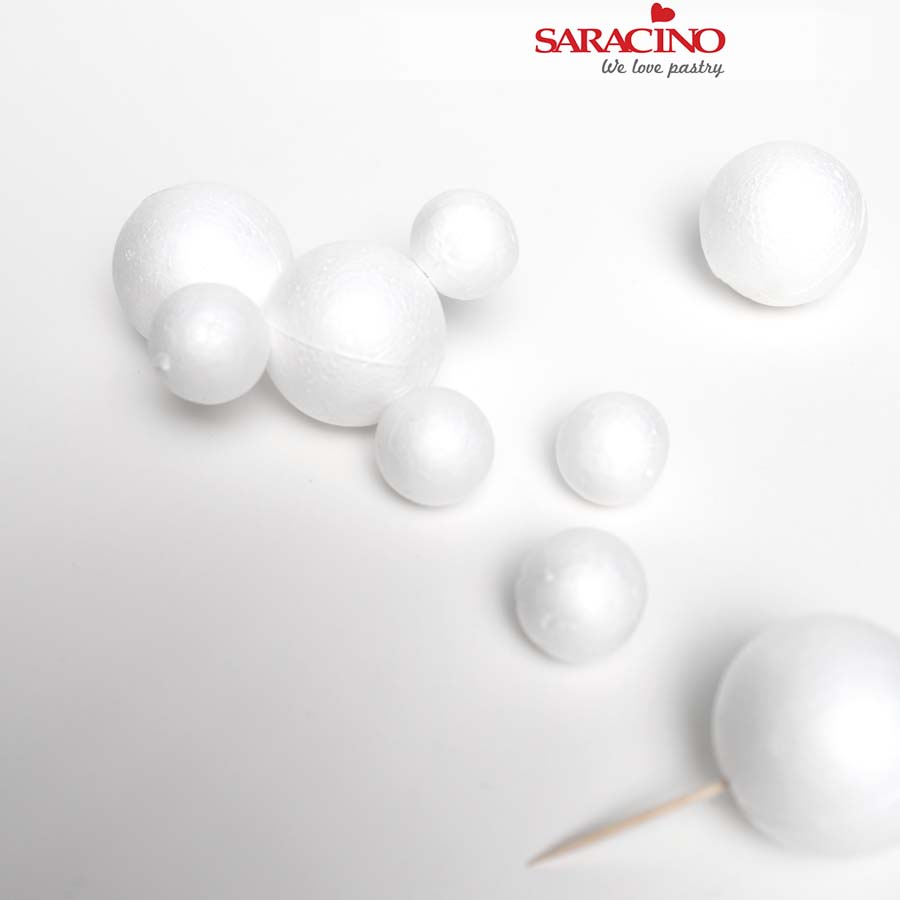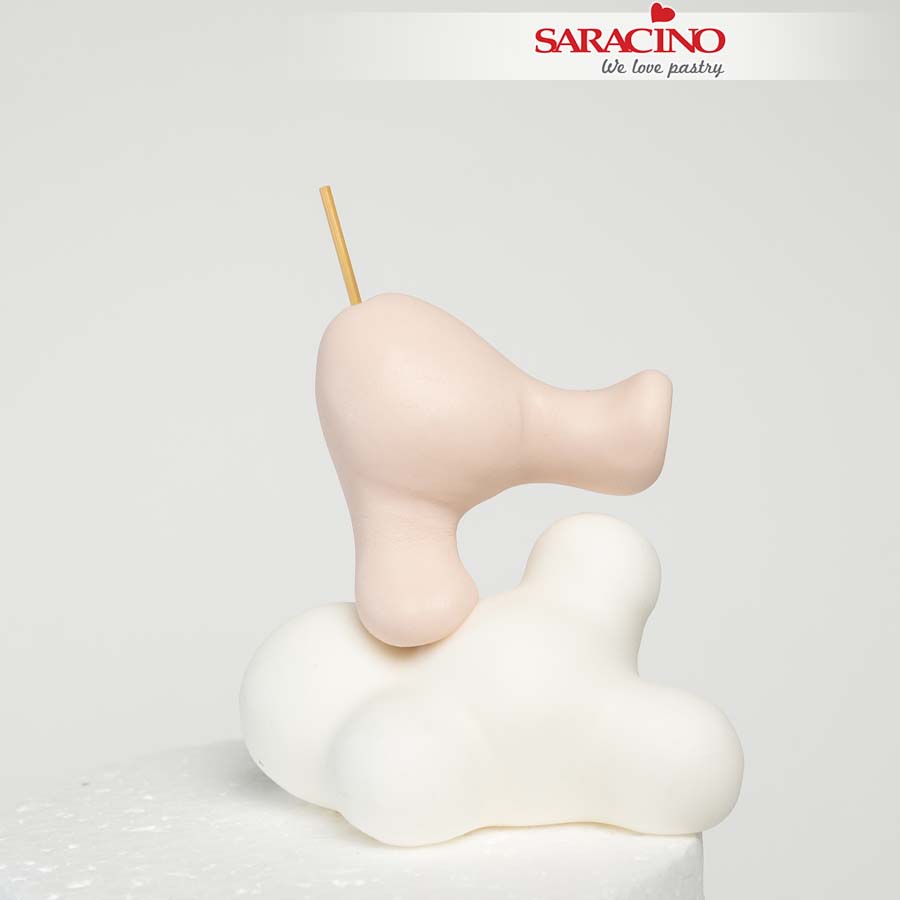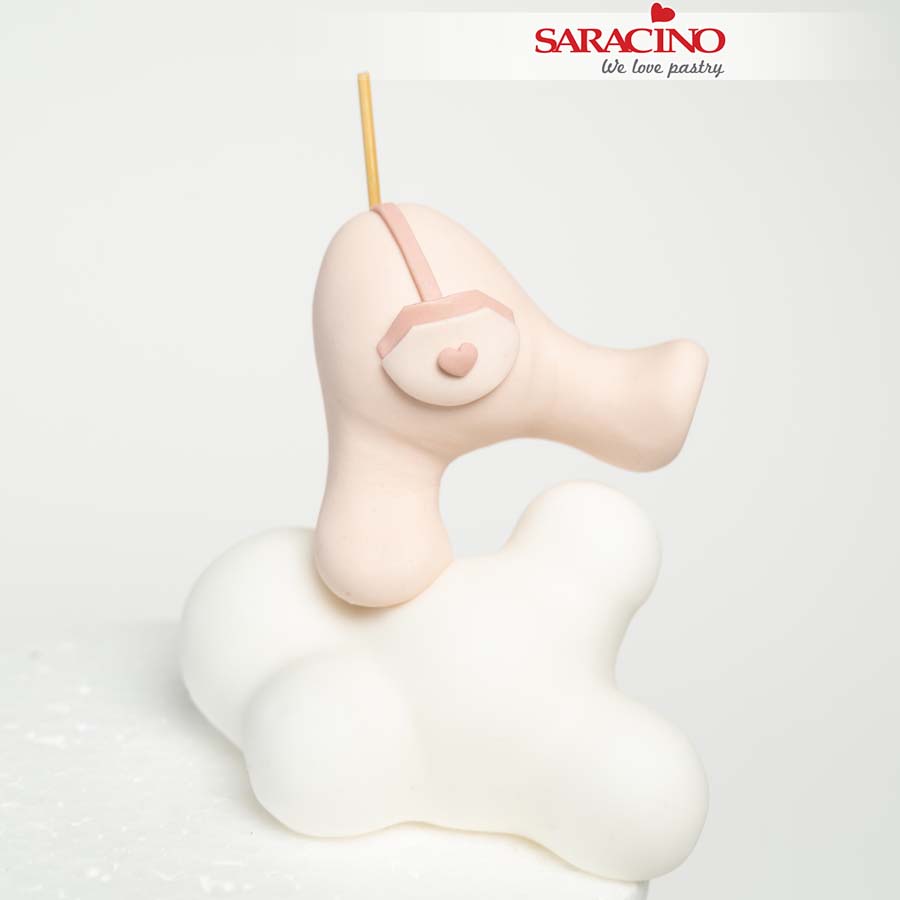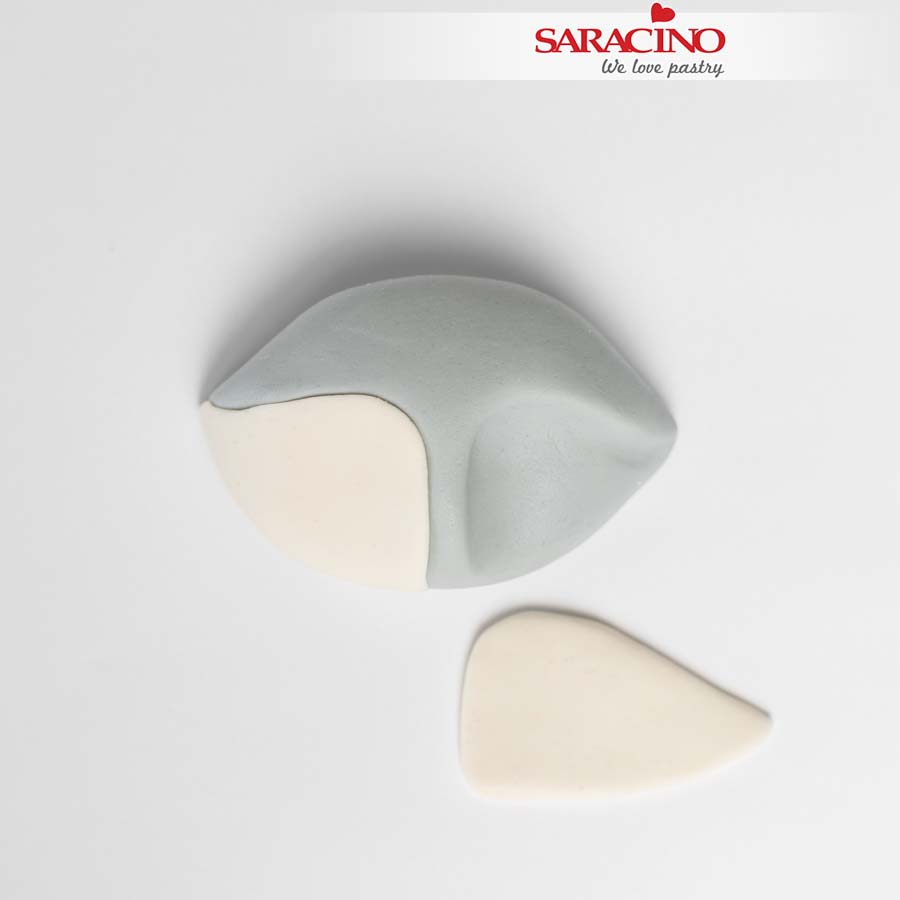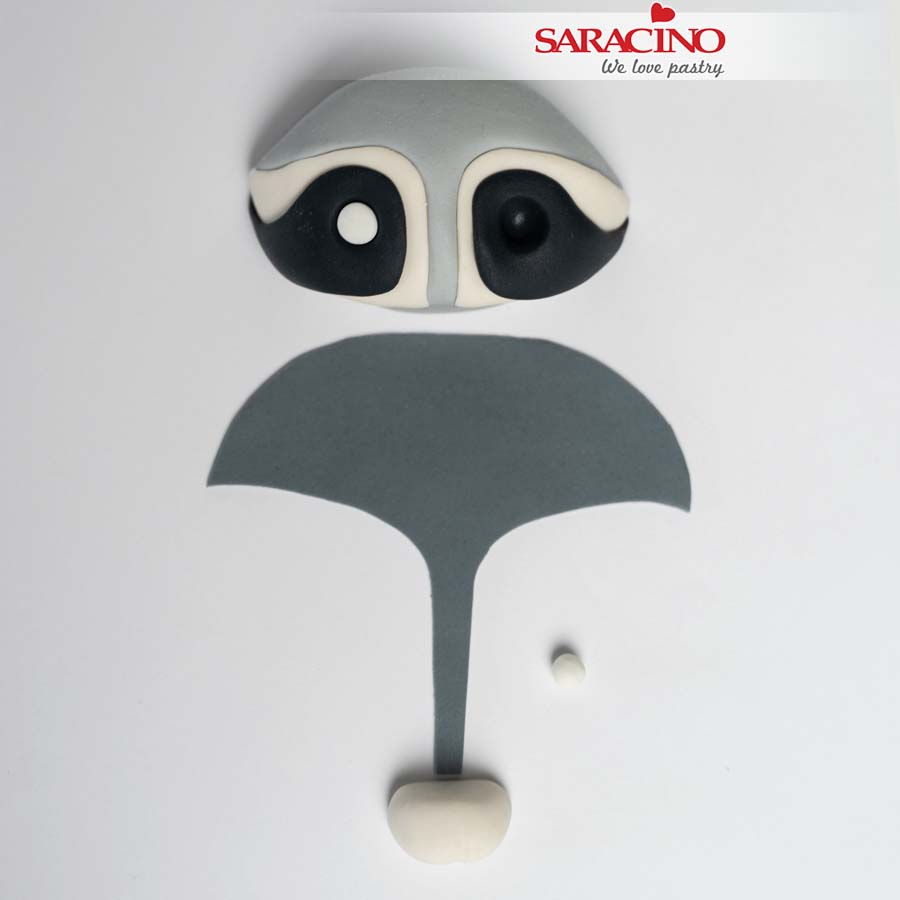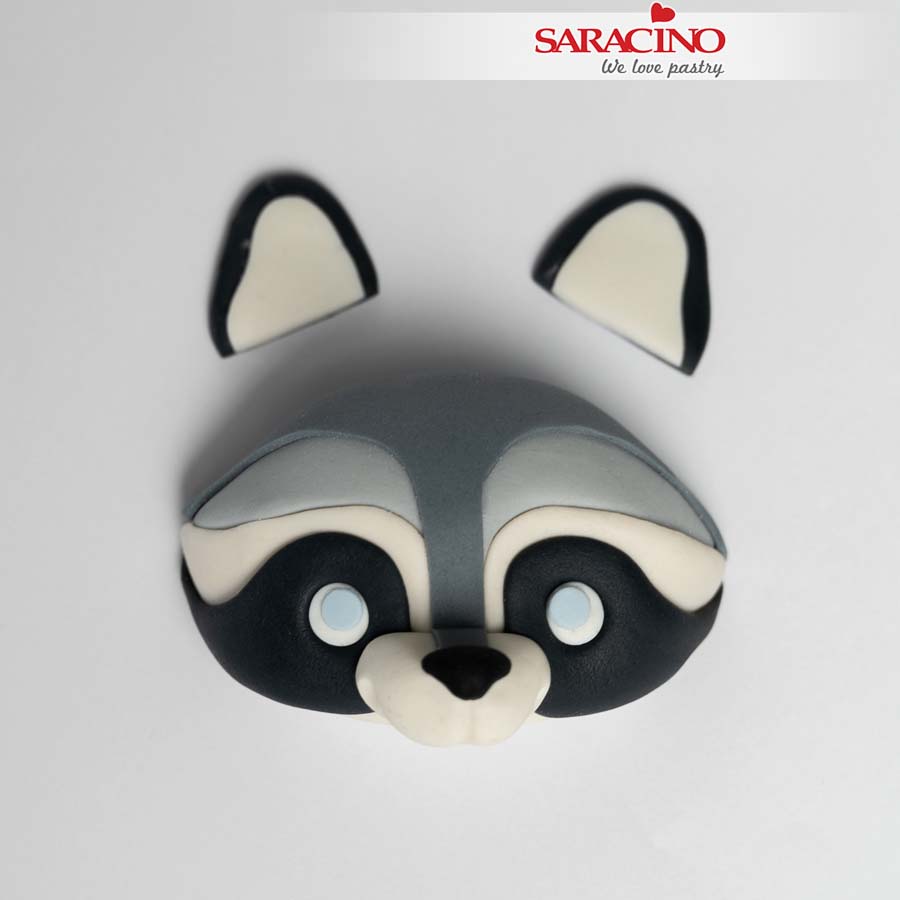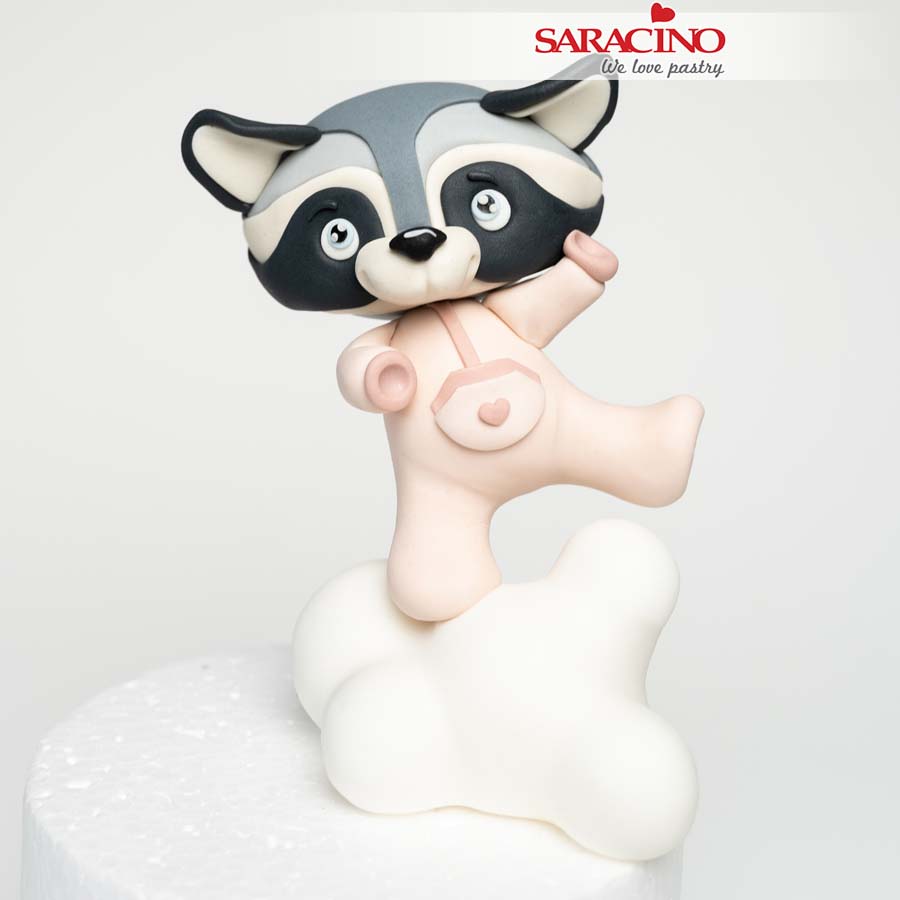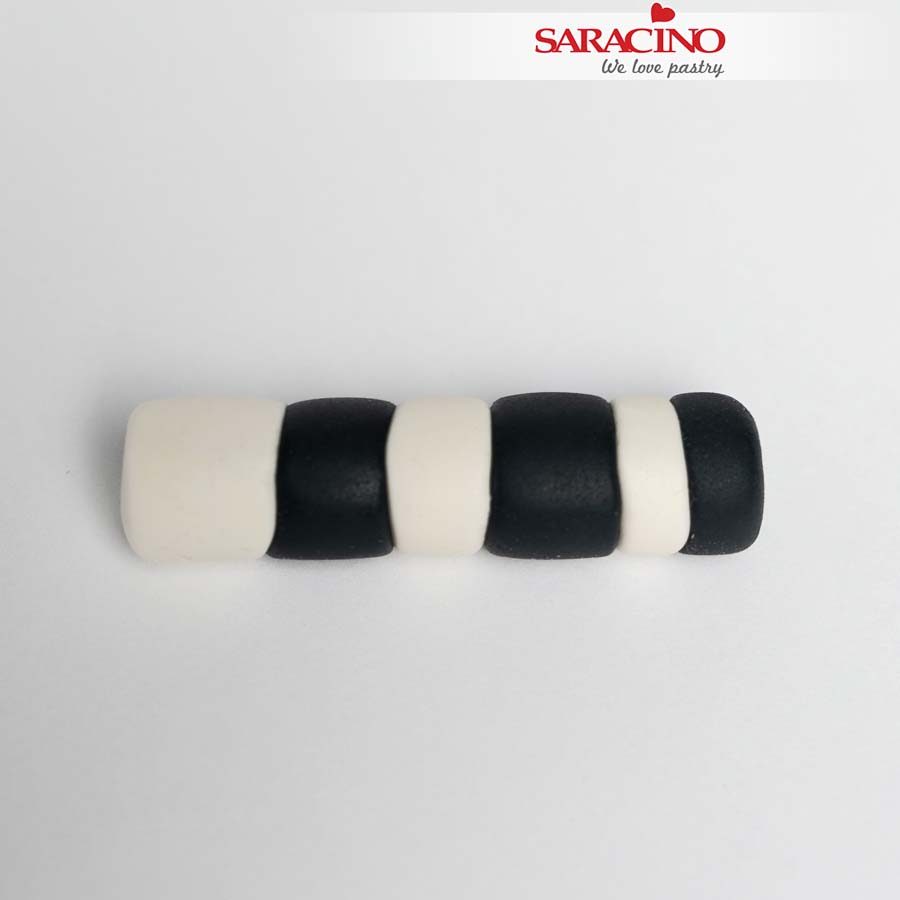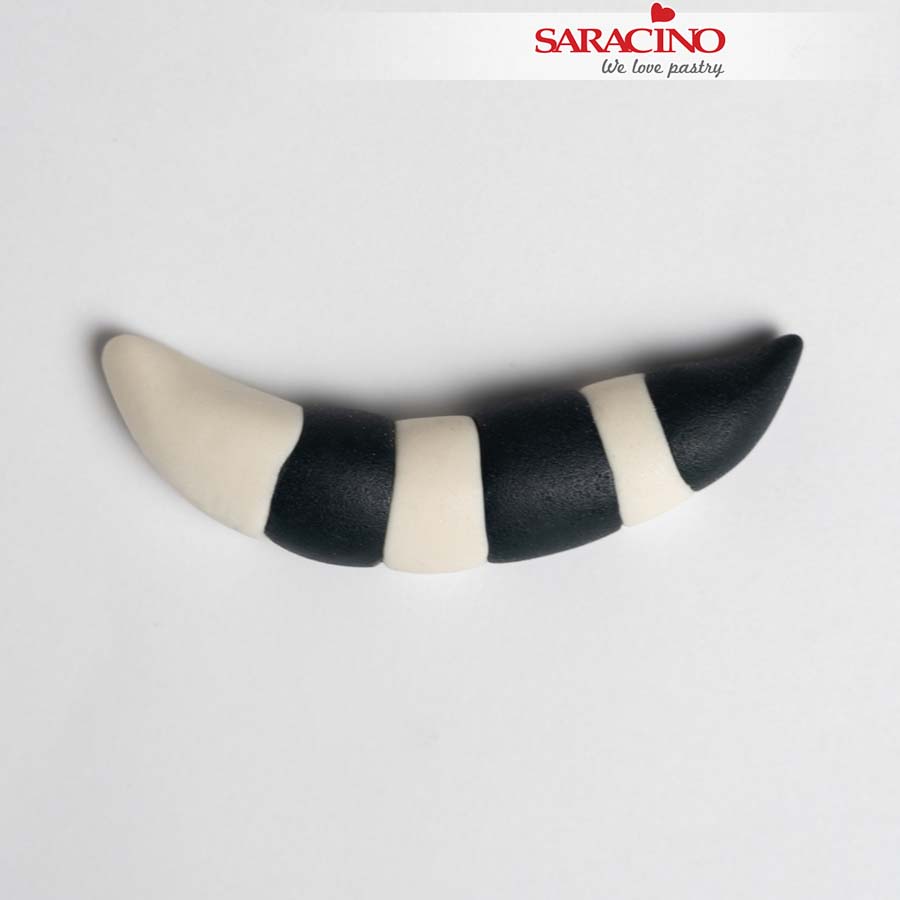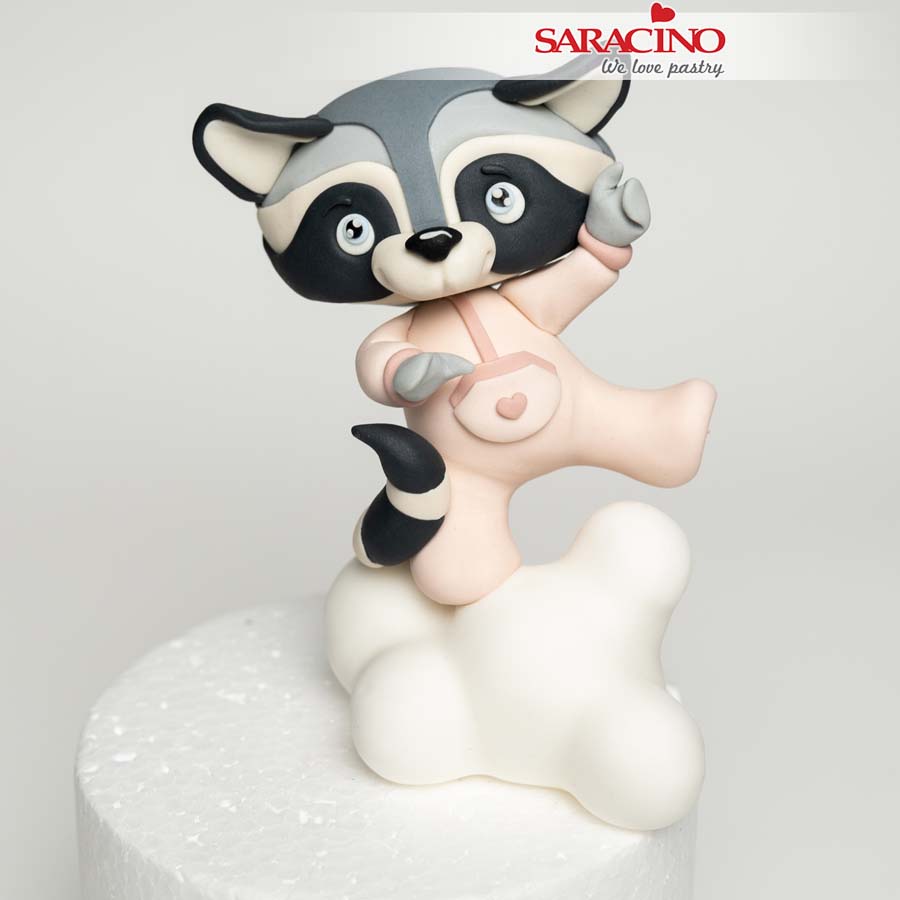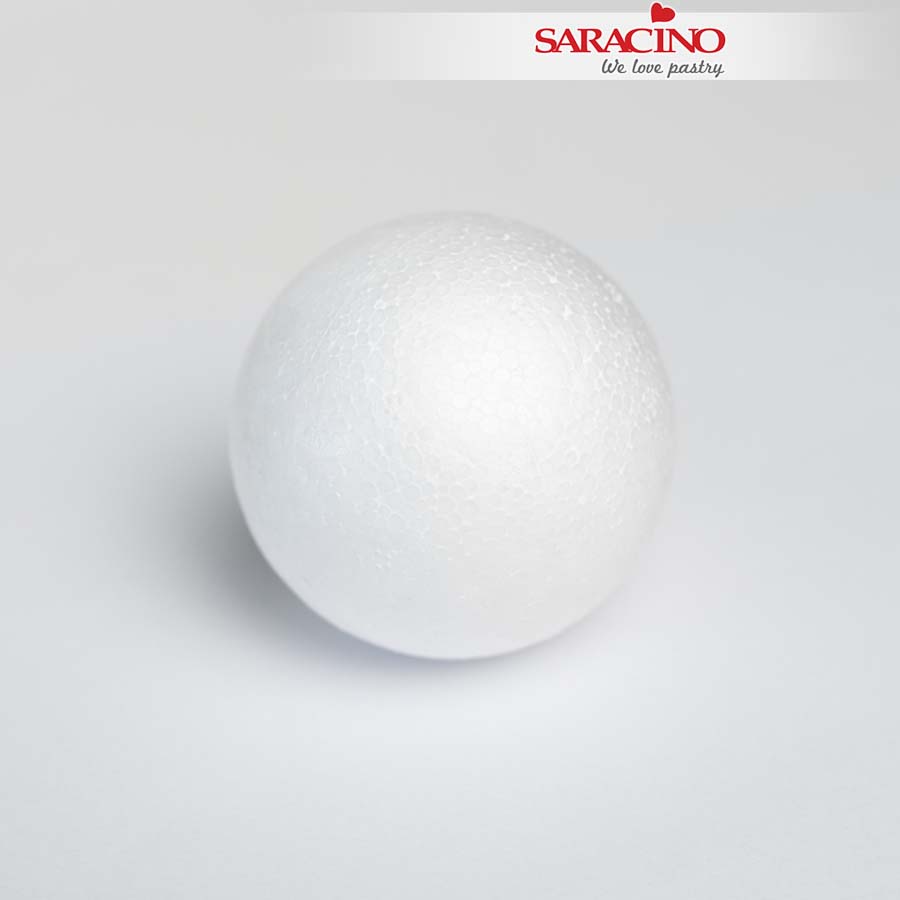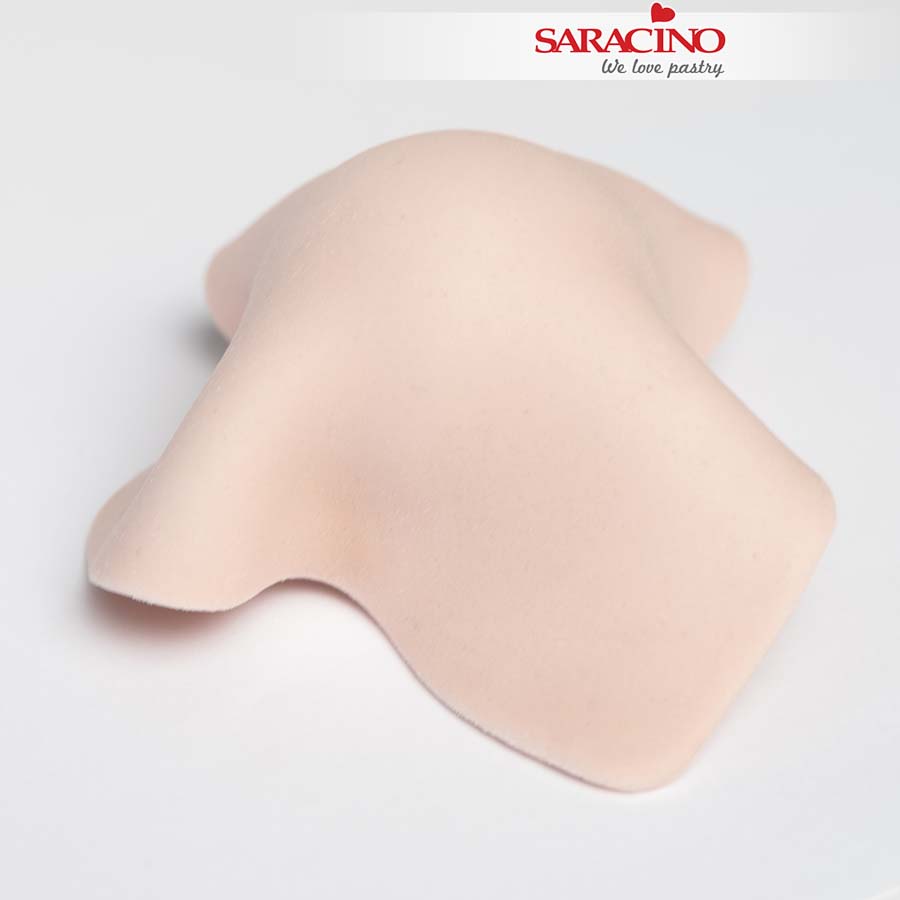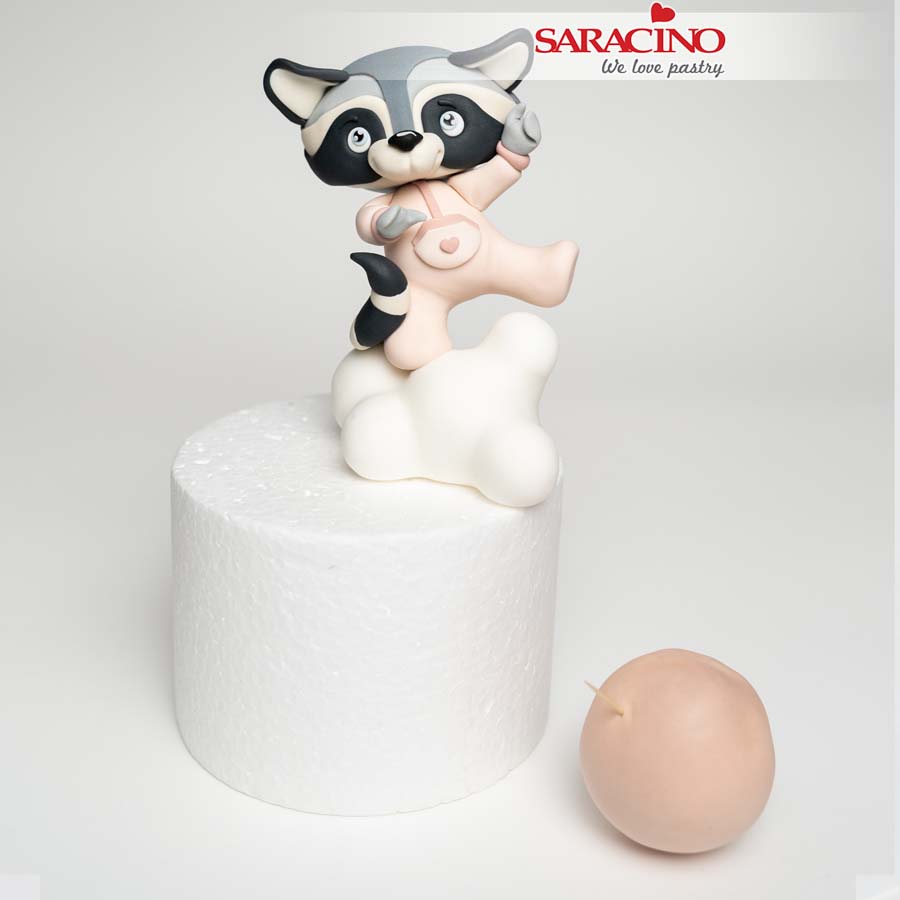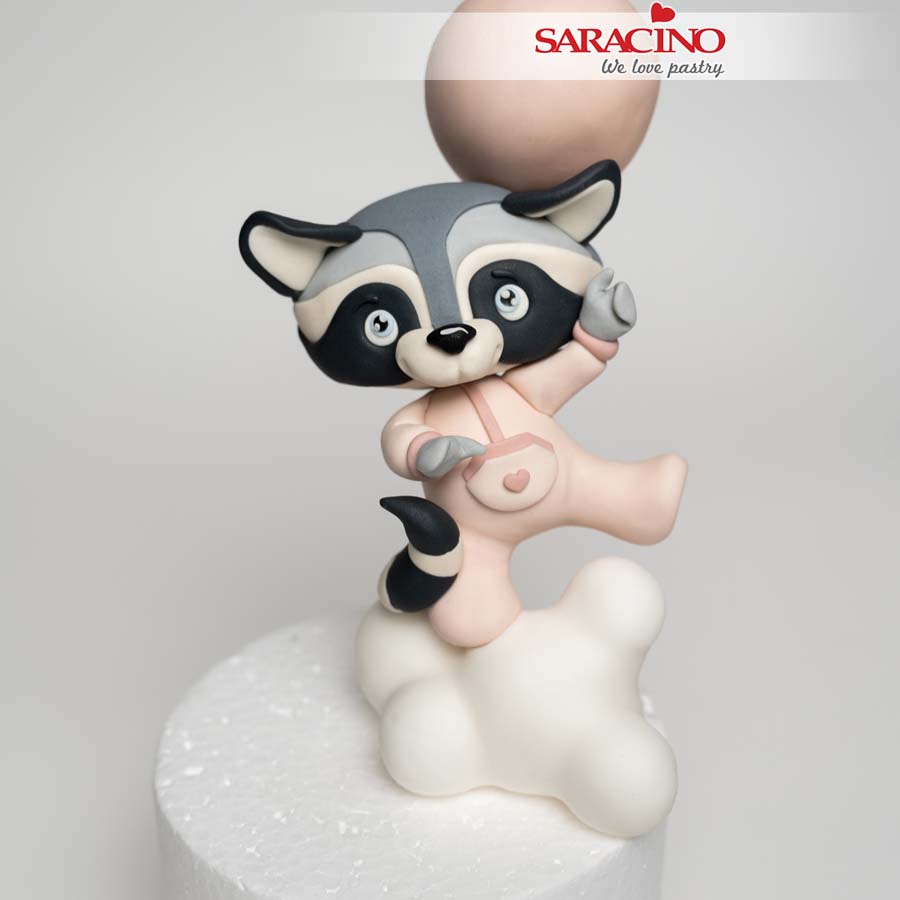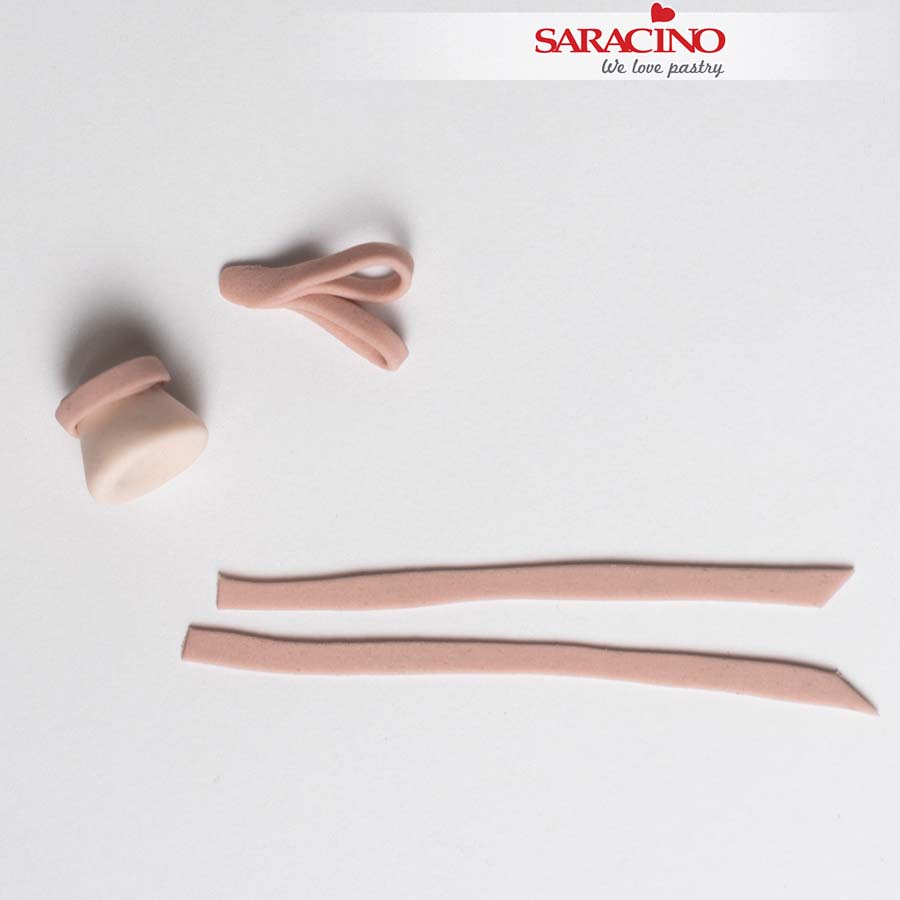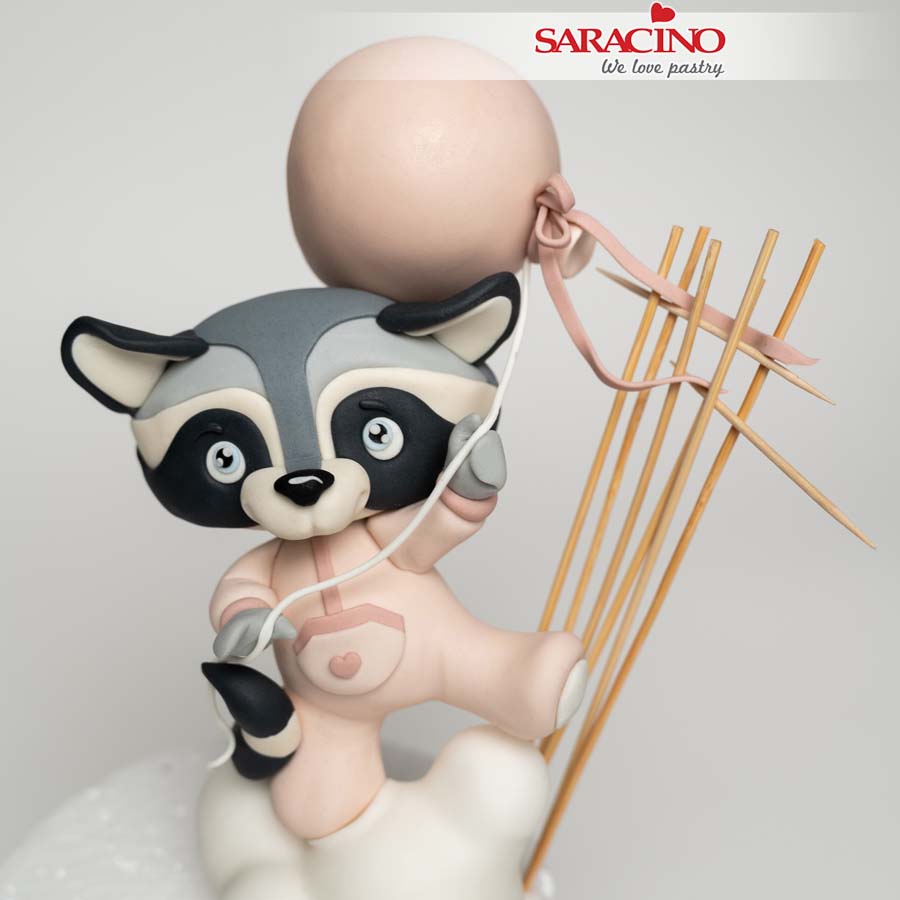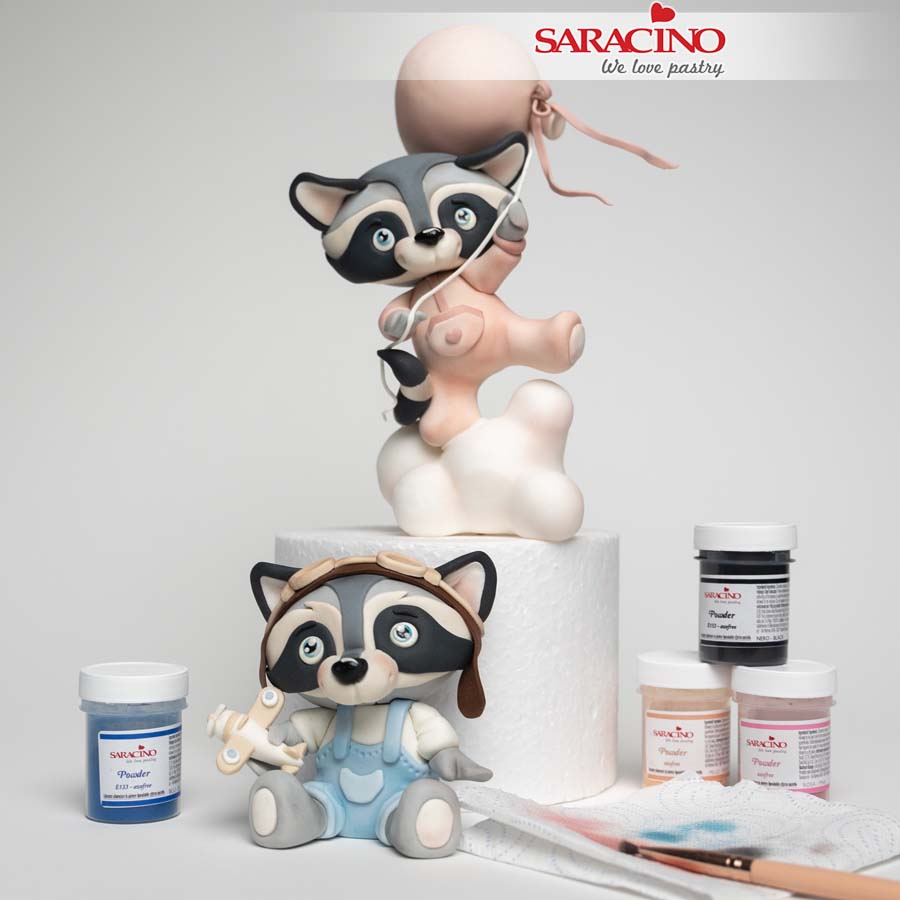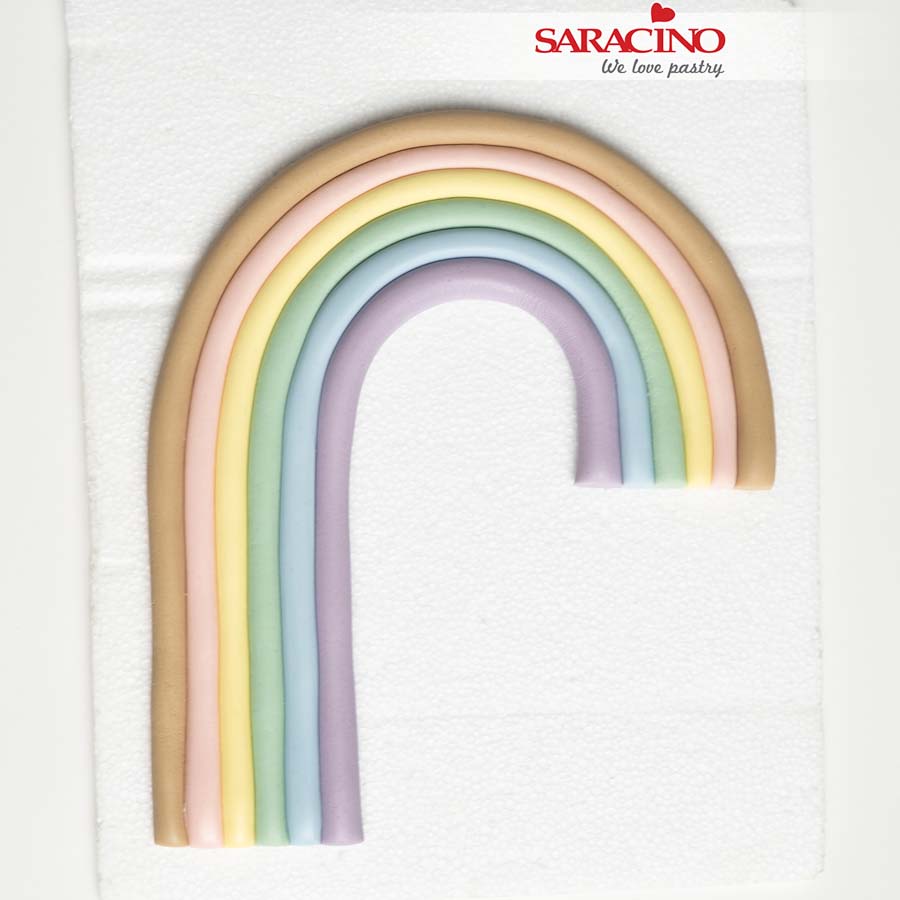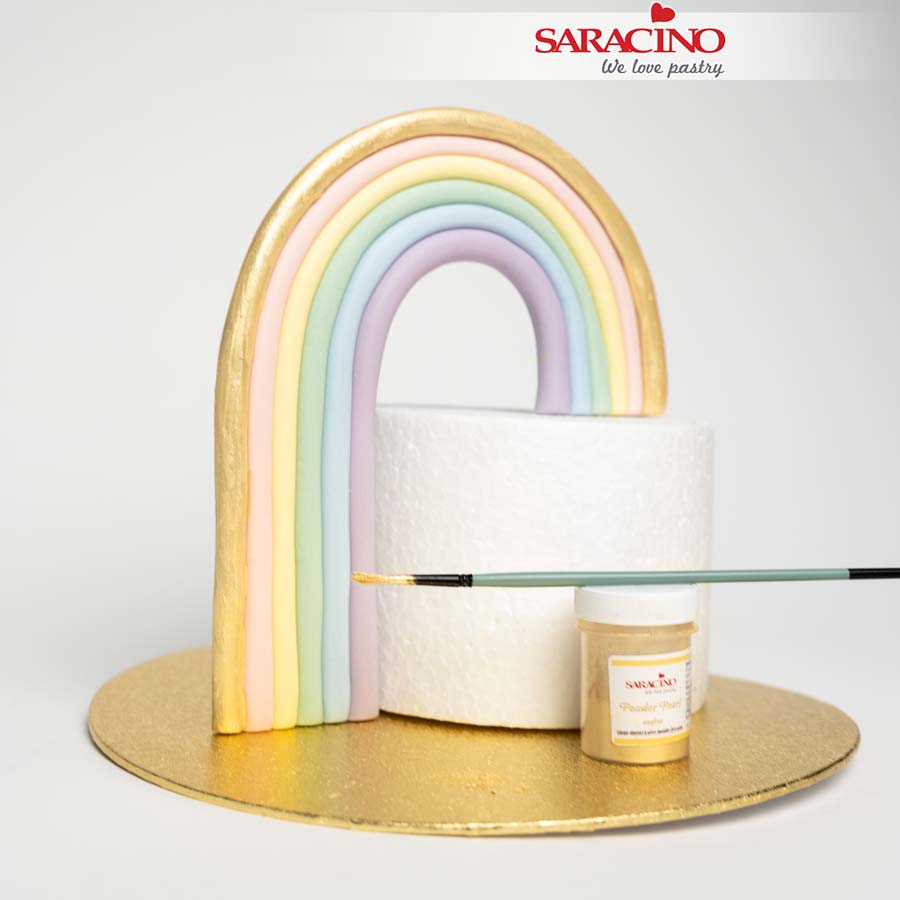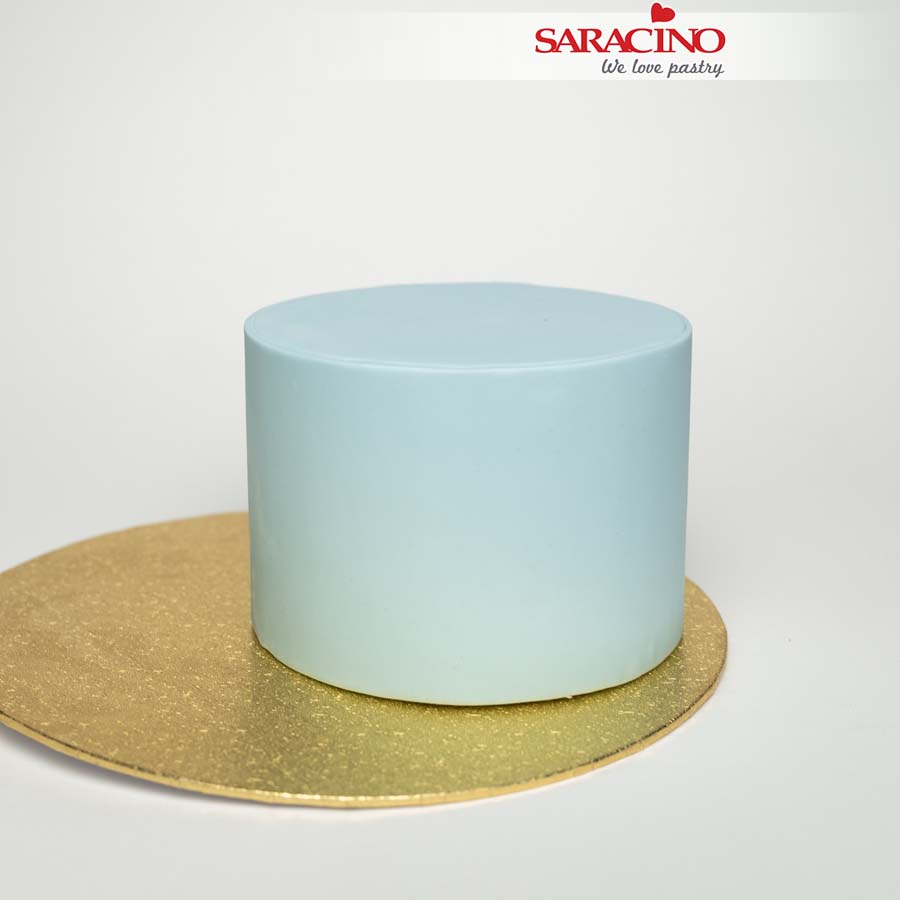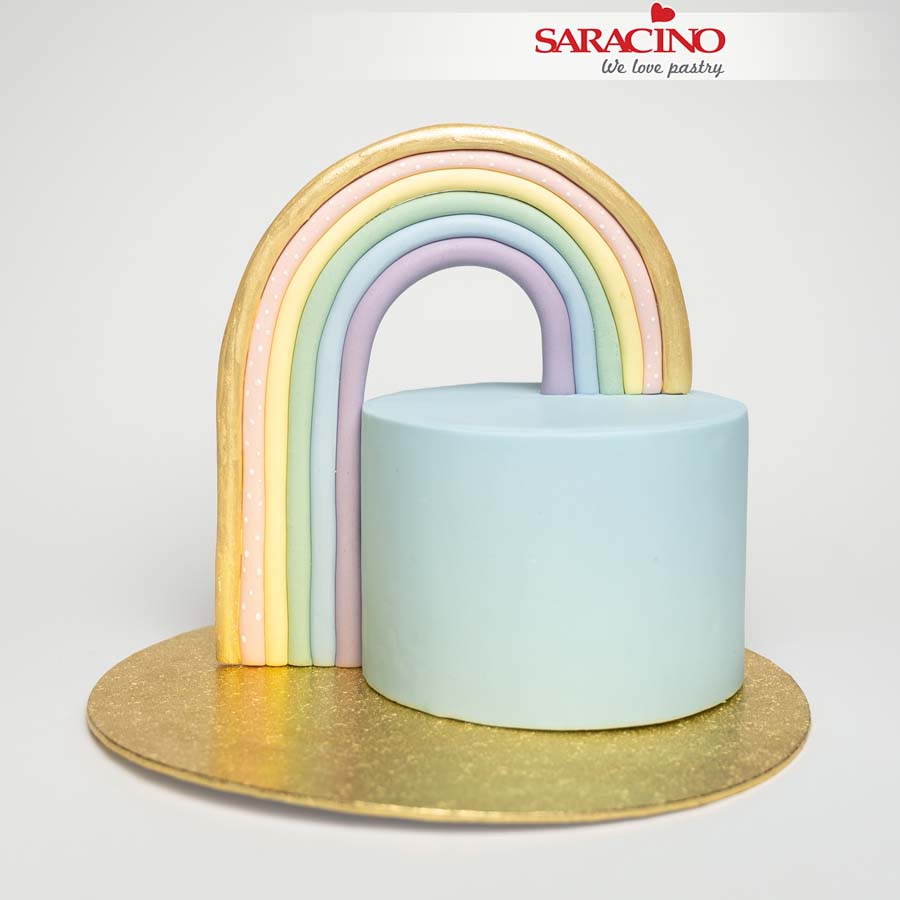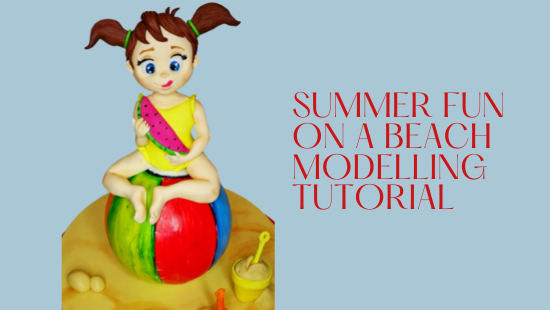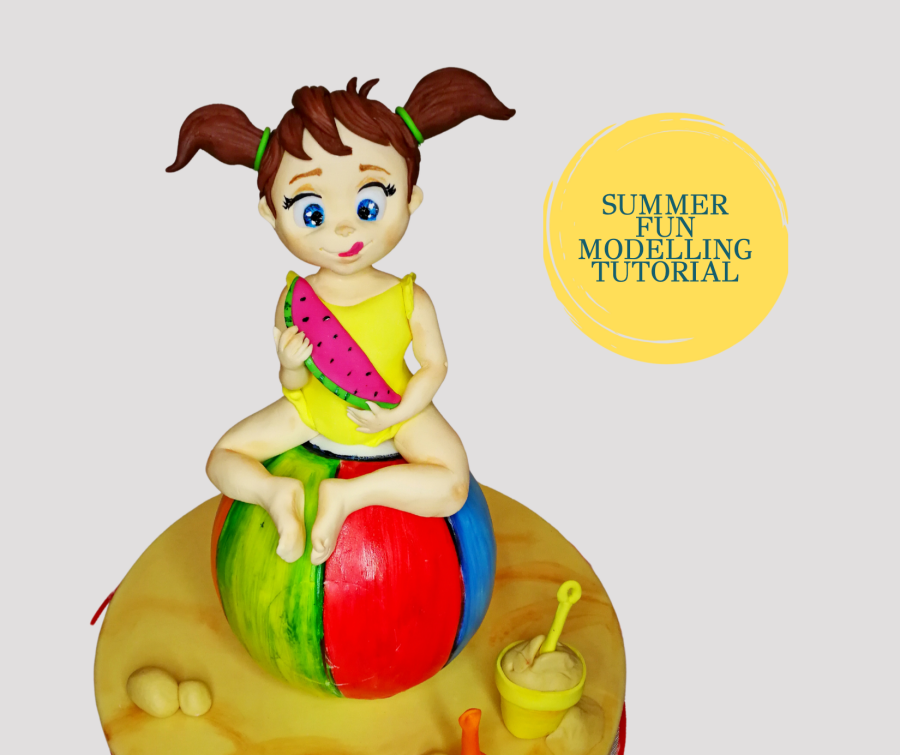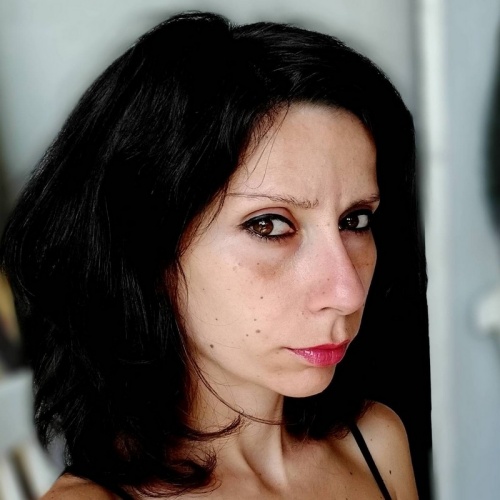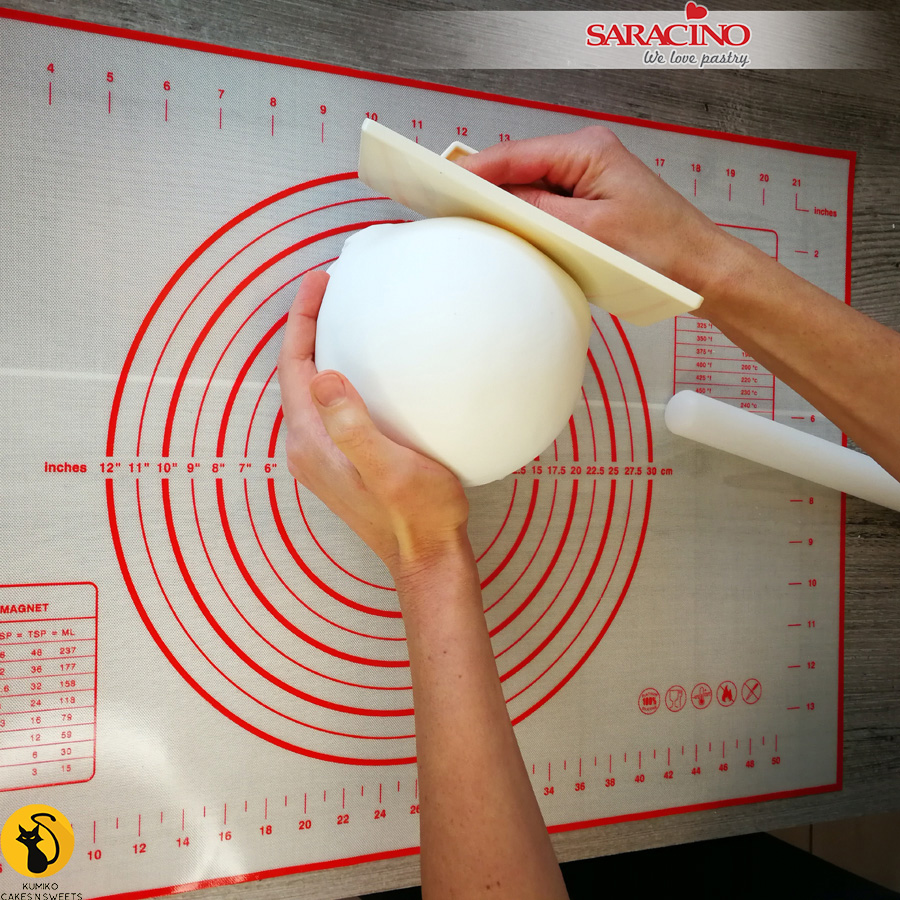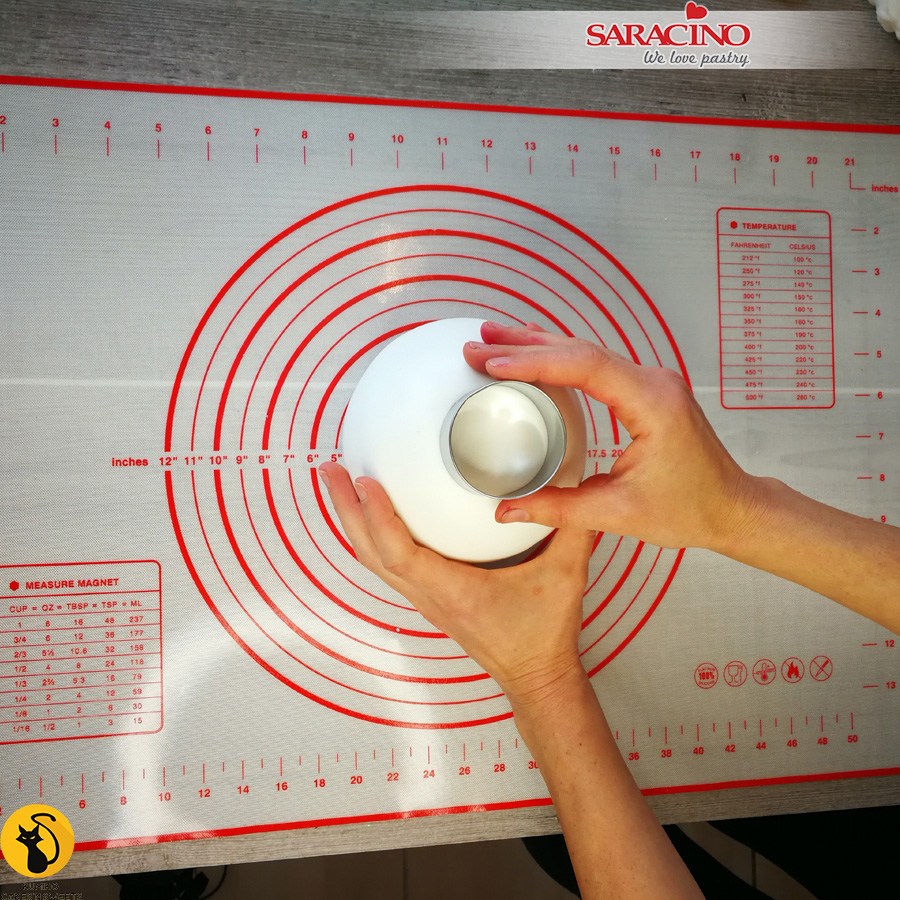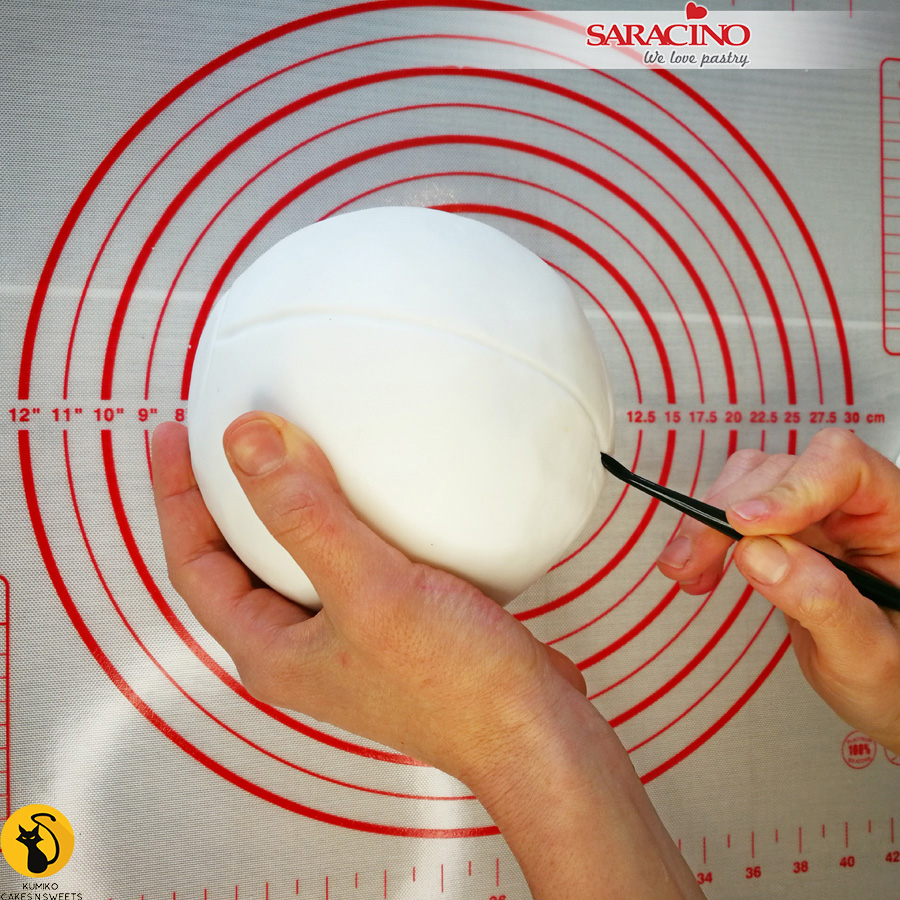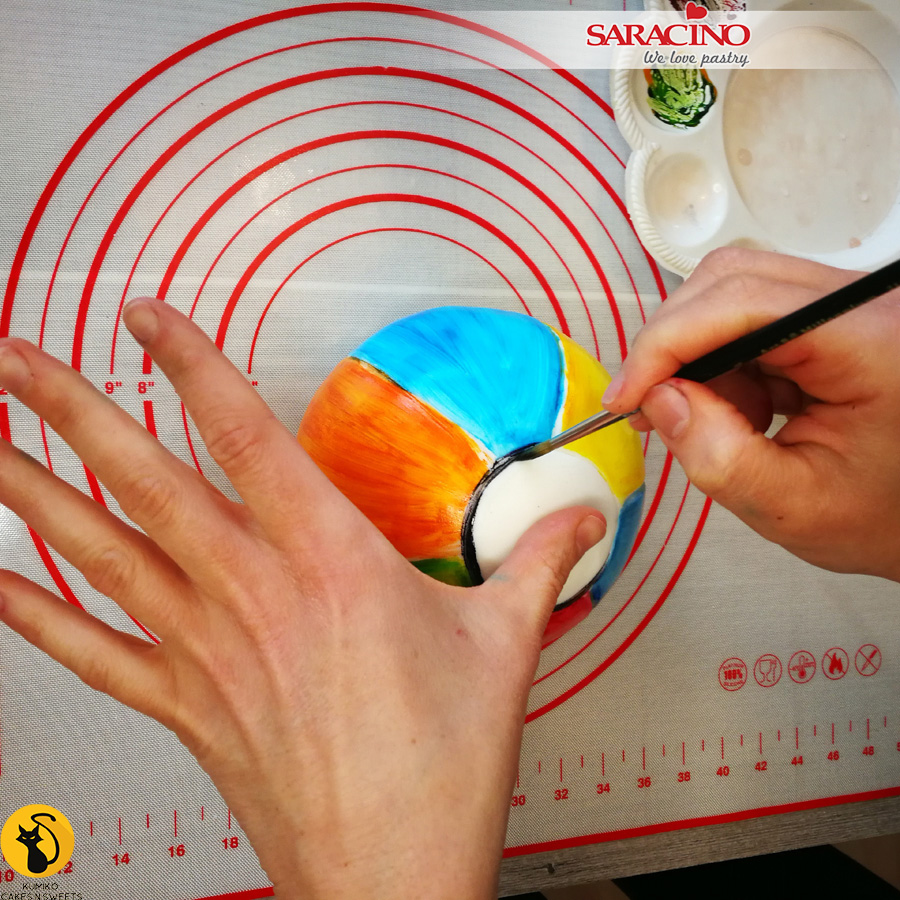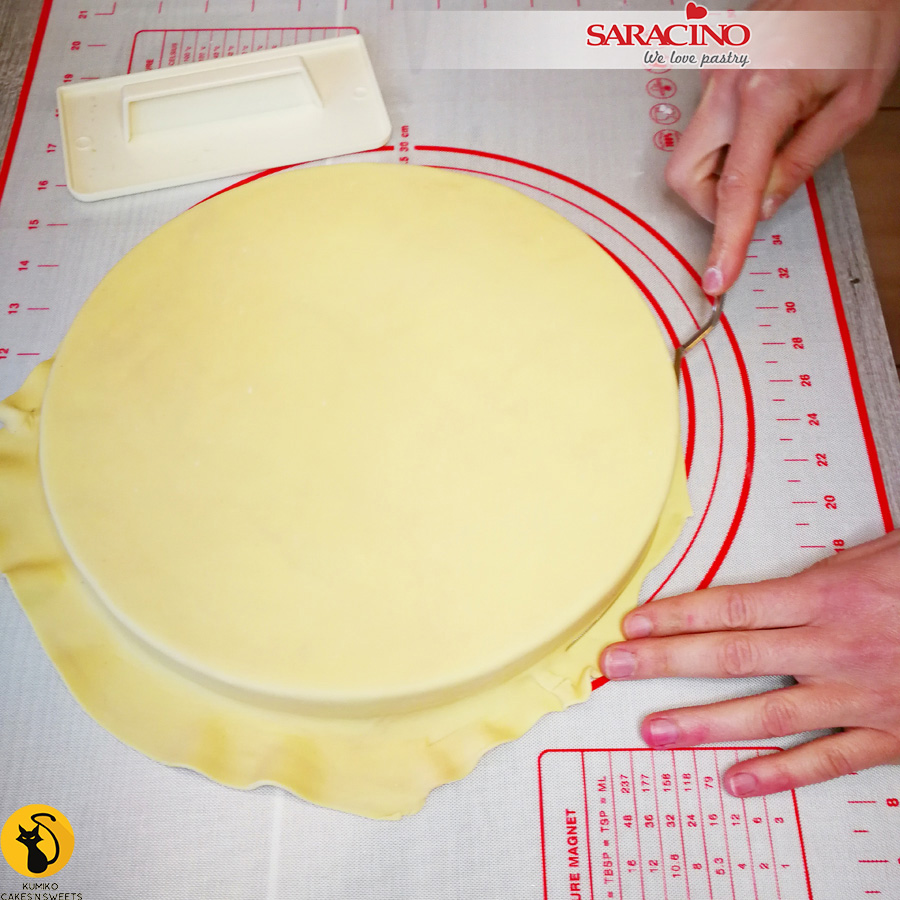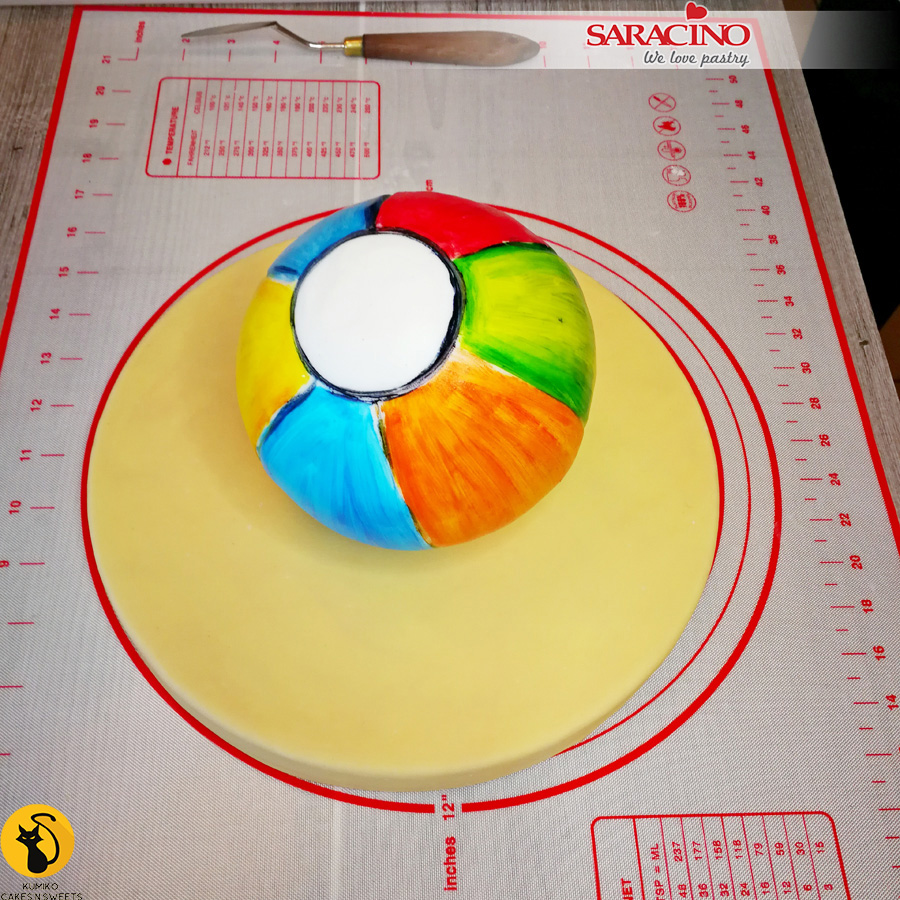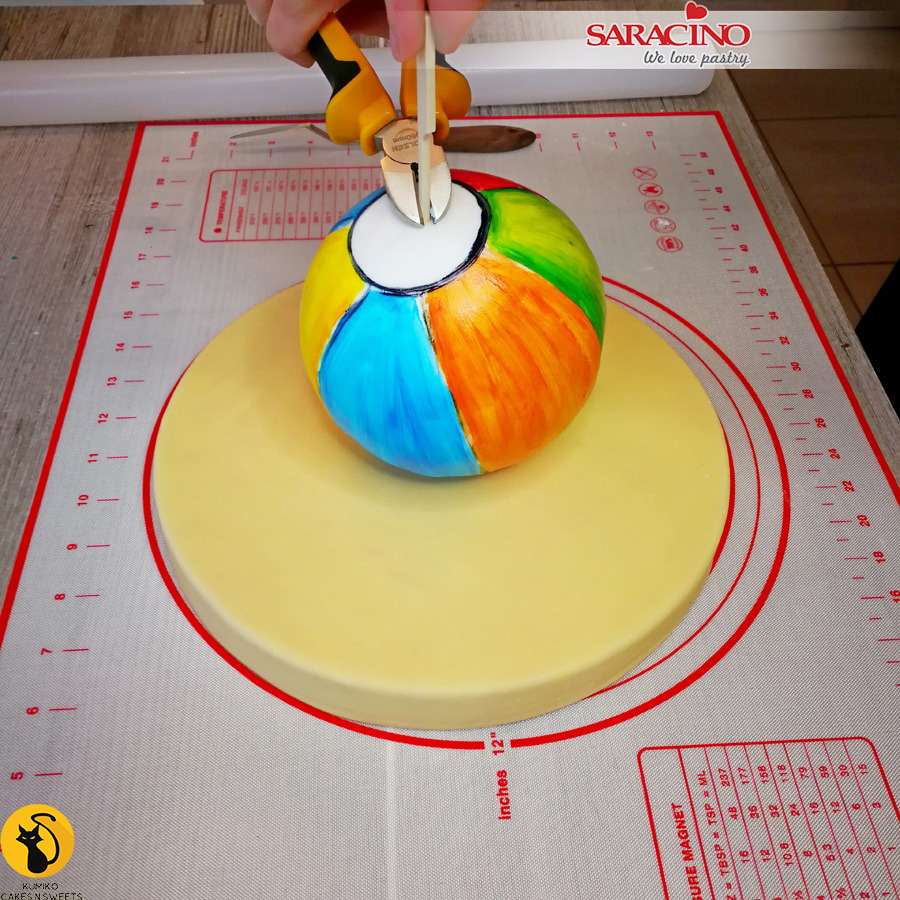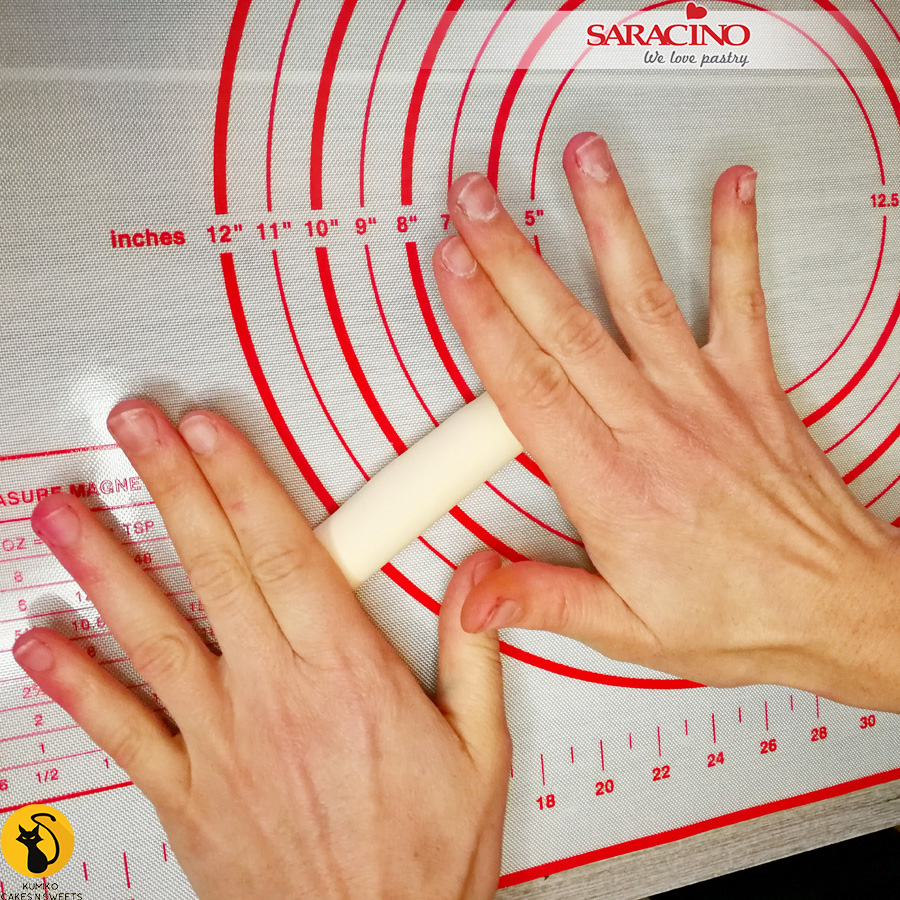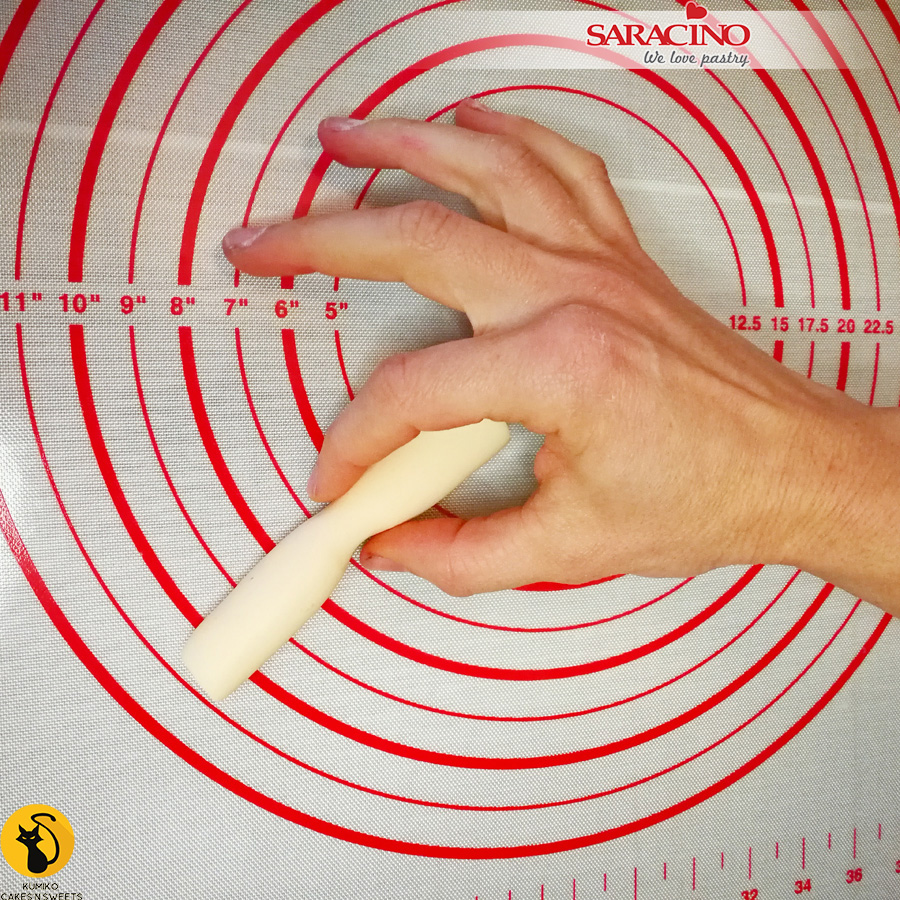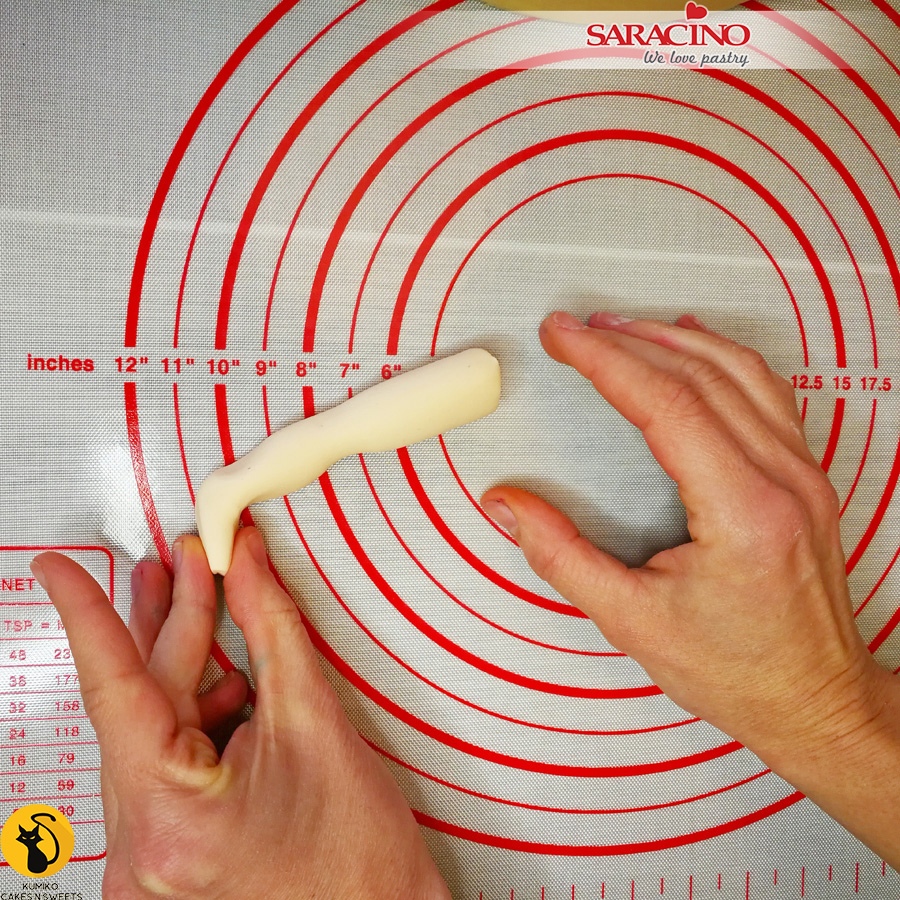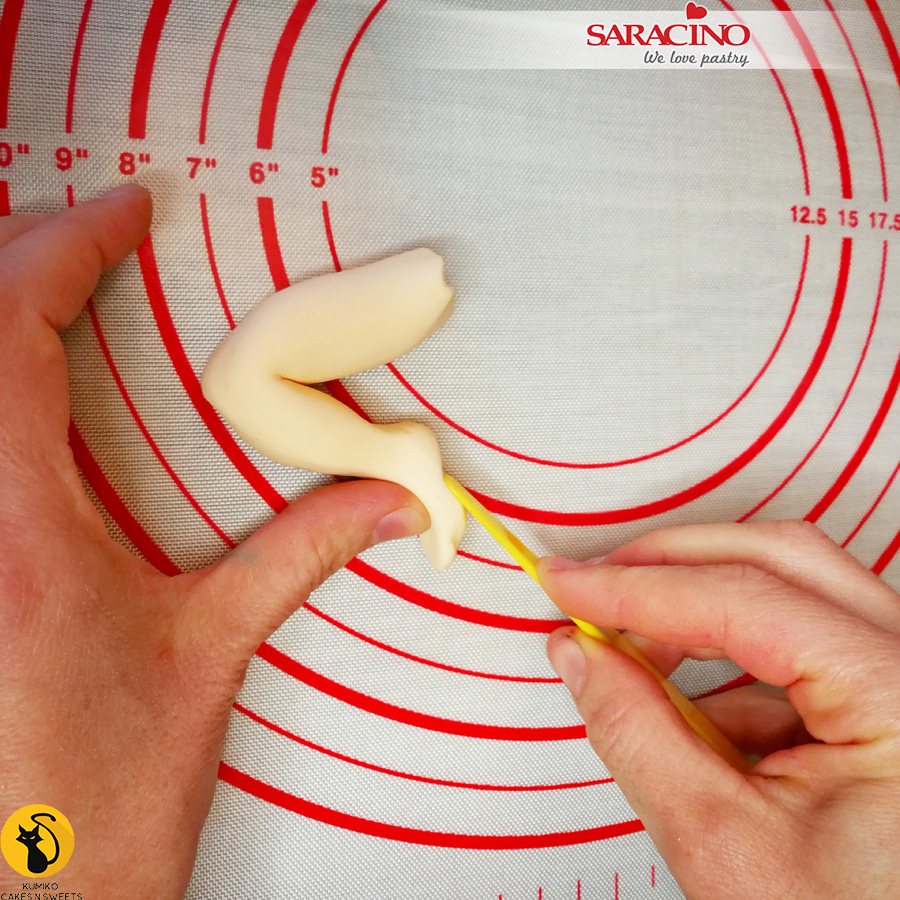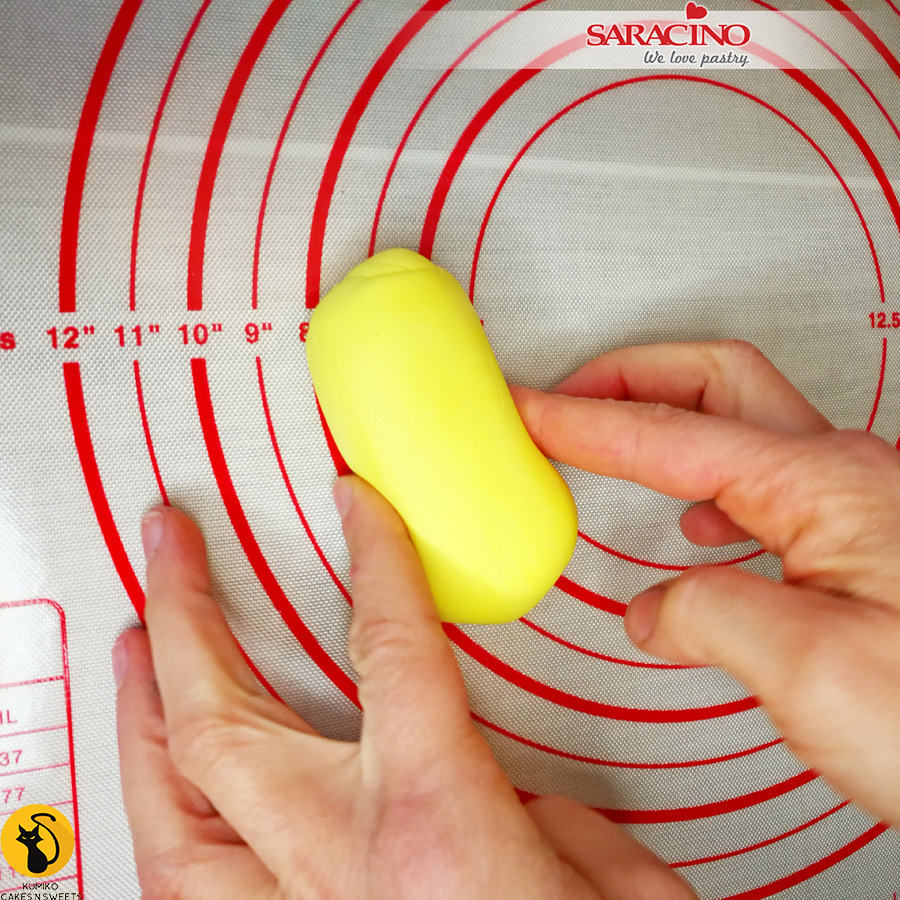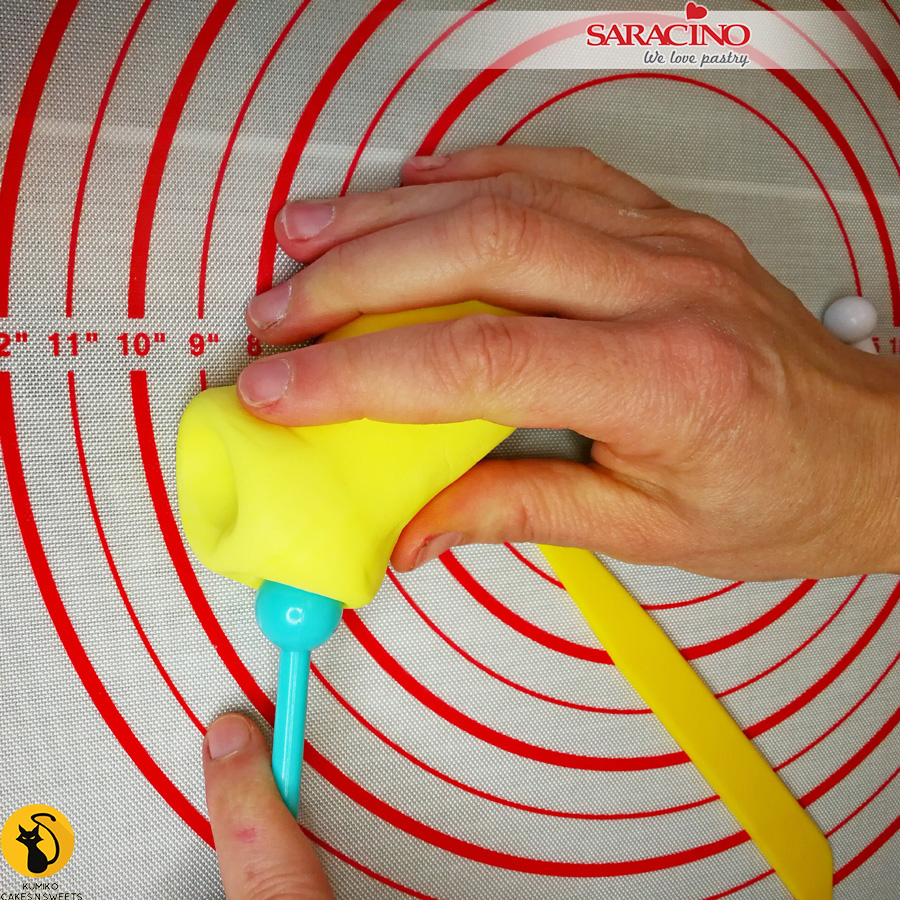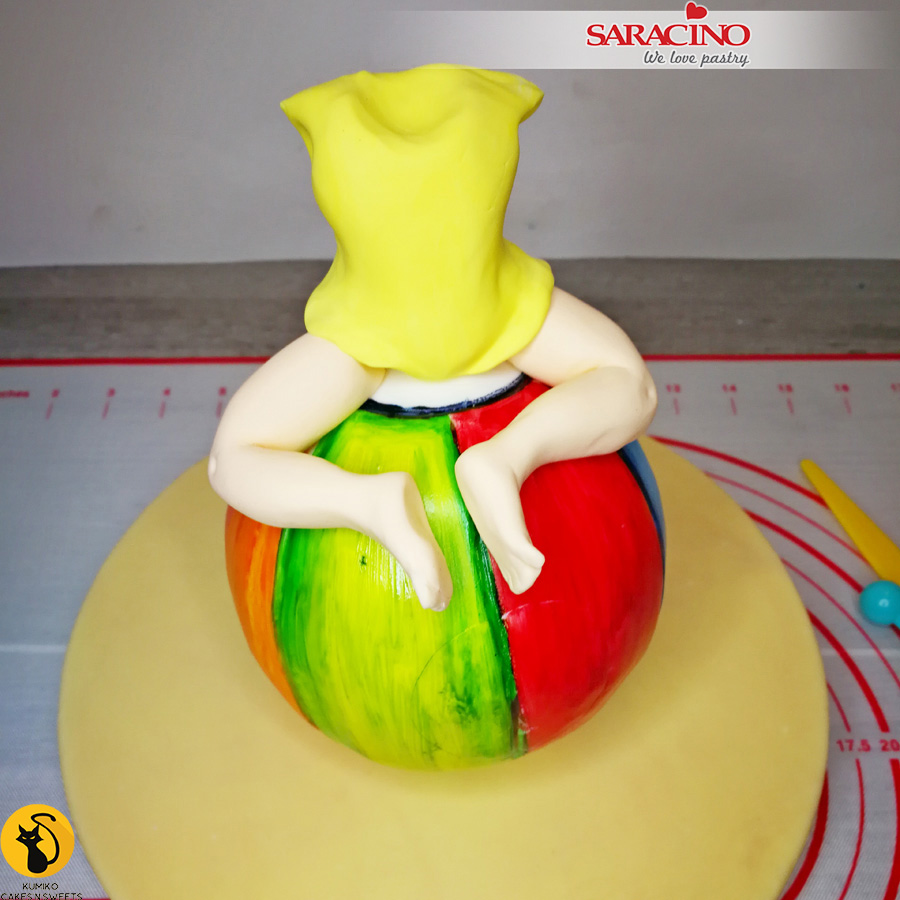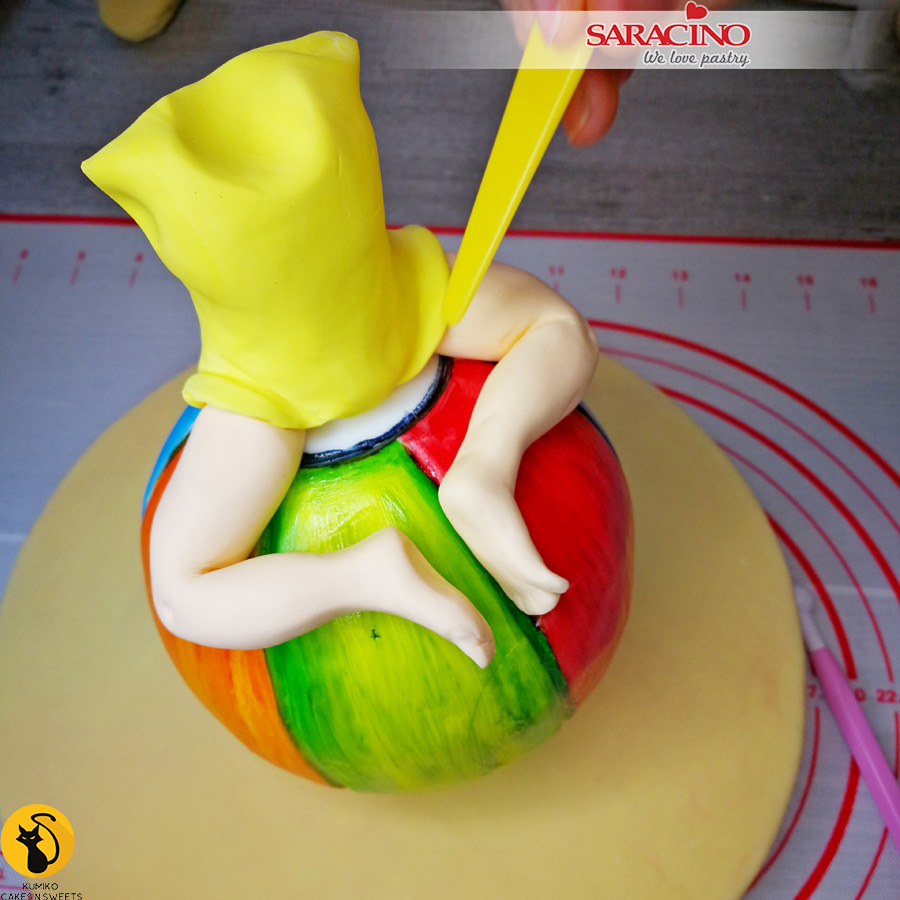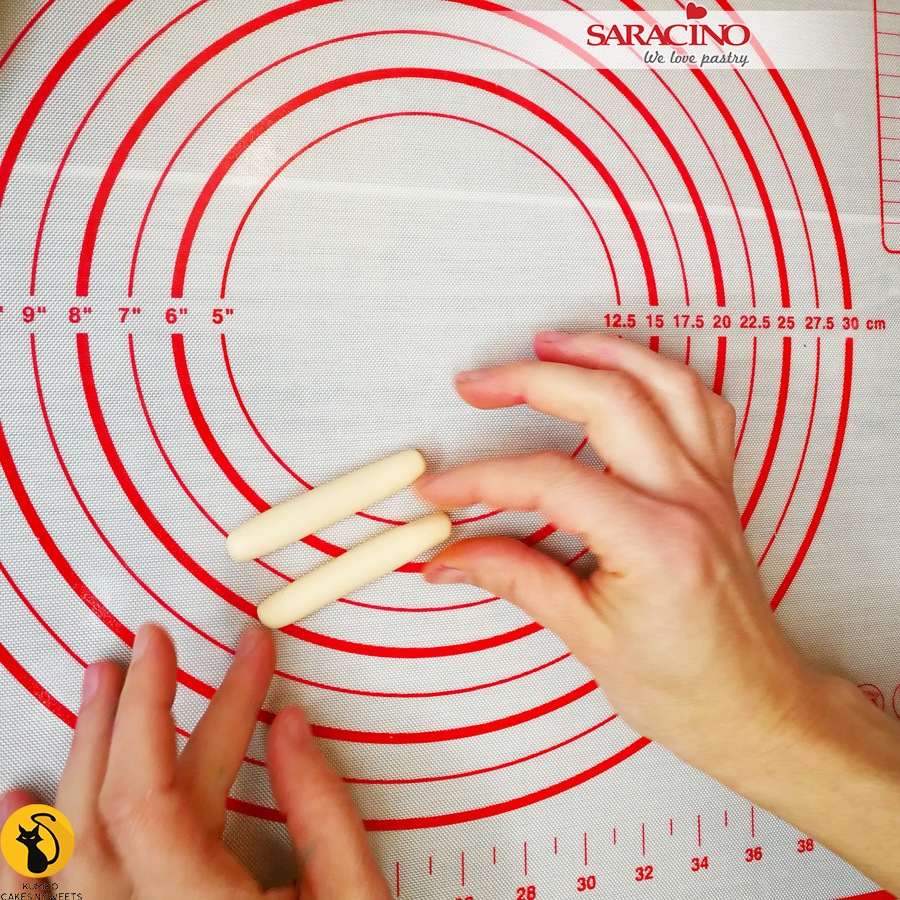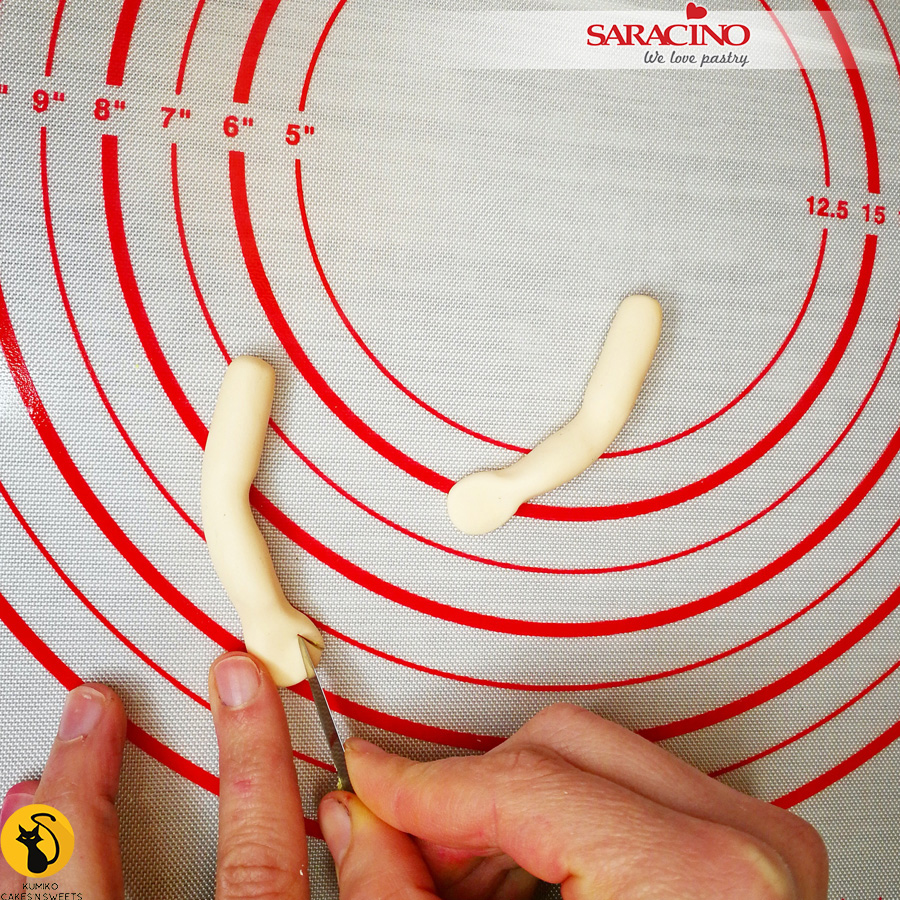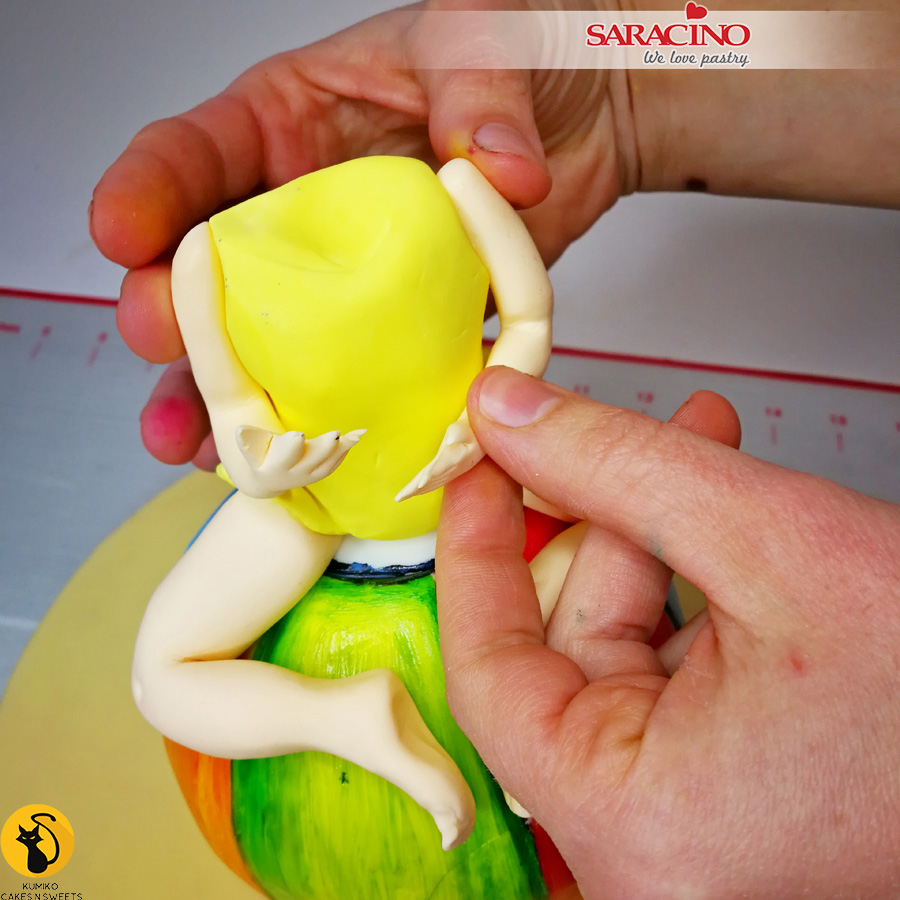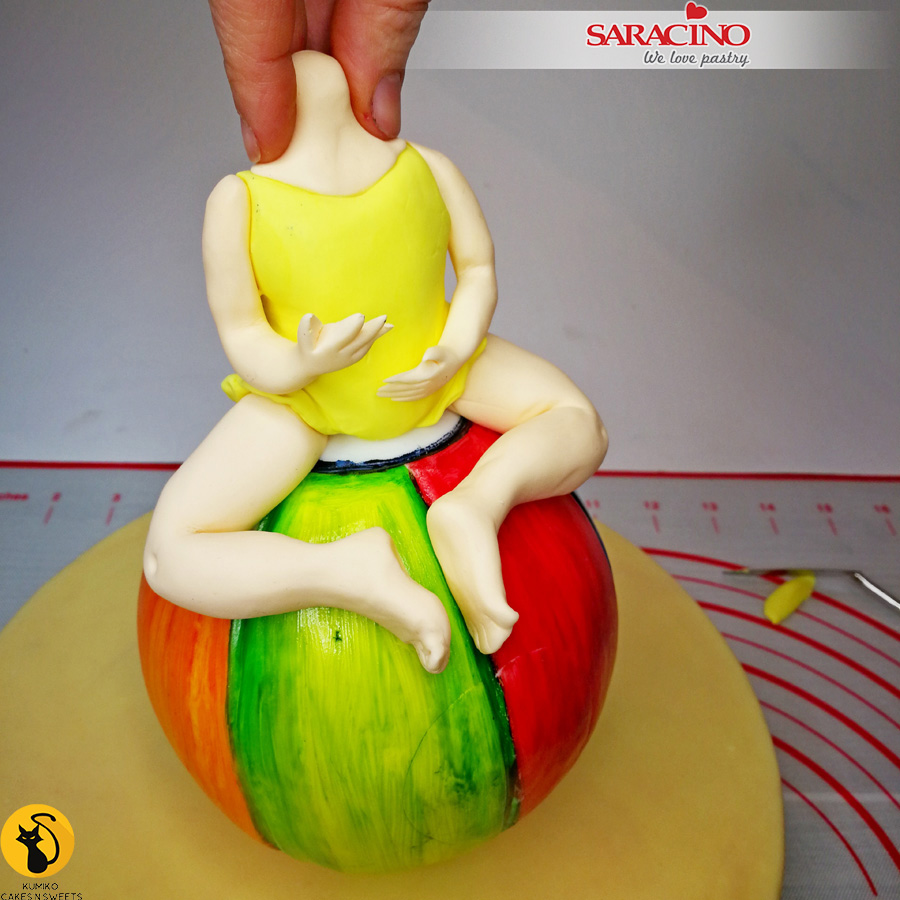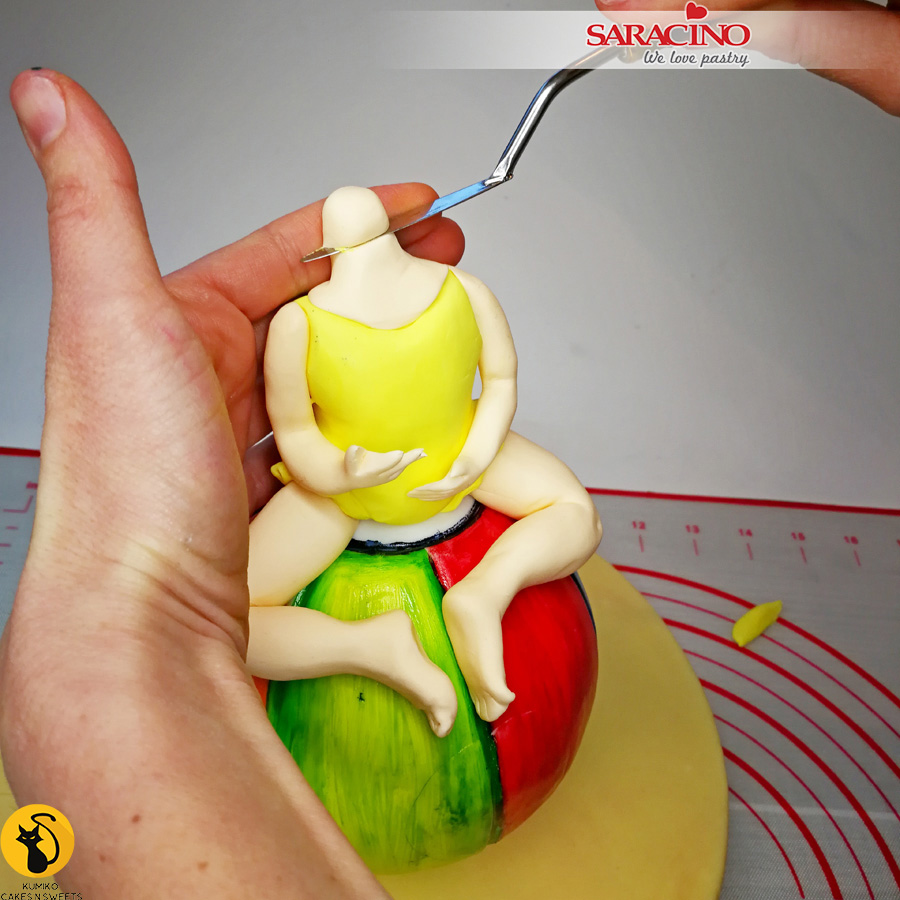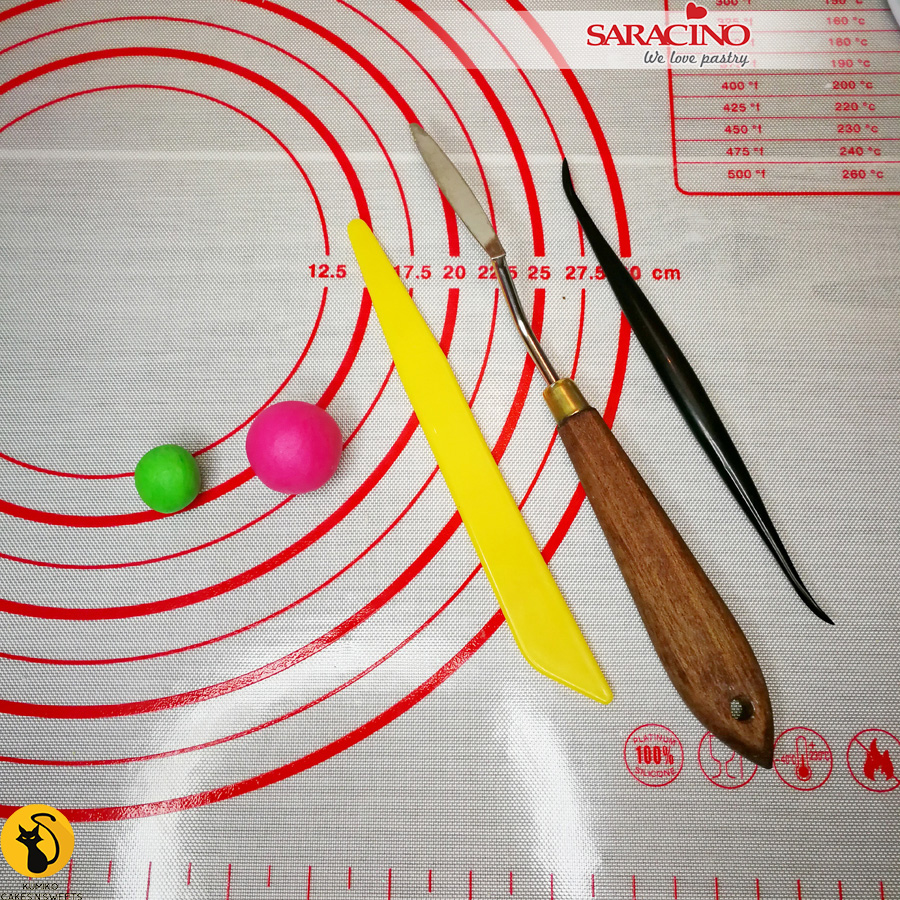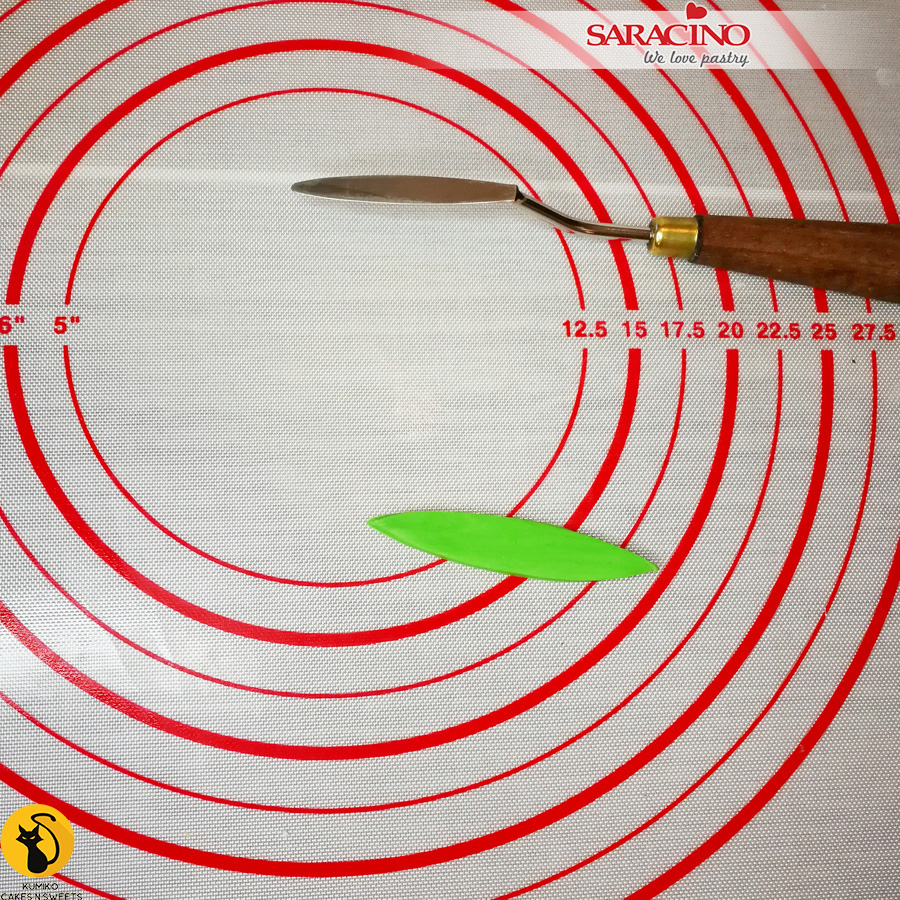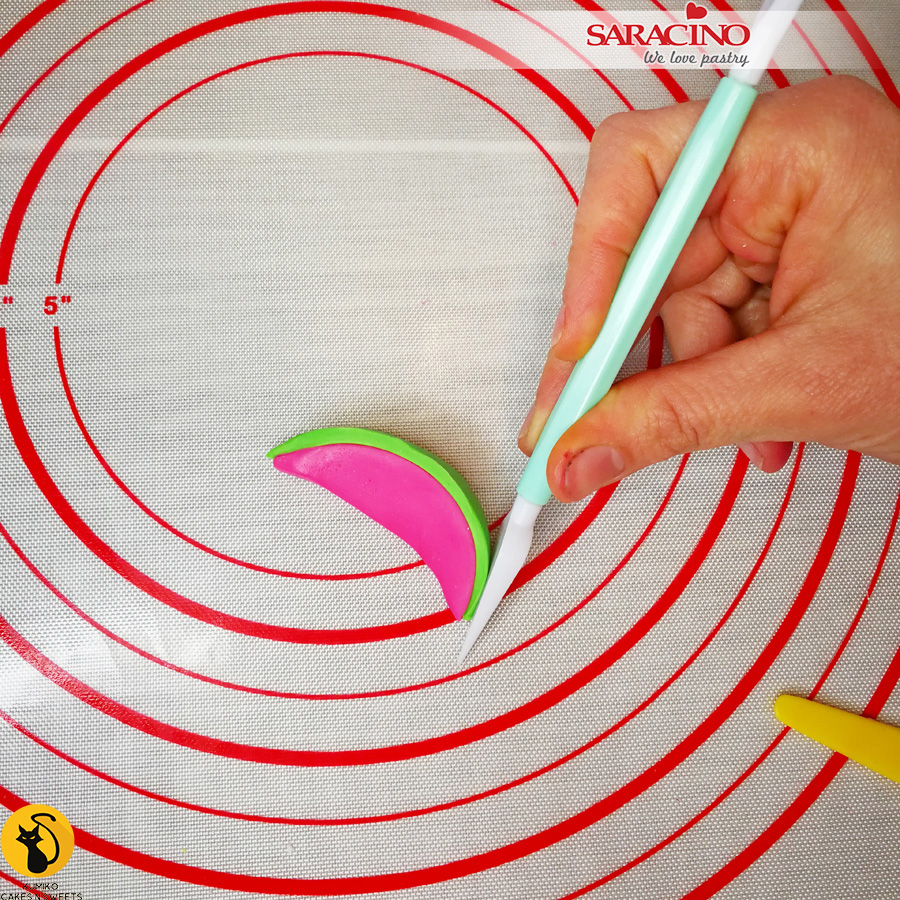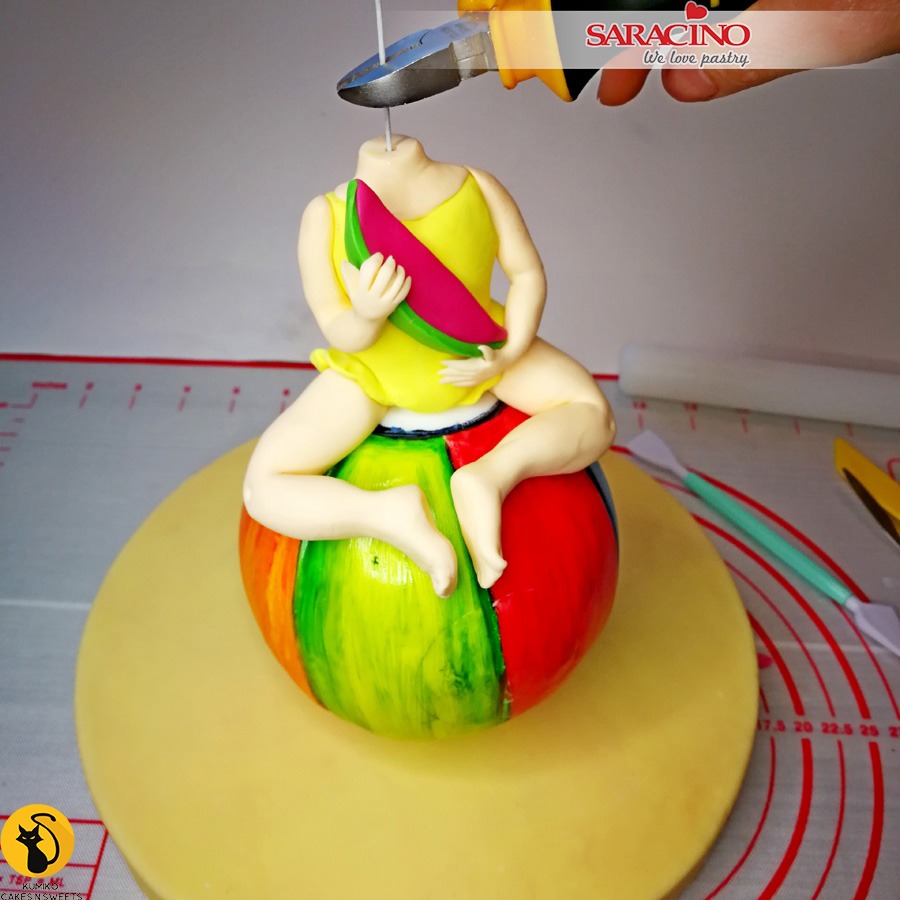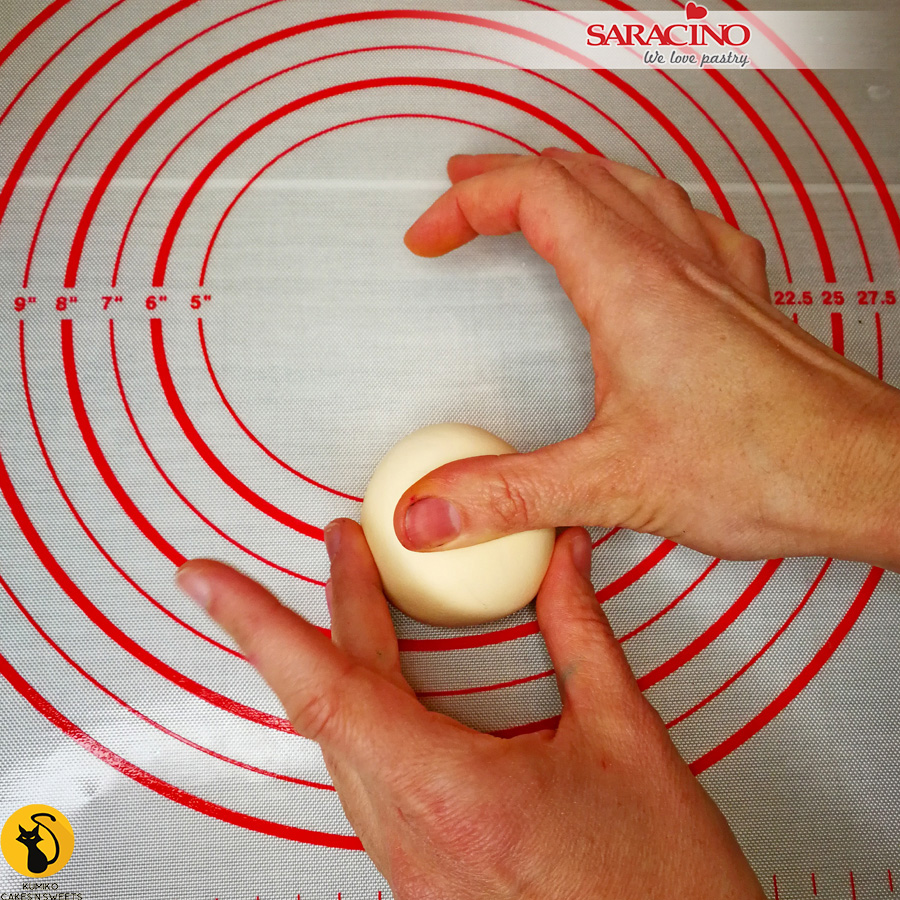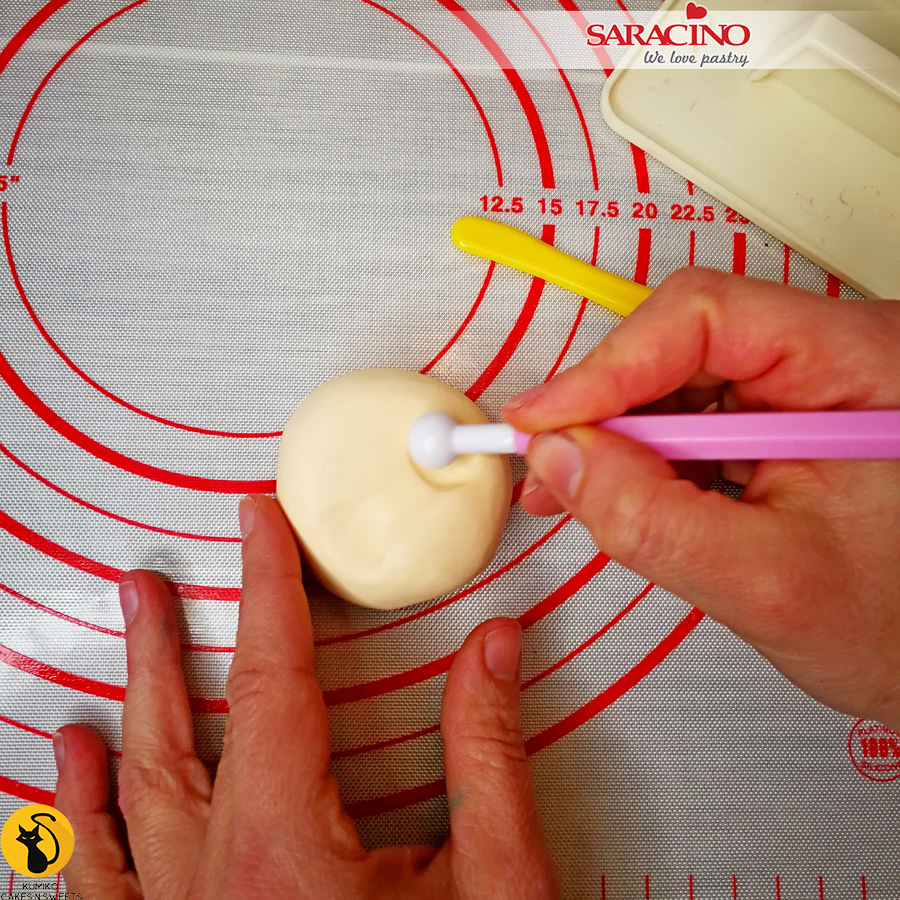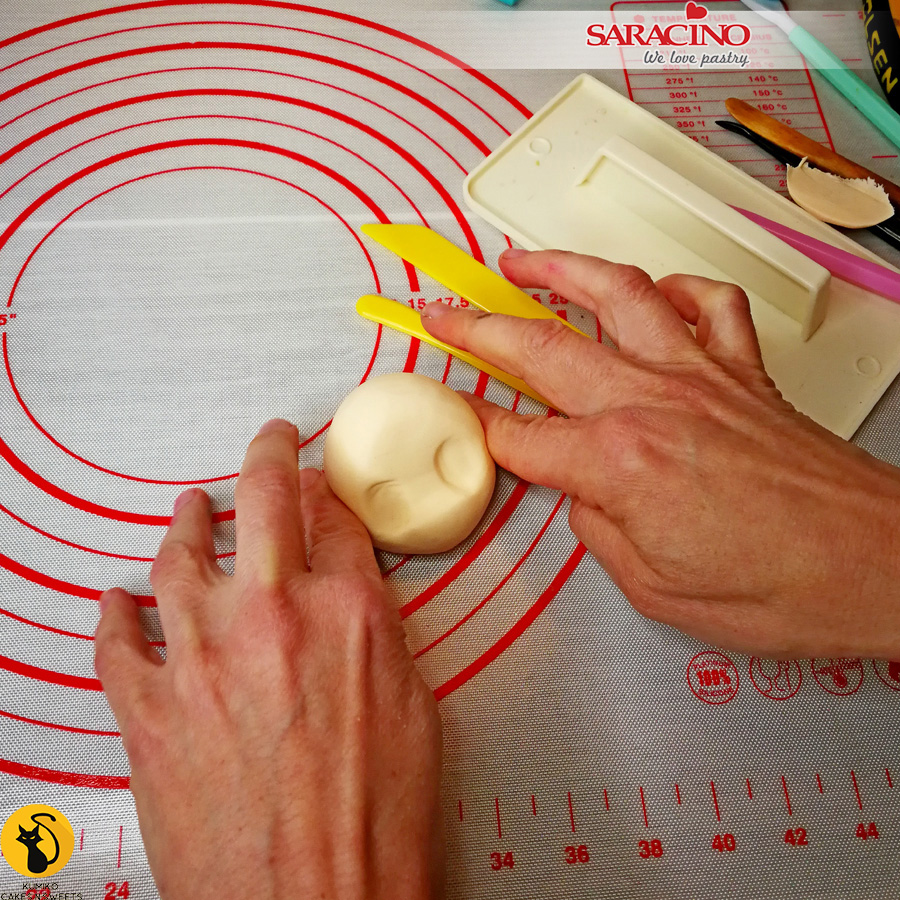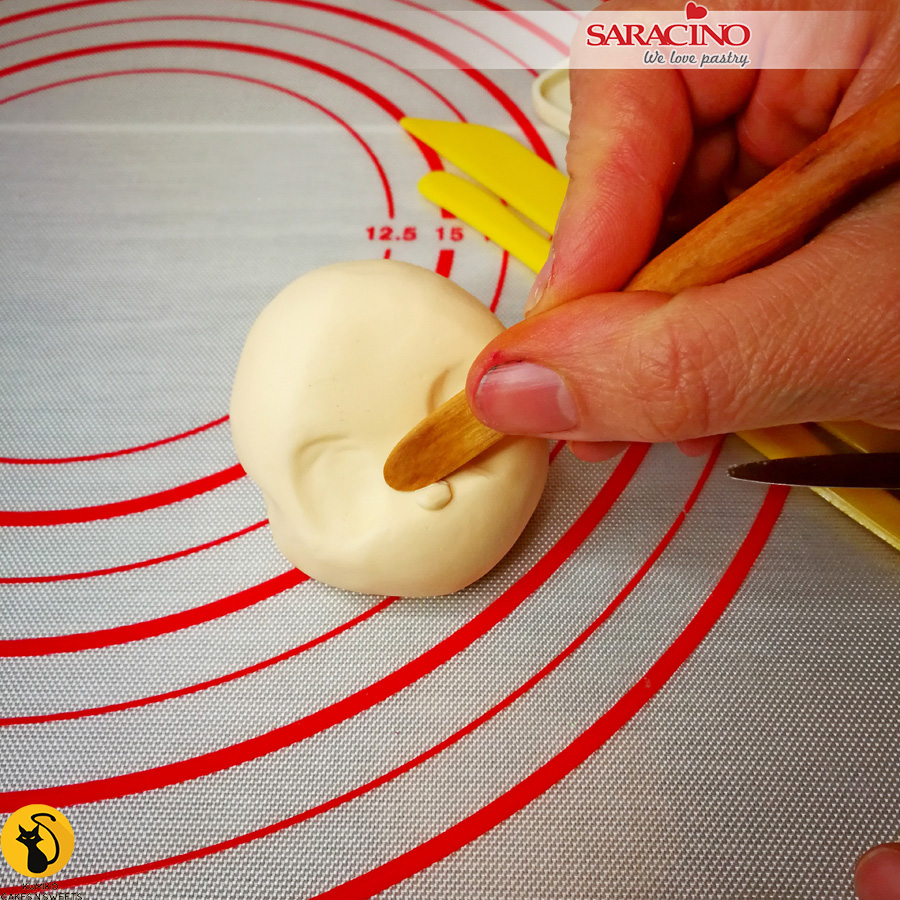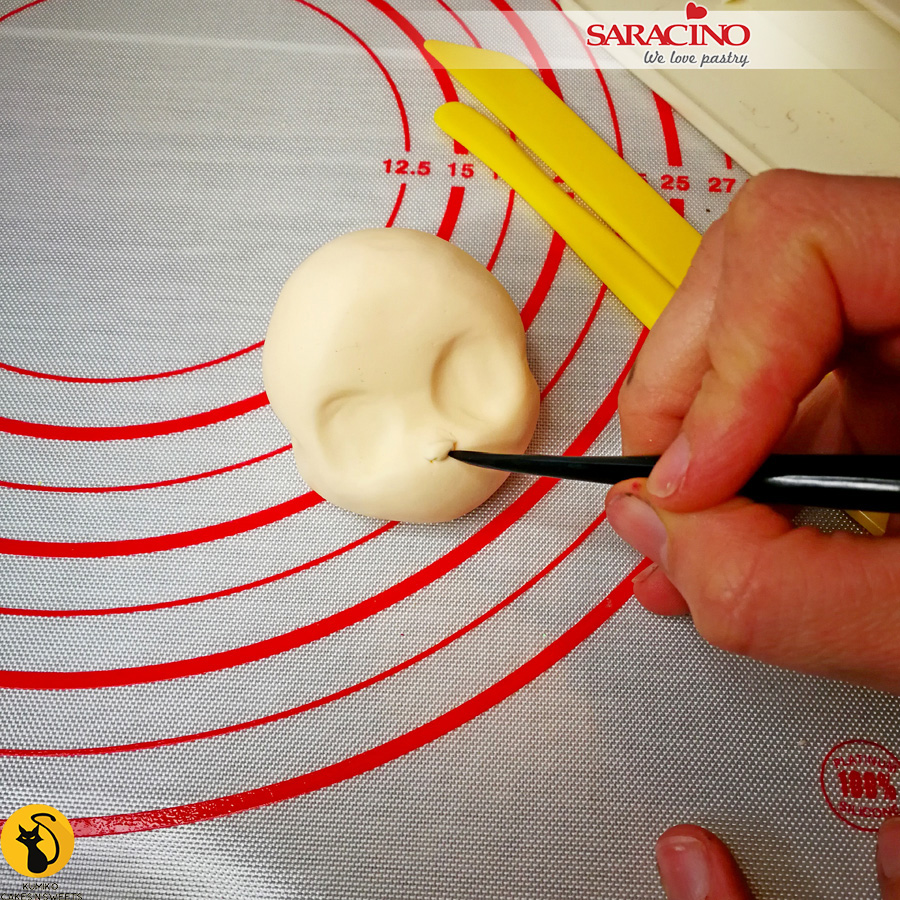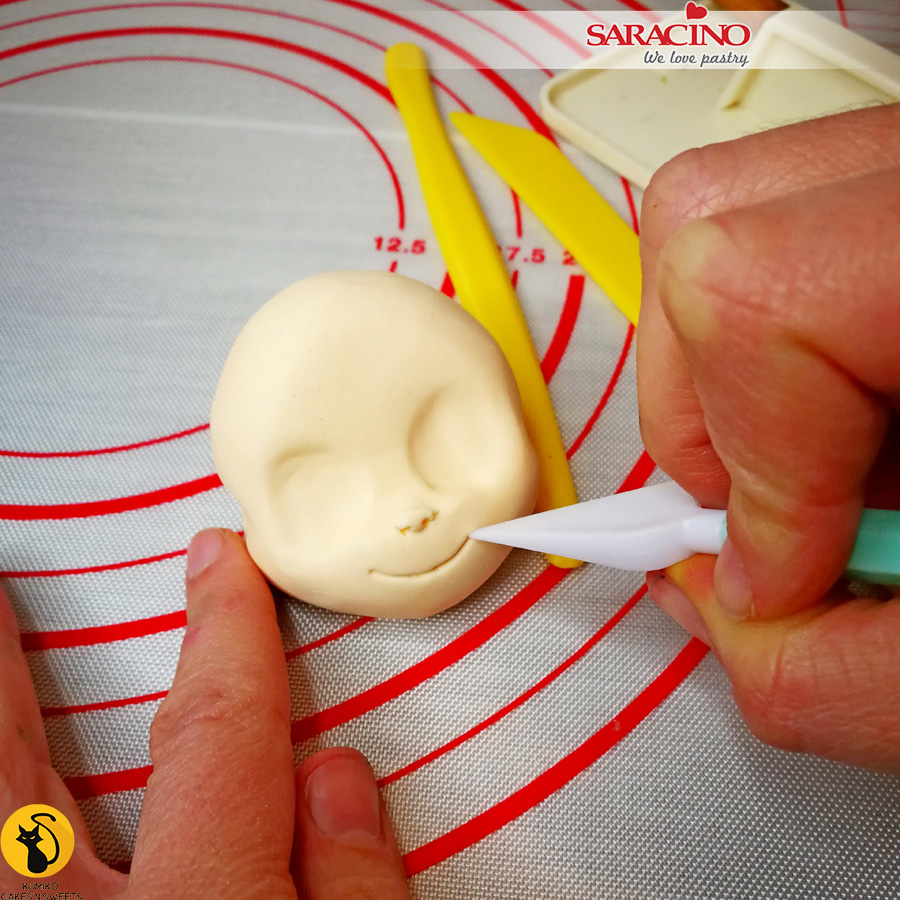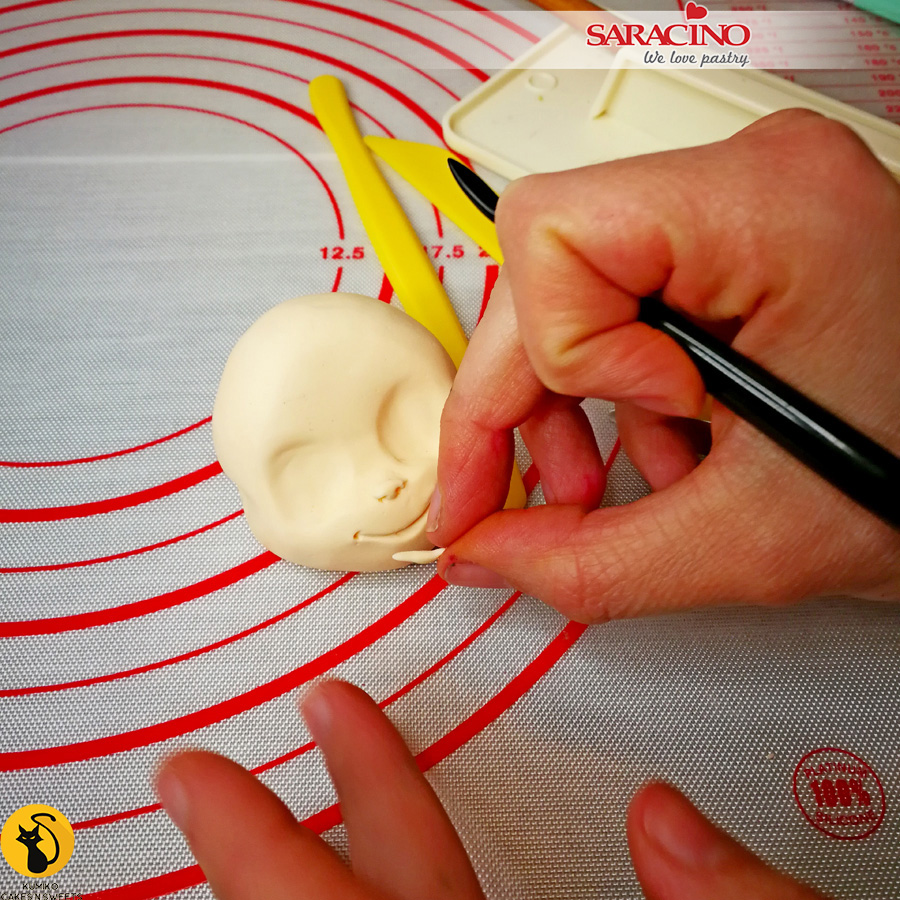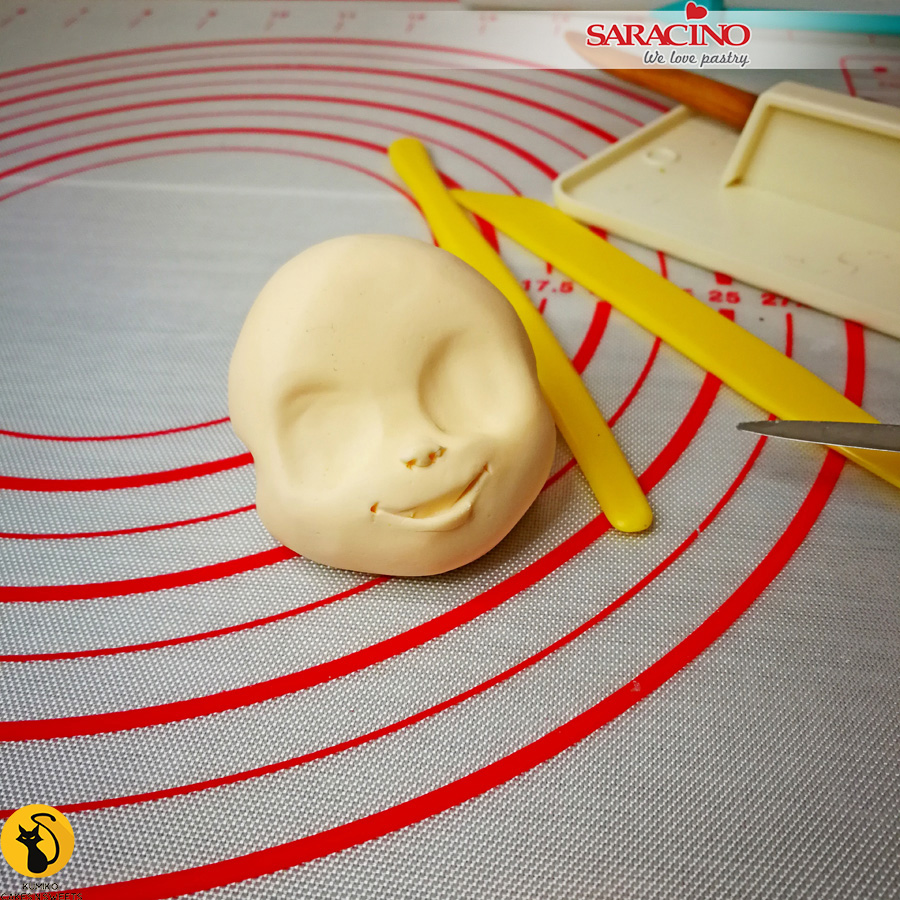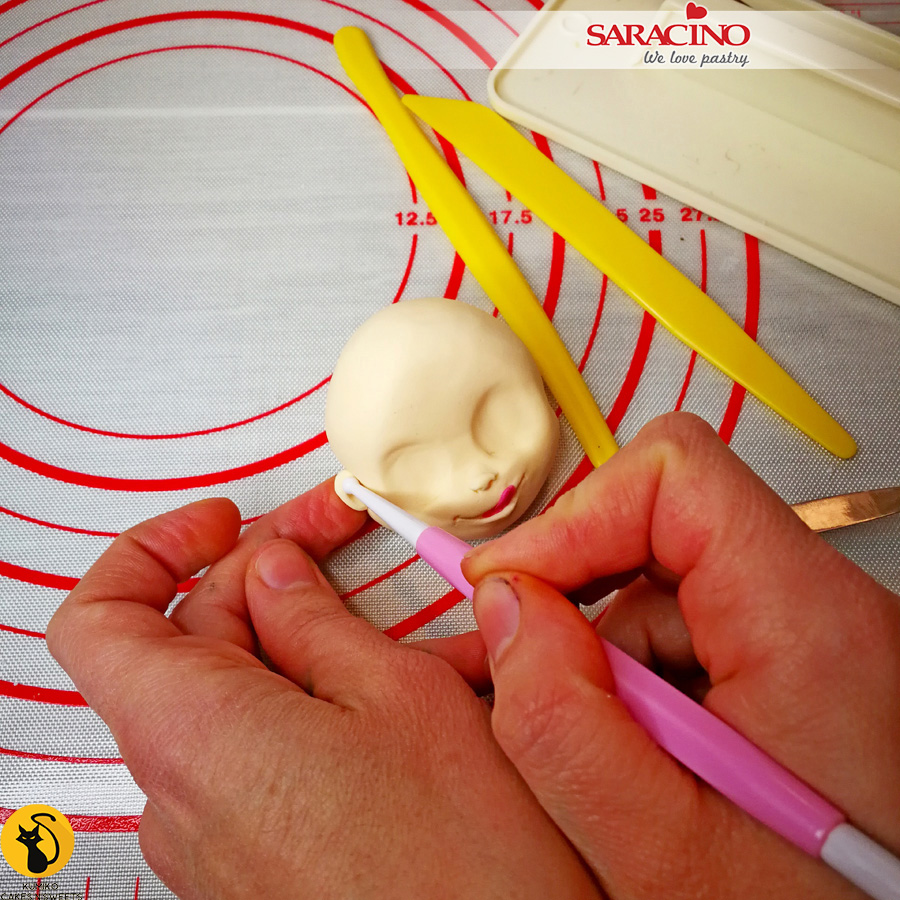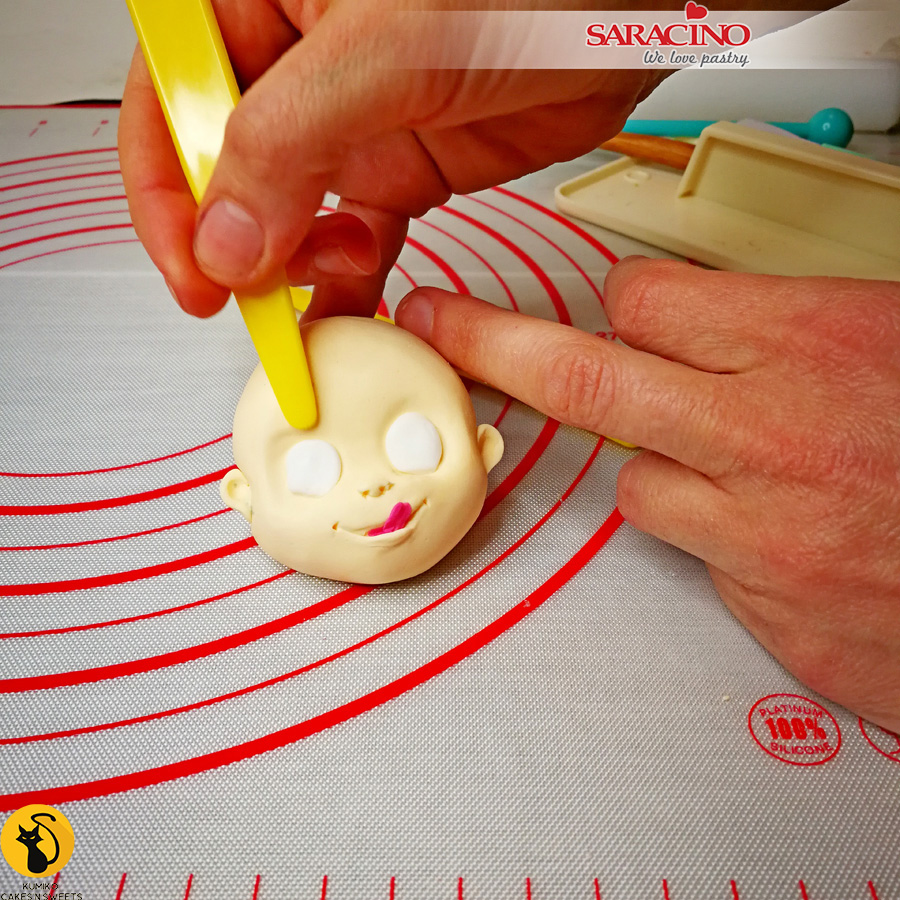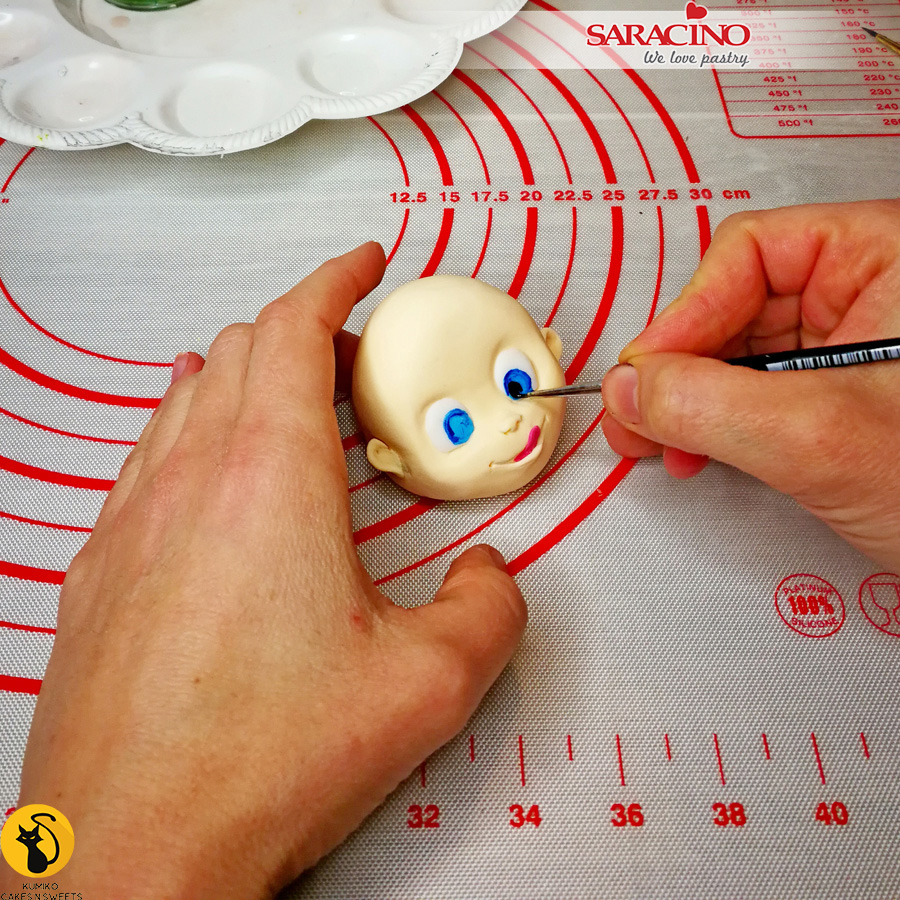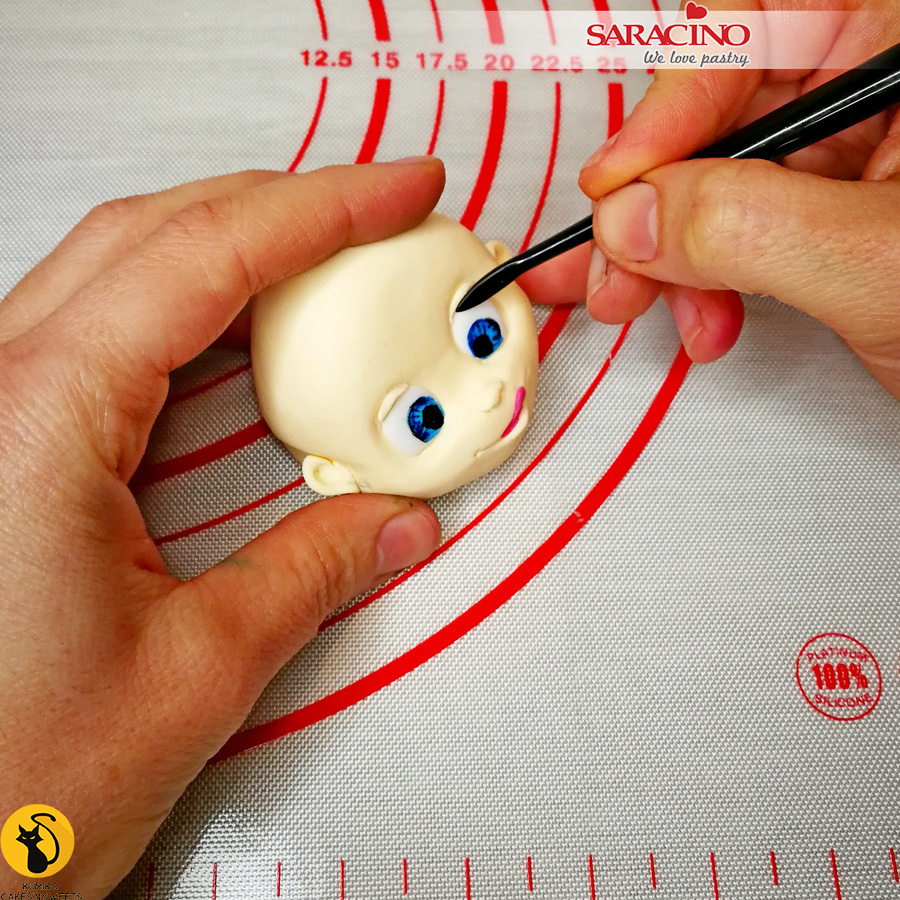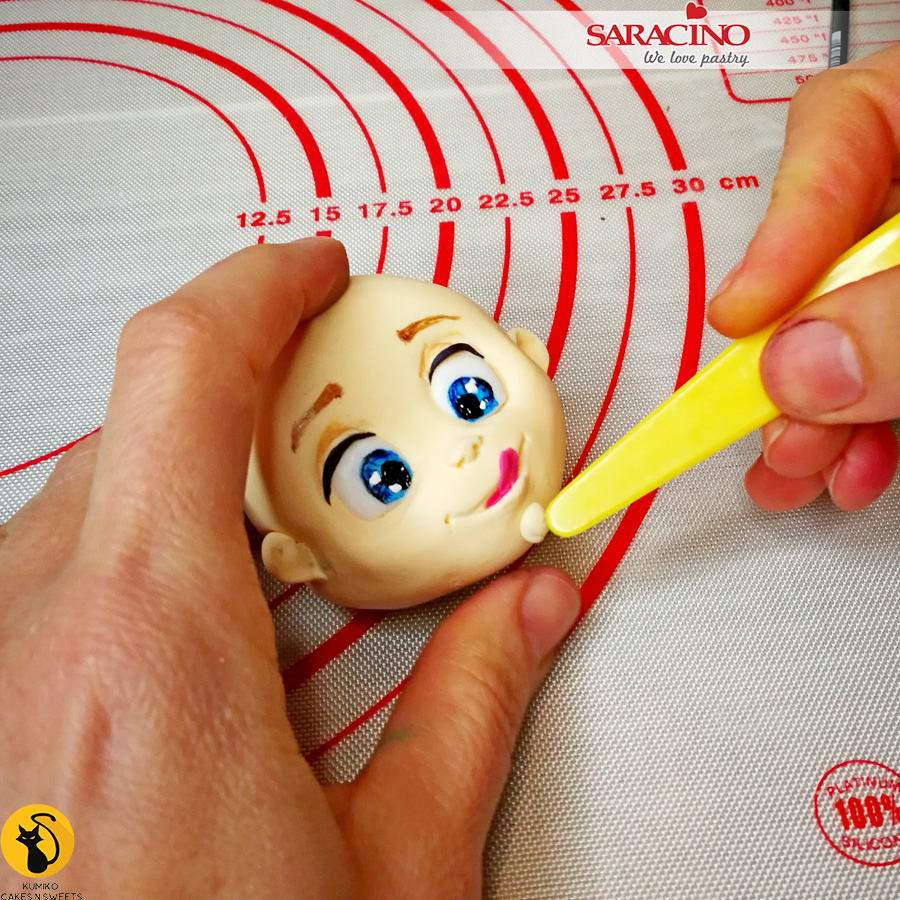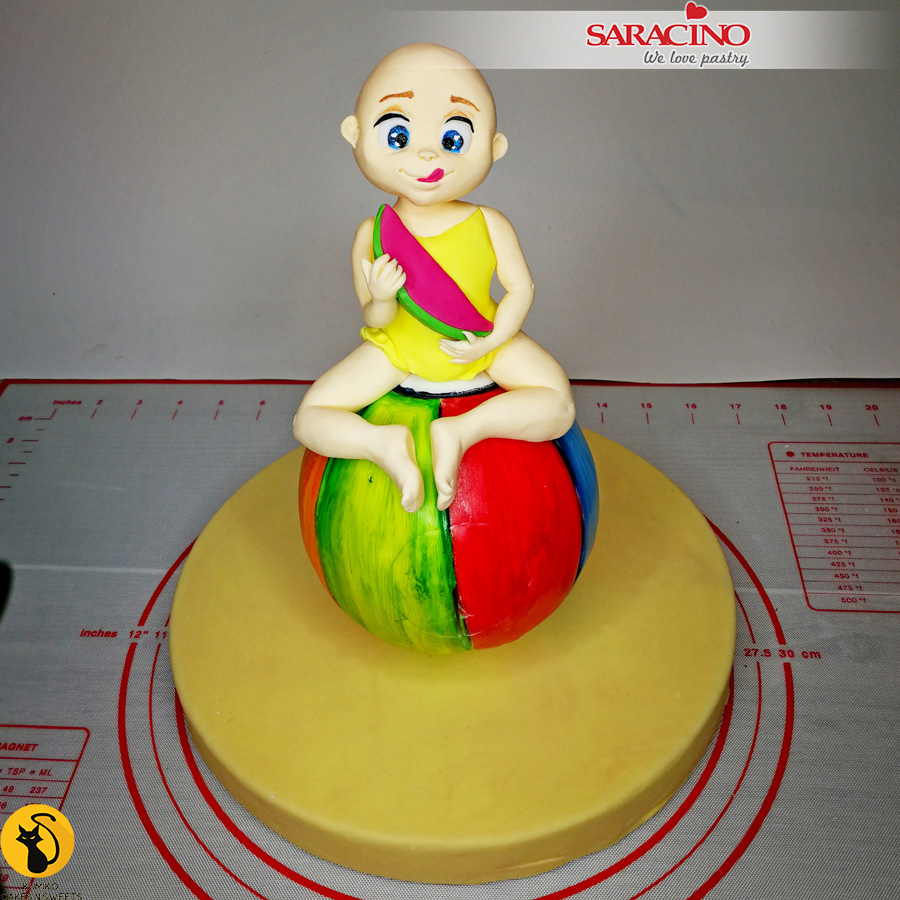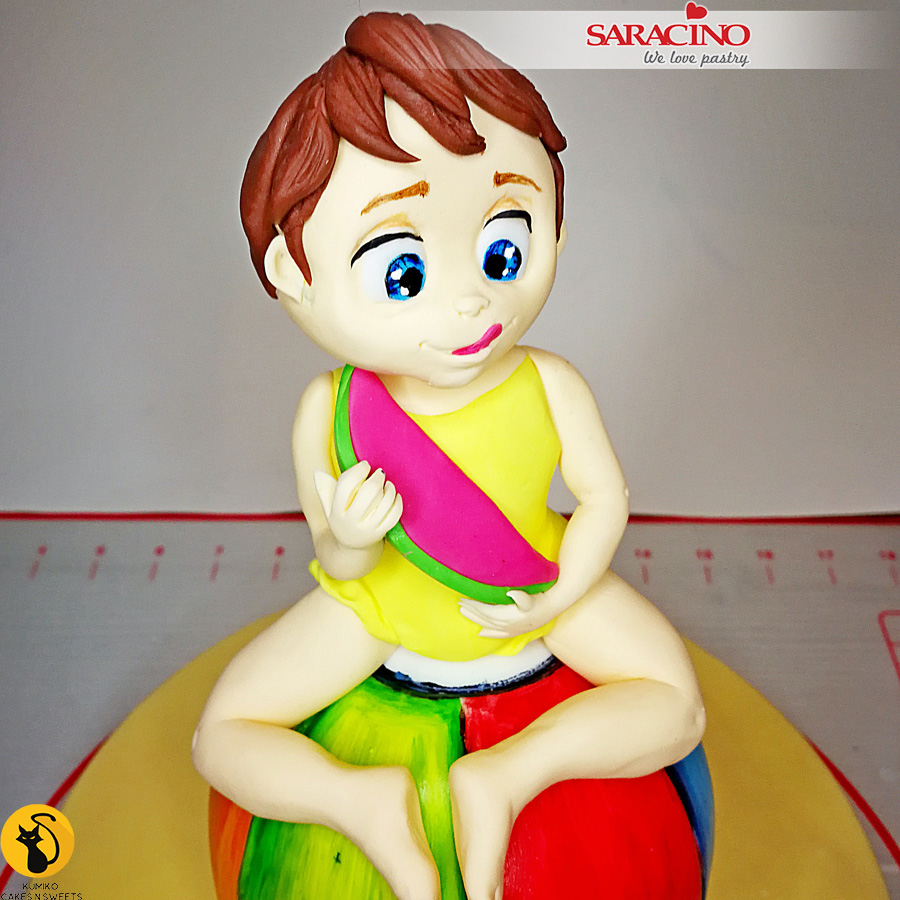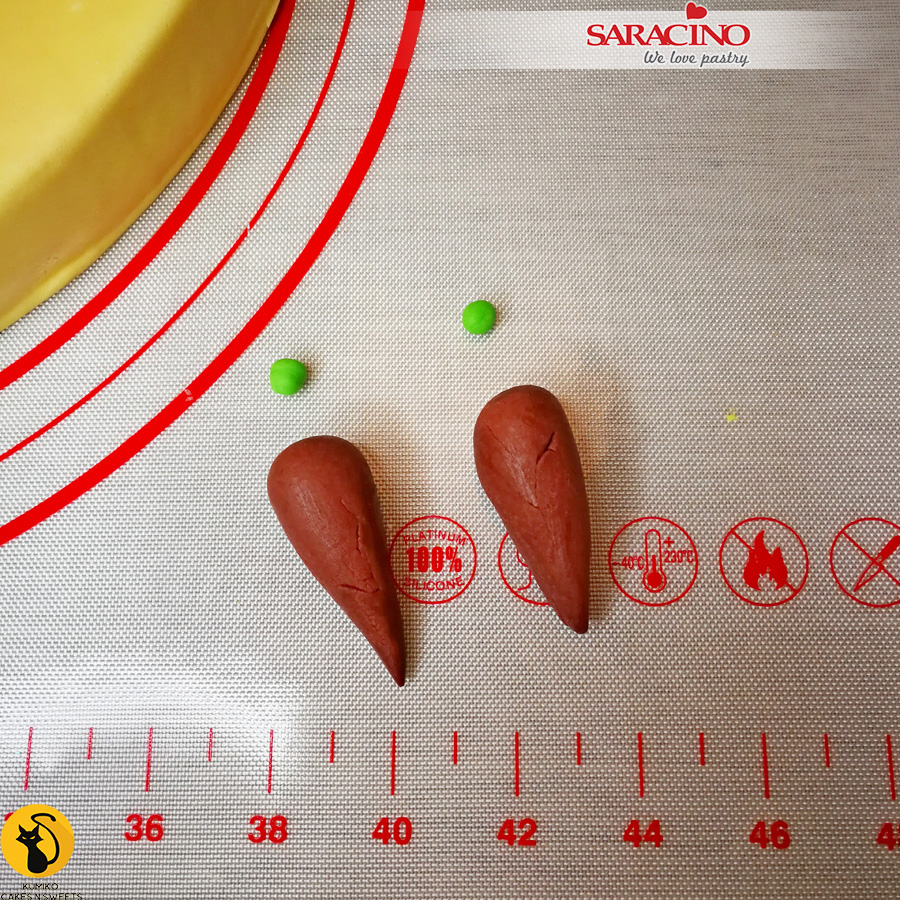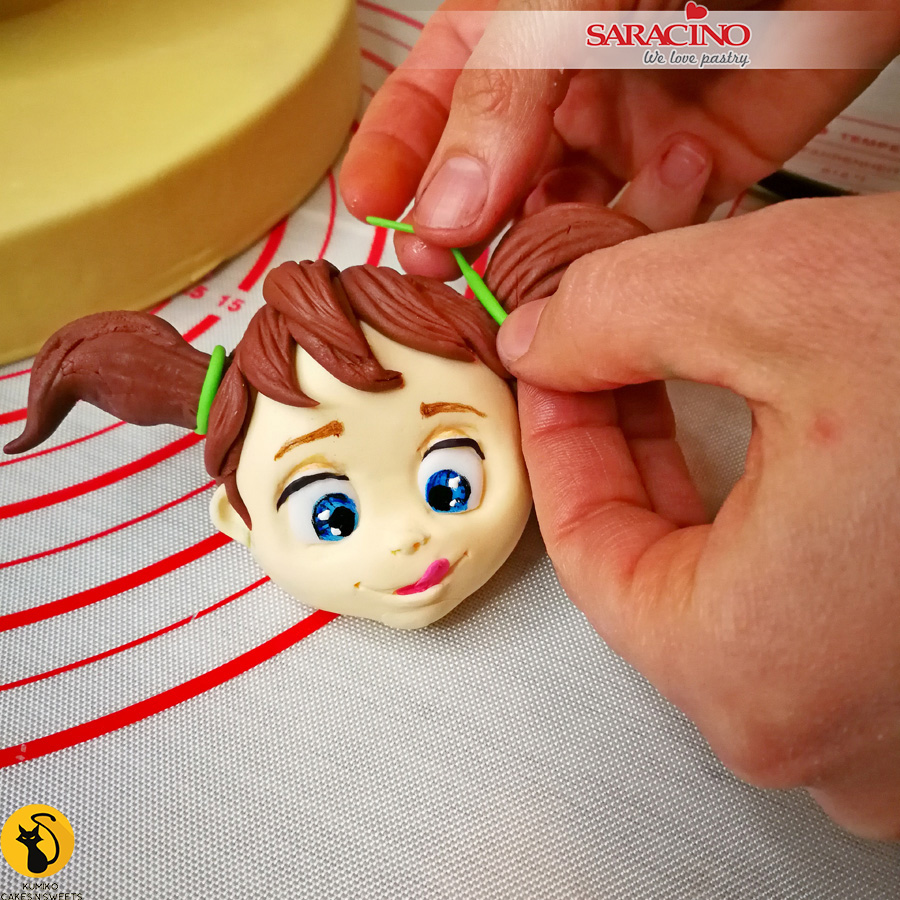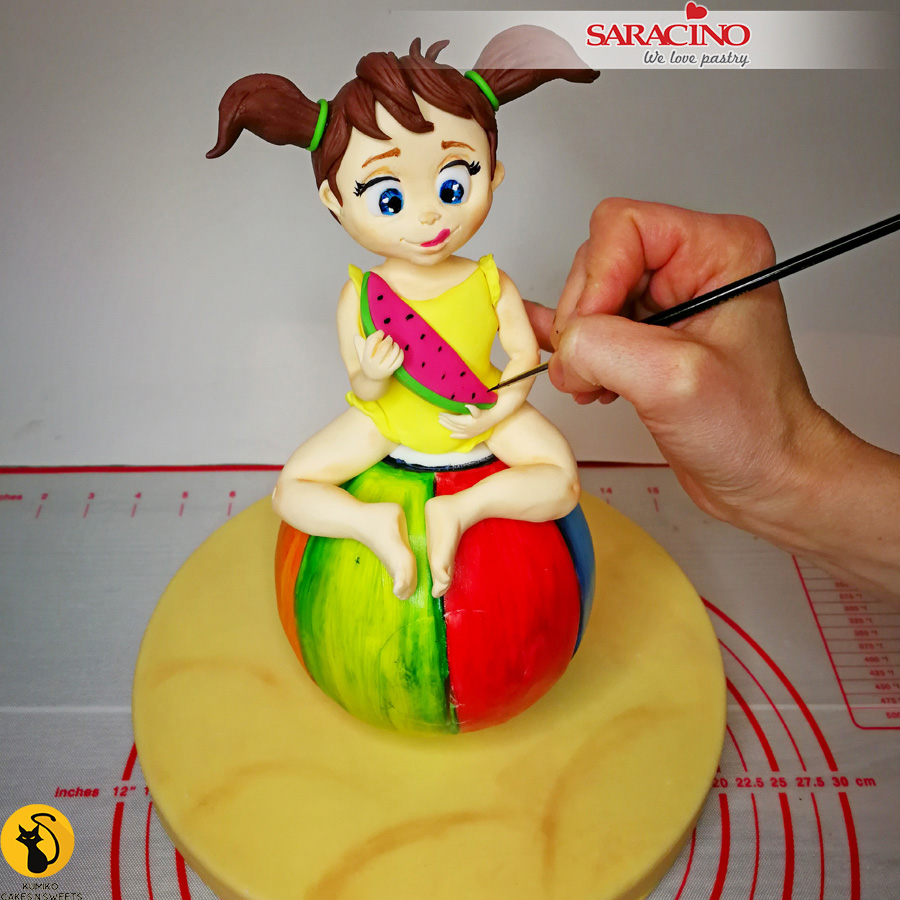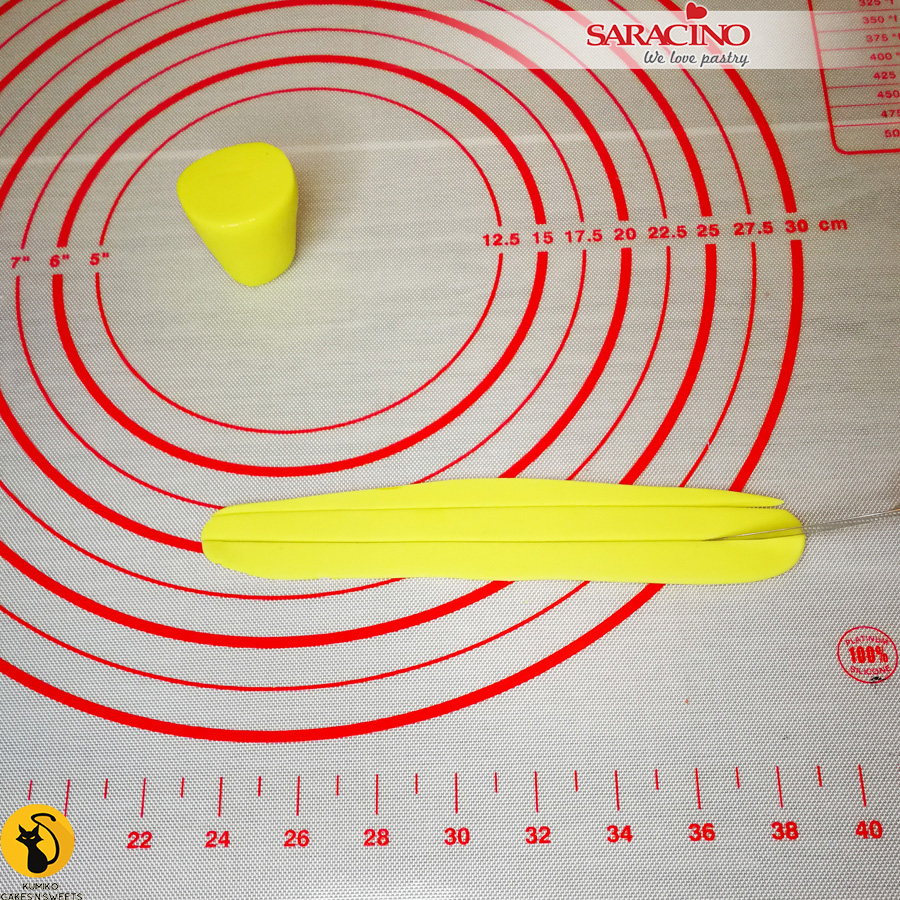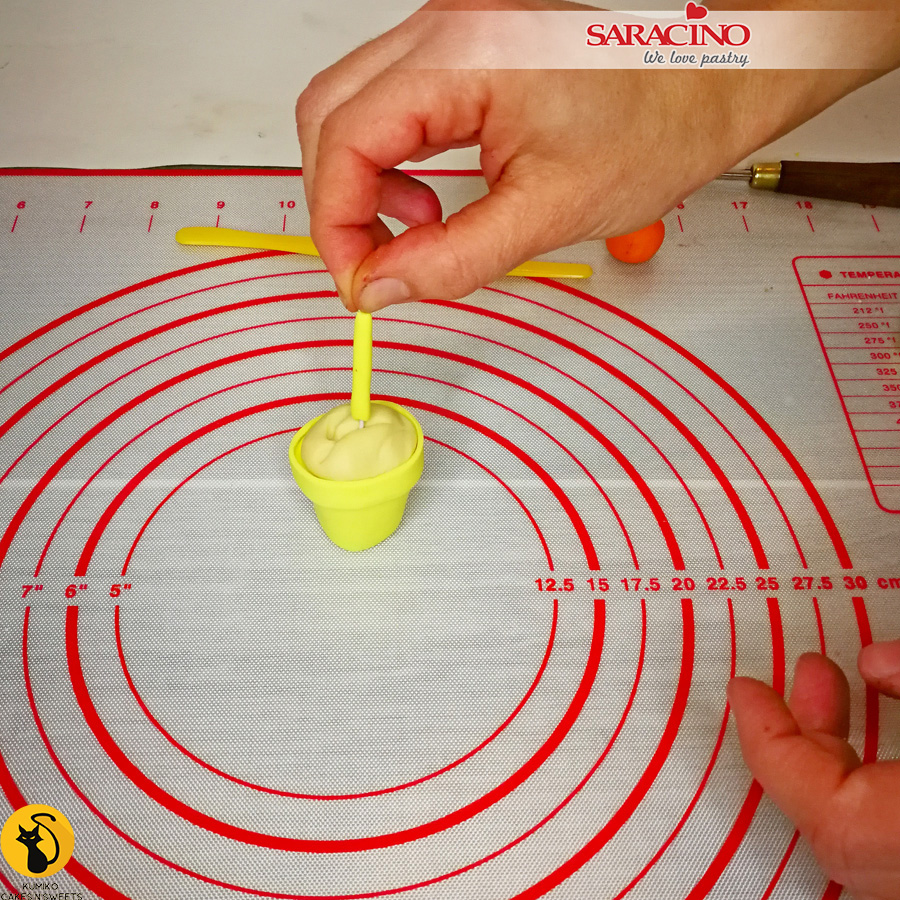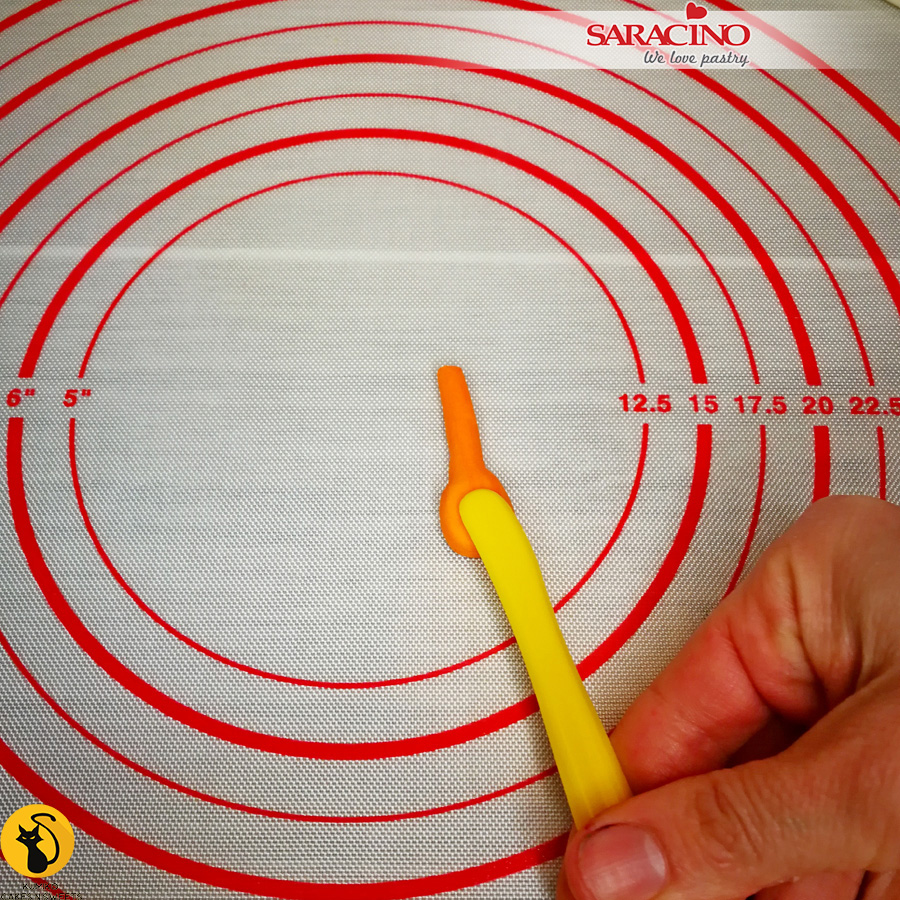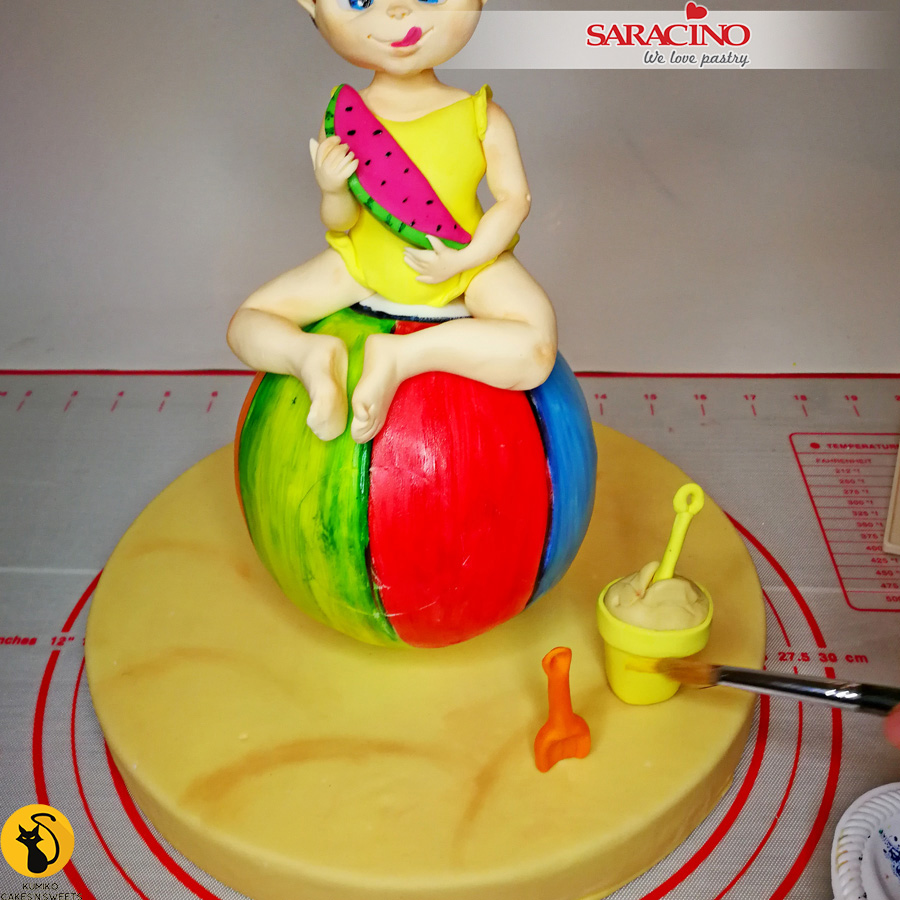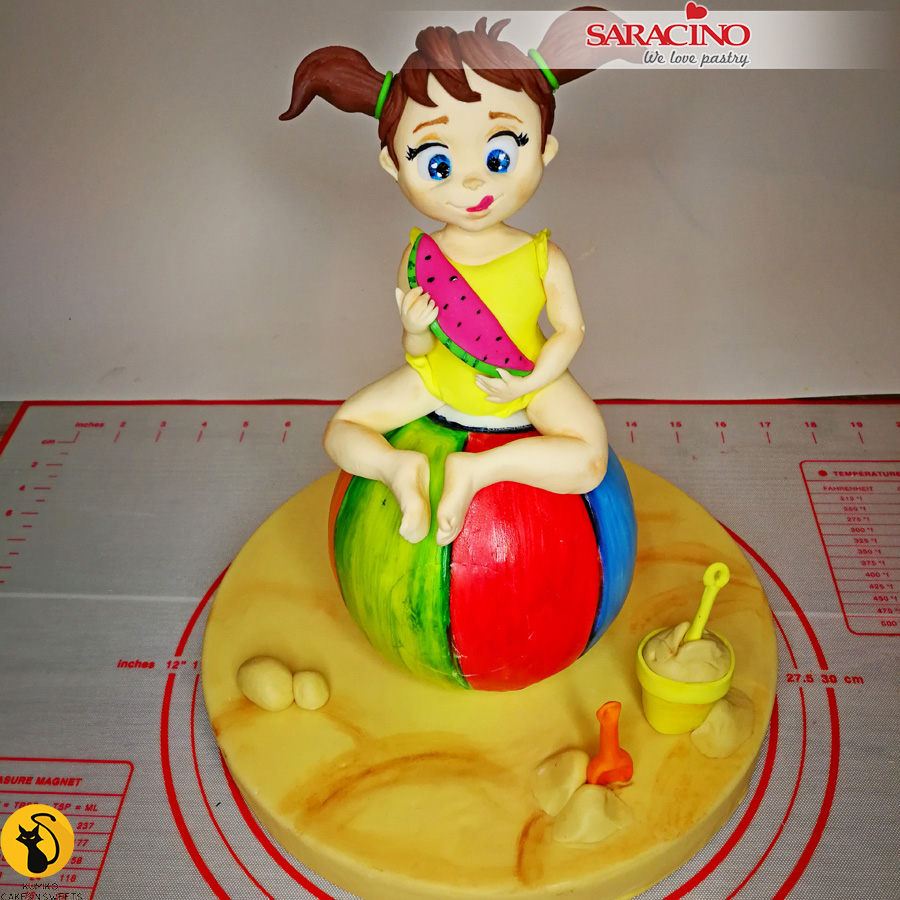
OLD BOOK CAKE
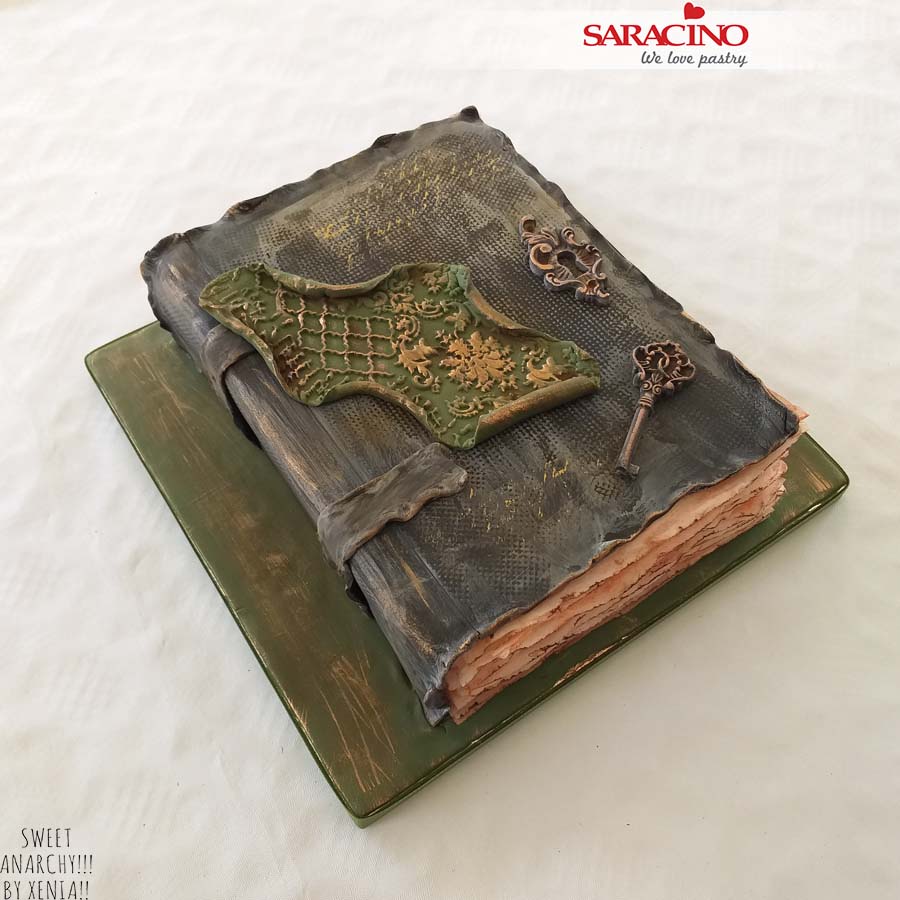
You will need:
- Saracino Pasta Top: white, black, green
- Saracino gel colours: light skin, brown
- Saracino powder colours: red, brown, white
- Saracino powder pearl colours: light gold, bronze
- Saracino Wafer paper 0.27mm
- Edible glue
- Clear alcohol
- Cake or dummy 20x15cm
- Cake board
- Silicone mat
- Silicone mould
- Plastic mould
- Knife
- Stamp
- Rolling pin
- Toothpicks
- Brushes
- Modelling tools
- Smoother
- Measuring tape
- Painting palette
- Scissors
- Paper towel

Step 1
Cover your rectangle cake with ganache and allow to set.

Step 2
Roll out white Pasta Top and cover three sides (top, right side and bottom).

Step 3
Mix white Pasta Top with brown gel colour until you achieve the colour you need. You can also use pre-coloured brown Pasta Top.

Step 4
Add black Pasta Top a little at a time to the brown paste until you achieve the darker colour you need for the look of the book cover.

Step 5
You should have a shade similar to this.

Step 6
Measure the left hand side and cover. This will assist with rolling the paste to the correct size.

Step 7
Roll the coloured paste to the required size and cut to make neat edges. Remember to add 1cm for each side to create the extension of the book cover.

Step 8
Cover your cake as shown leaving the overhang.

Step 9
Using a modeling tool mark the spine of the book.

Step 10
Use your fingers to press all around the edge of the book cover to give a damaged and worn look.

Step 11
Roll long strips of the coloured paste and cut to 1cm width. Add them to create the edge of the back cover of the book.

Step 12
Use a Dresden tool to mark and add ‘damage’ to the back cover of the book.

Step 13
Mix white powder colour with clear alcohol. Use a wide brush to roughly paint all the dark surfaces of your book.

Step 14
Before the paint dries take a textured paper towel and press it on your book cover.
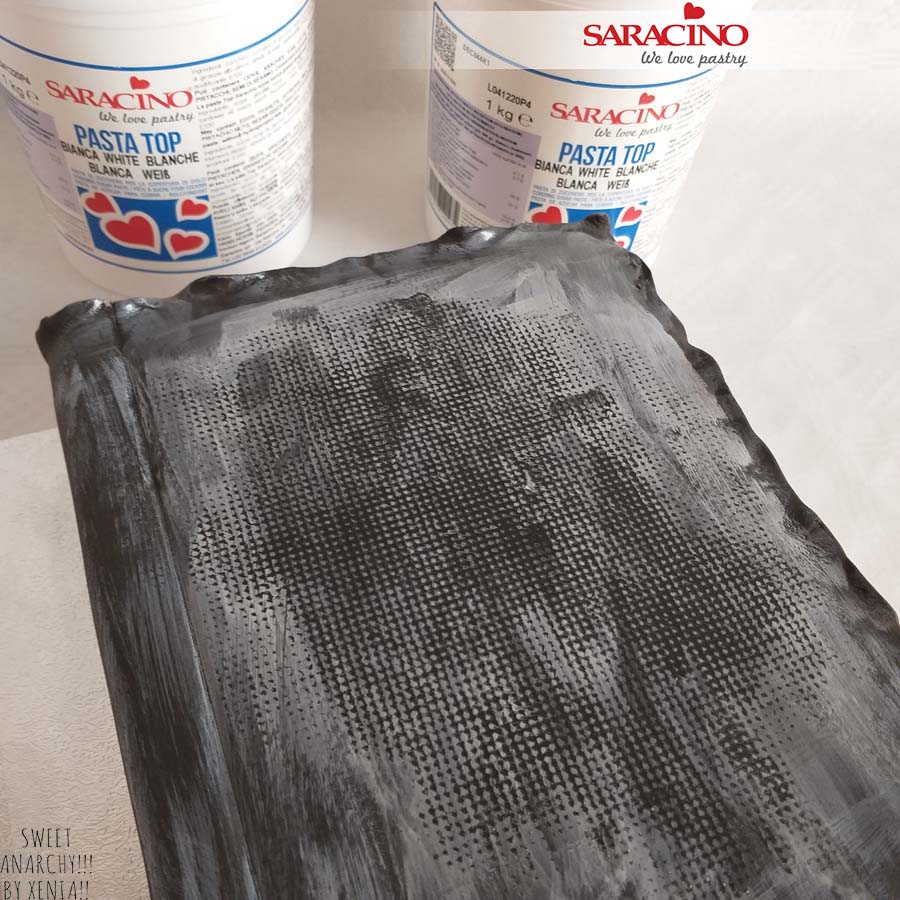
Step 15
Pull off the paper towel to remove the excess colour and achieve the textured paper towel effect.
TIP: Repeat the process if the paint dries out. Continue until you achieve the required look.
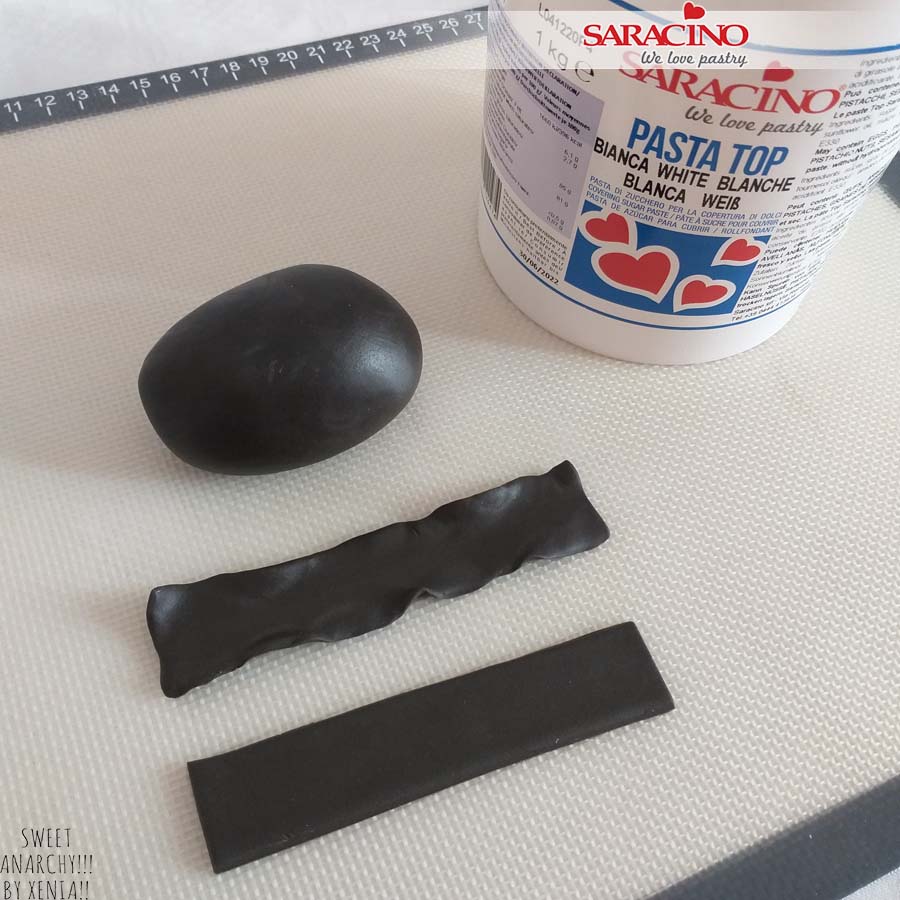
Step 16
Using the coloured paste roll two 2cm strips and ‘damage’ with your fingers. They will be used to make the spine binders.
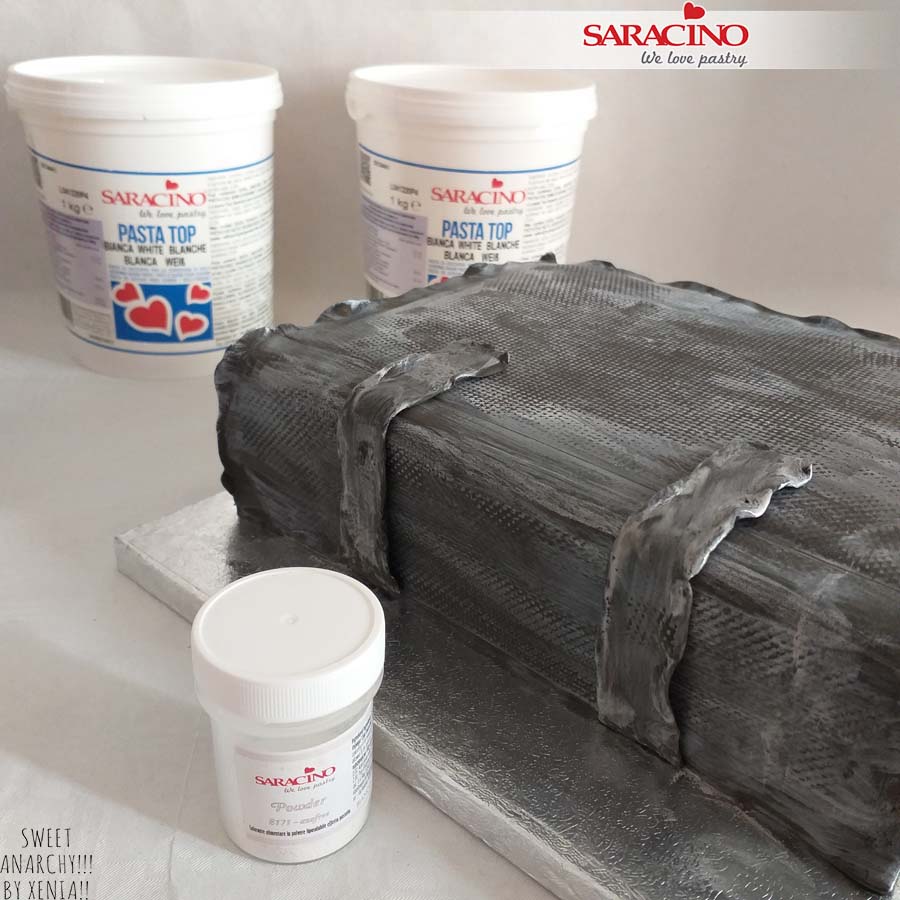
Step 17
Fix them to the spine of the book and use the paint technique shown earlier to add texture.
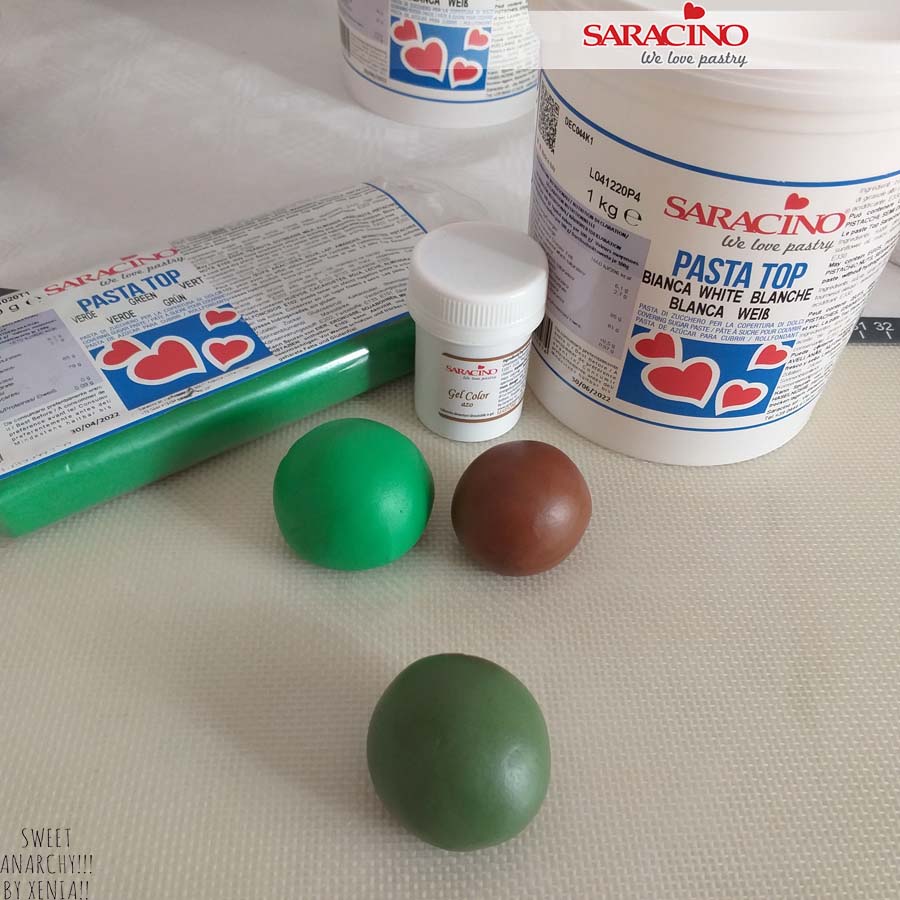
Step 18
Mix 100g green Pasta Top with 70g brown Pasta Top to create an olive colour.
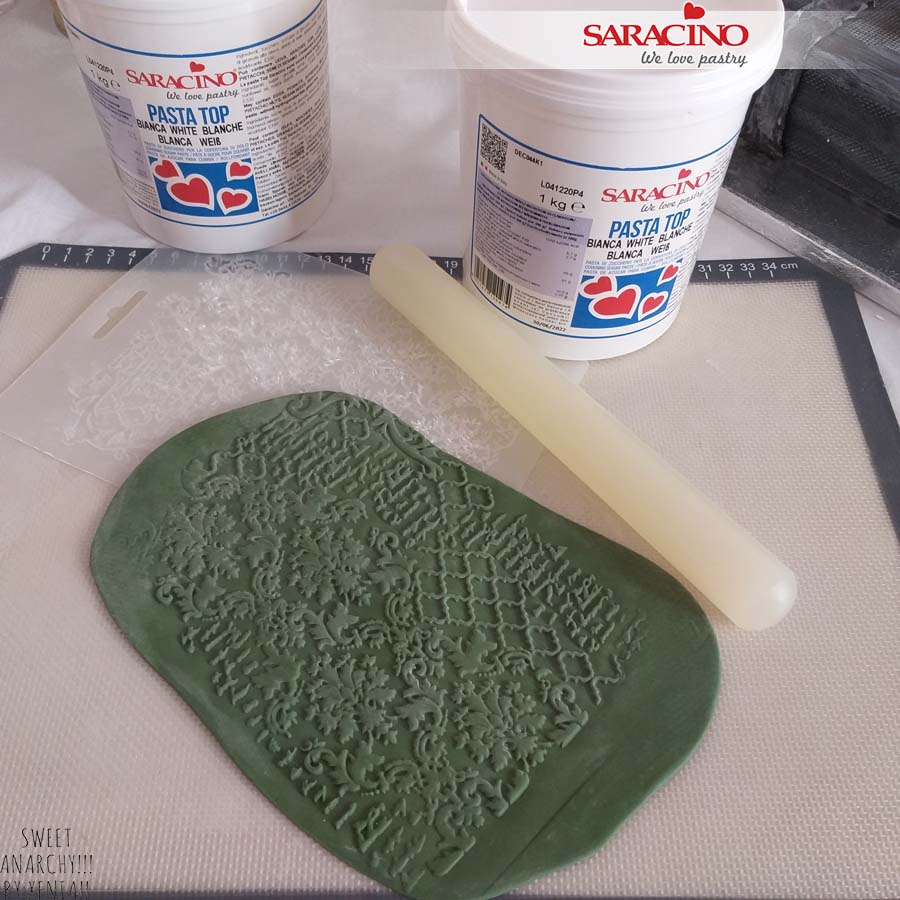
Step 19
Roll the olive green paste on an impression mat to add the desired pattern.
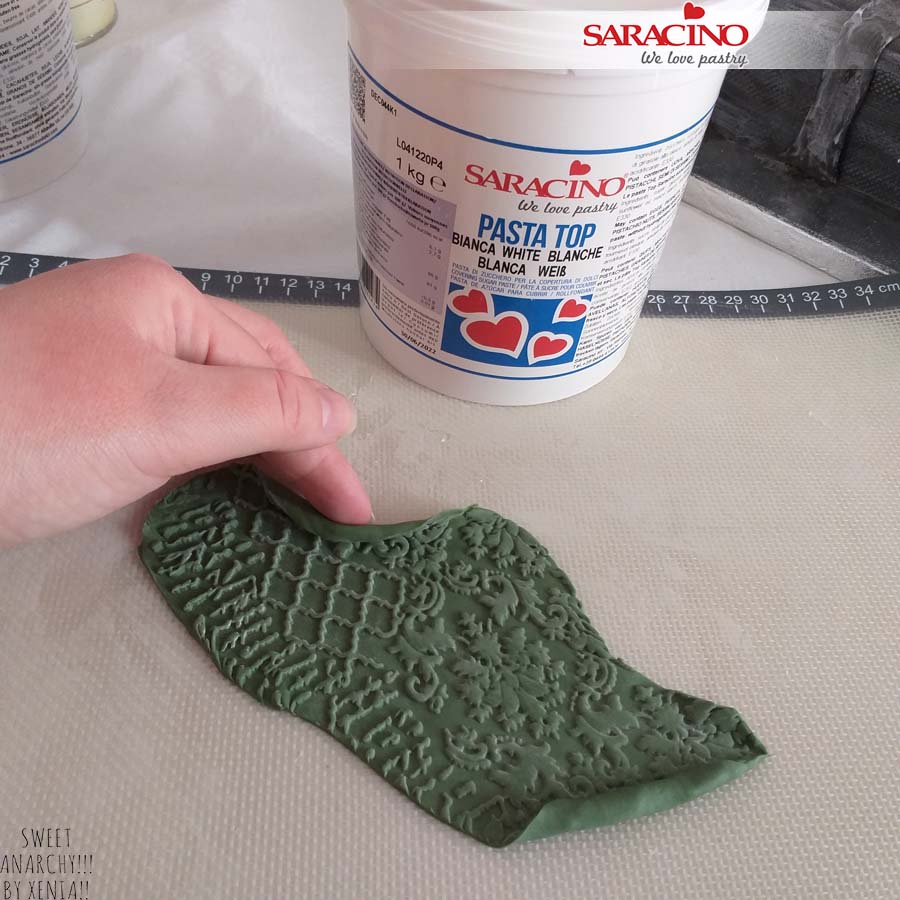
Step 20
Use a knife to cut a piece and add shape with your fingers by curling up the edges.
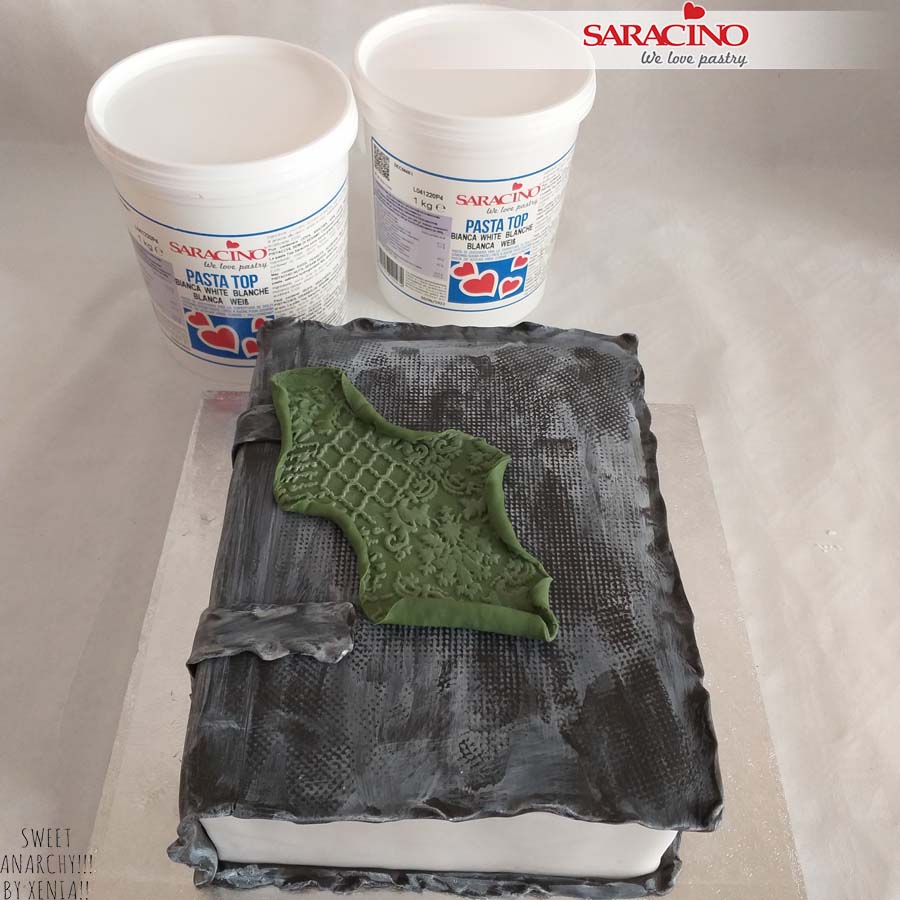
Step 21
Use edible glue to fix to the cover of the book.

Step 22
Mix brown and red powder colours to make a rust colour. Use a soft brush to dust different parts.
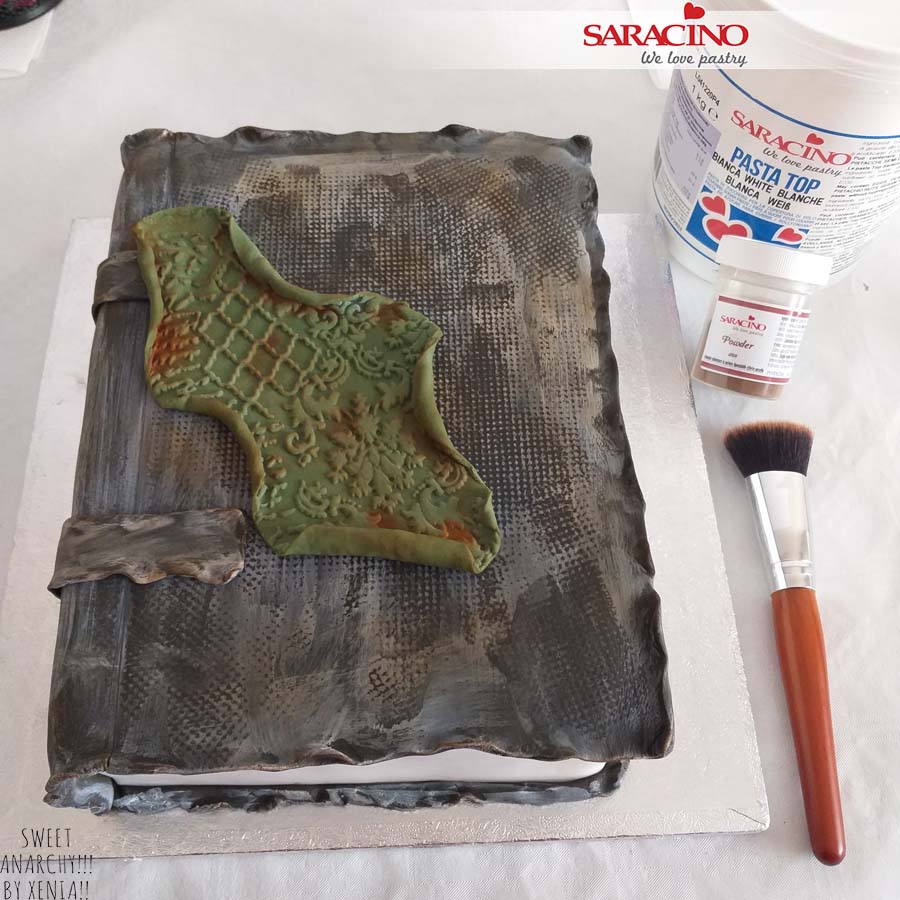
Step 23
Using a soft brush and brown powder colour dust the remainder of the cover and spine to give a weathered and aged look.
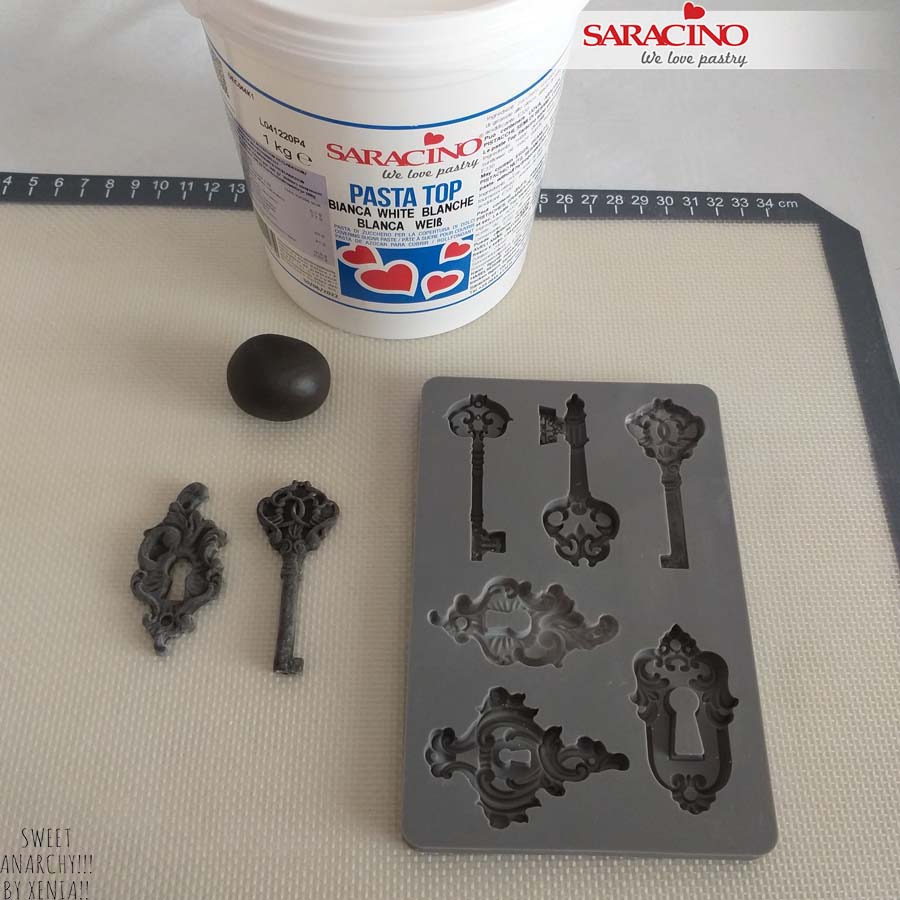
Step 24
Use a silicone mould and the coloured Pasta Top to make a key and a lock.
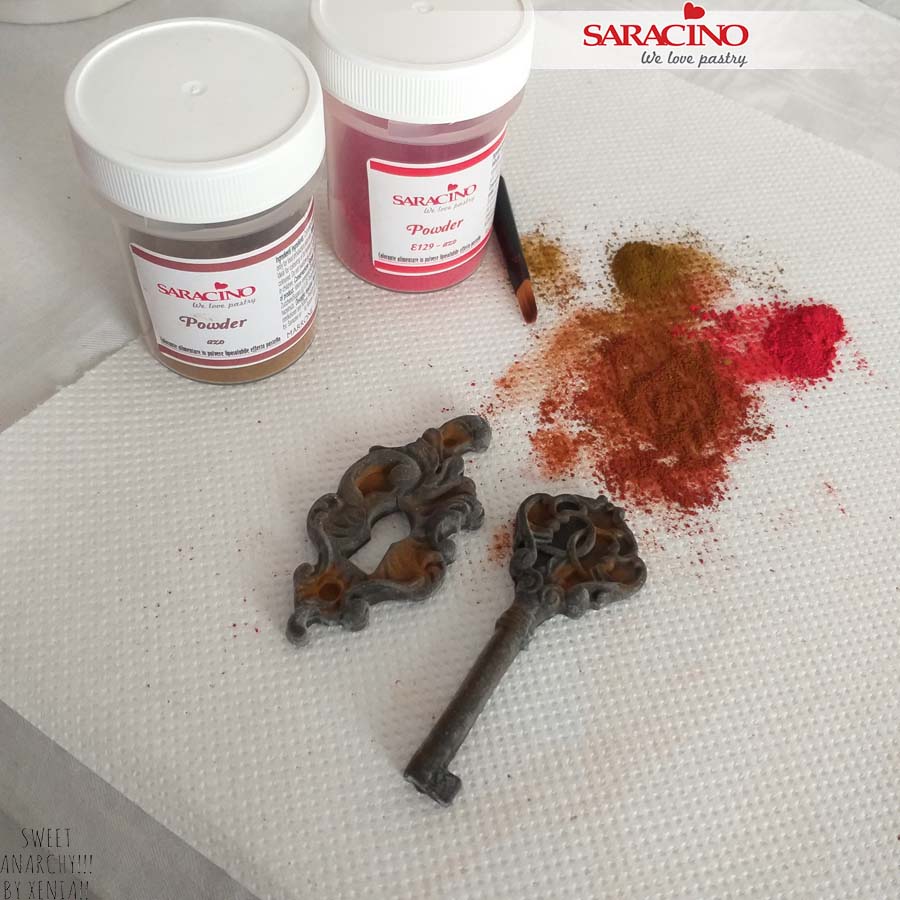
Step 25
Dust the key and the lock using the rust coloured powder.
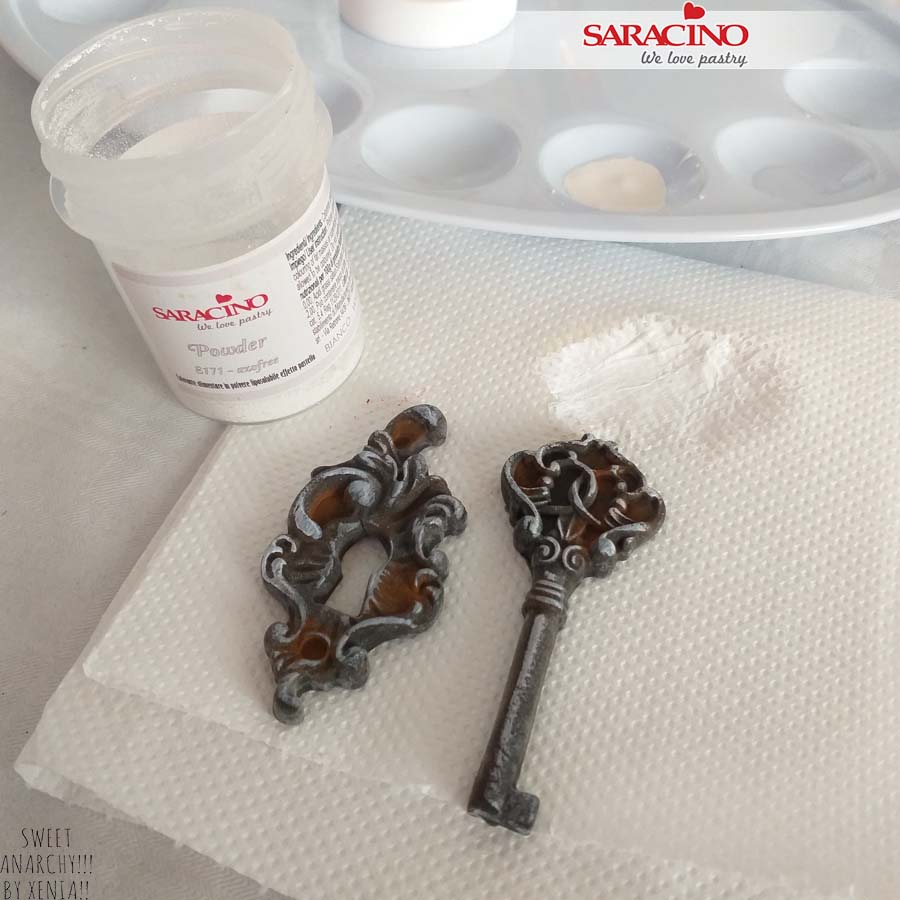
Step 26
Mix white powder colour with clear alcohol. Use a fine brush to add highlight to the key and lock details.
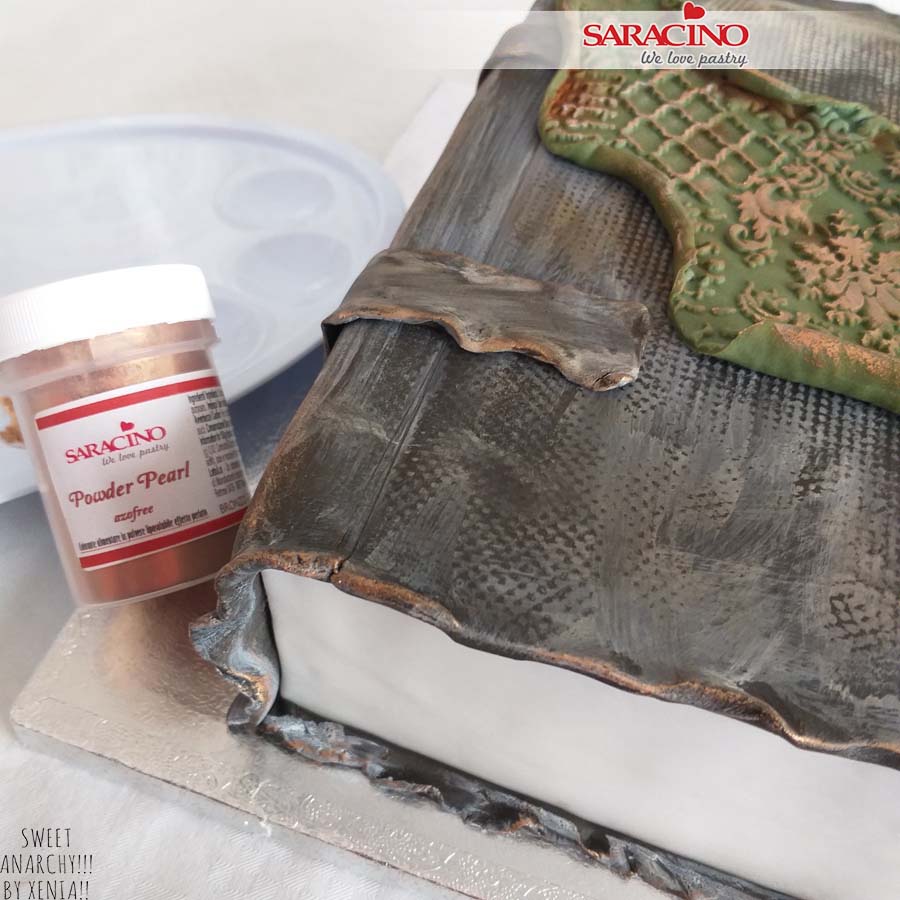
Step 27
When they are completely dry mix bronze powder colour with clear alcohol and further highlight the key and lock details. Repeat on the cover.
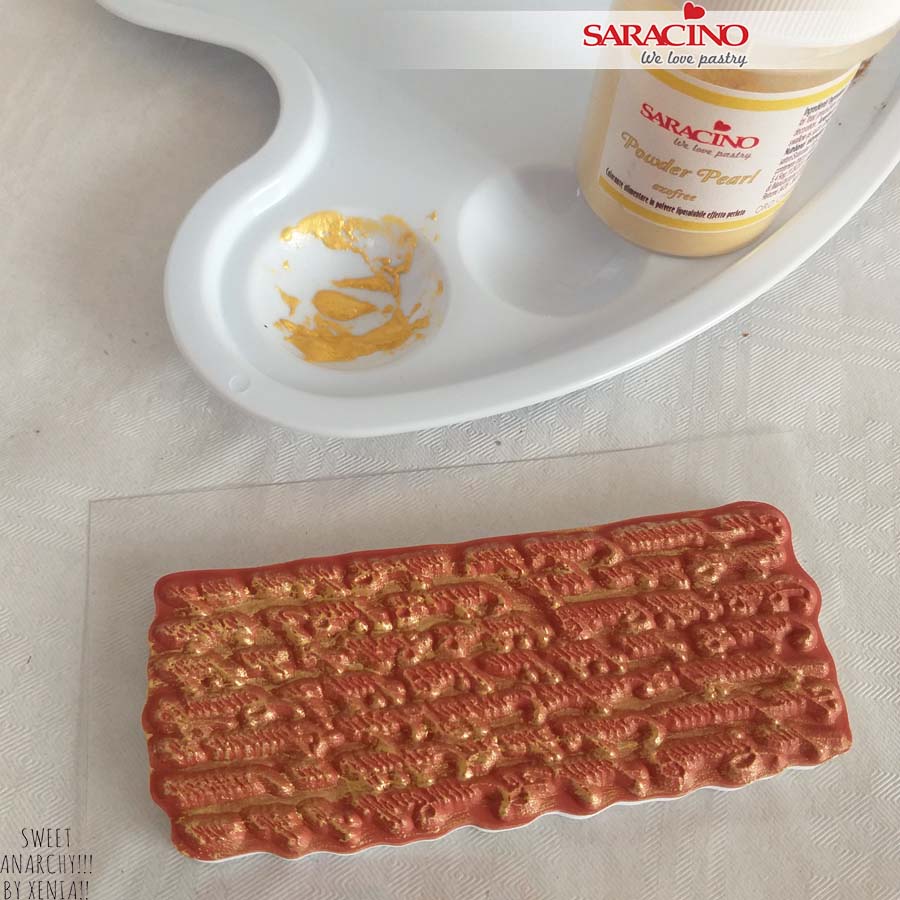
Step 28
Mix light gold powder pearl color with clear alcohol and paint it on your text stamp.
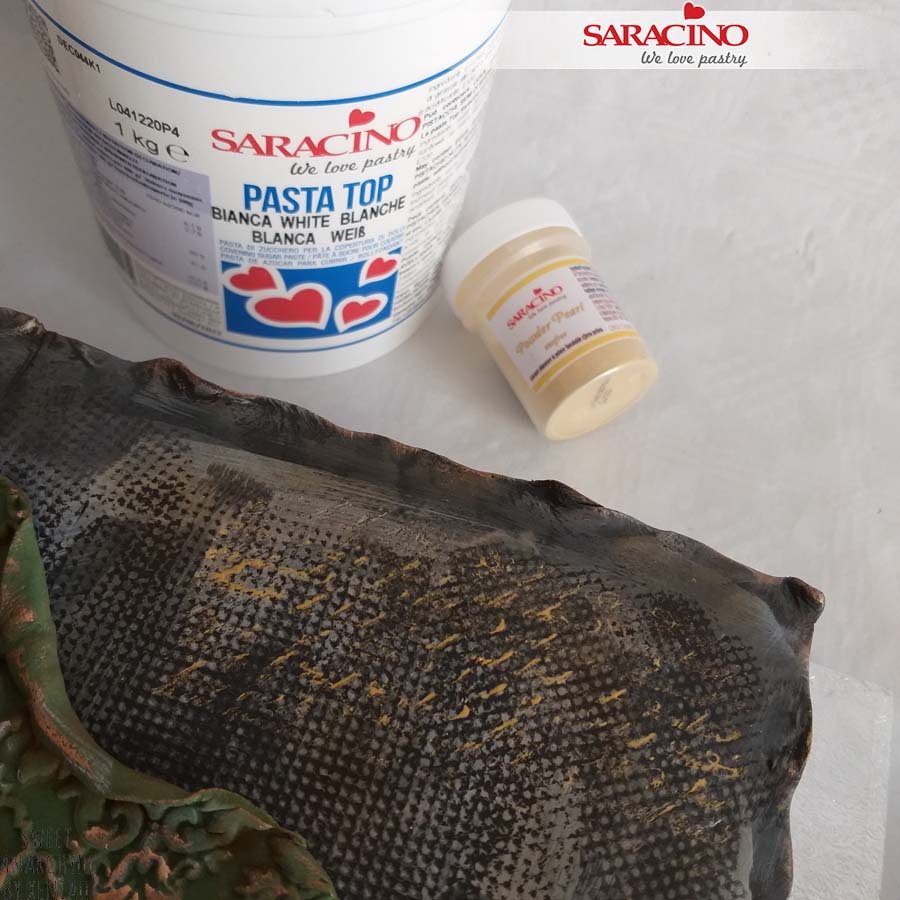
Step 29
Press the stamp on the book cover. The impression does not have to be perfect as we want an old and aged effect.
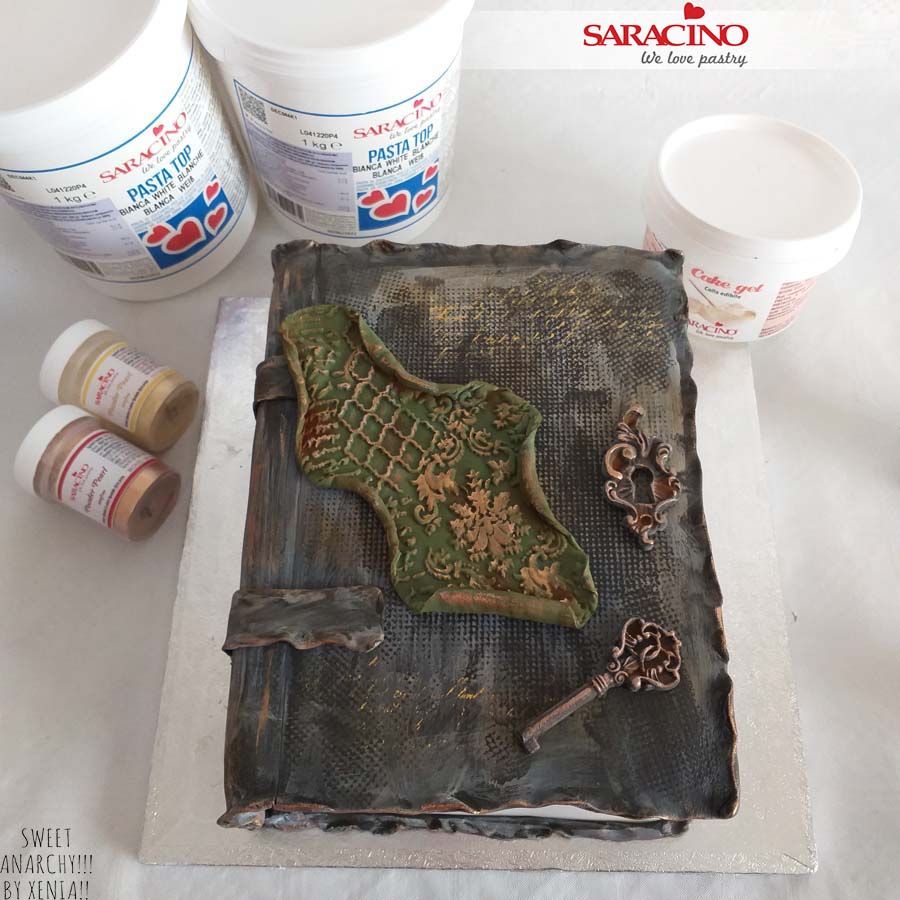
Step 30
Use edible glue to fix the key and lock to the book.
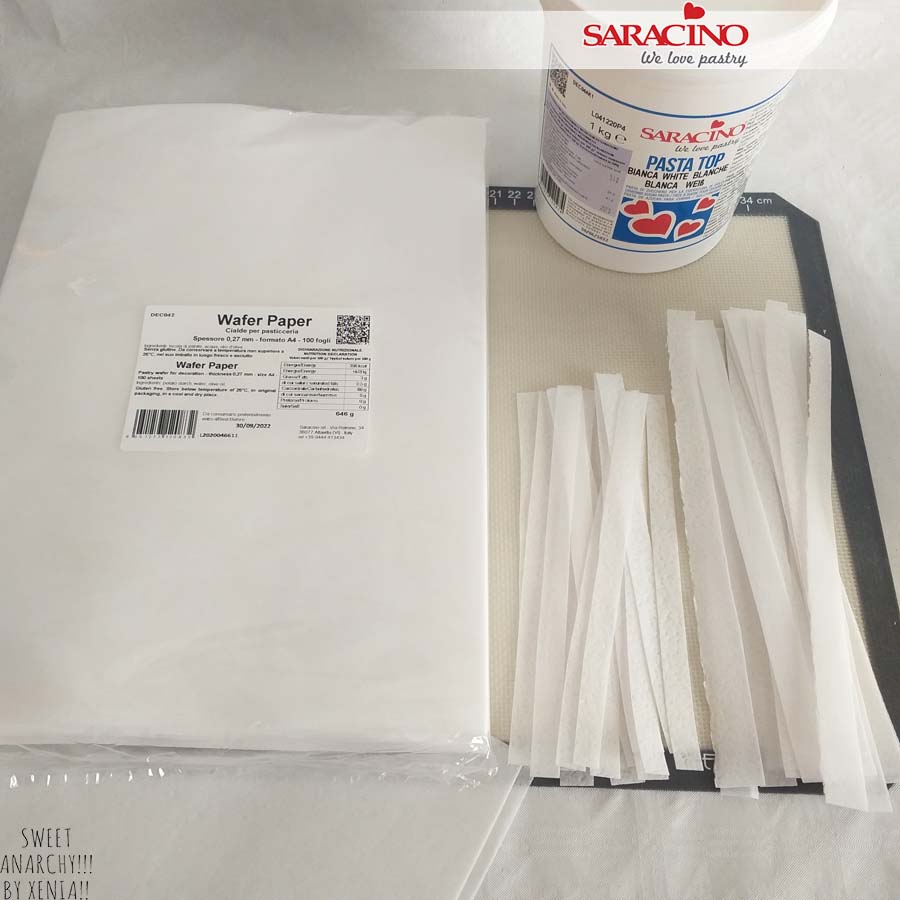
Step 31
Using 0.27 Wafer Paper cut 1cm wide strips to the length and width of the book.
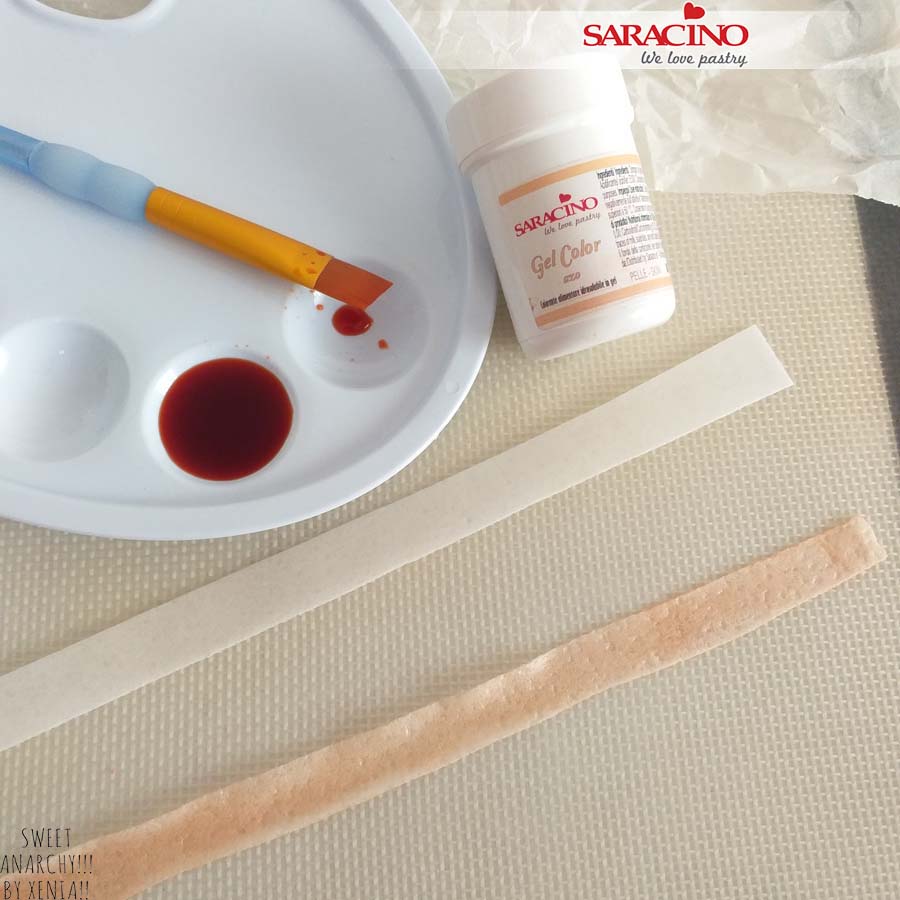
Step 32
Mix light skin gel colour with clear alcohol and paint both sides of each strip. The brush cannot be too wet otherwise it may damage the wafer paper.
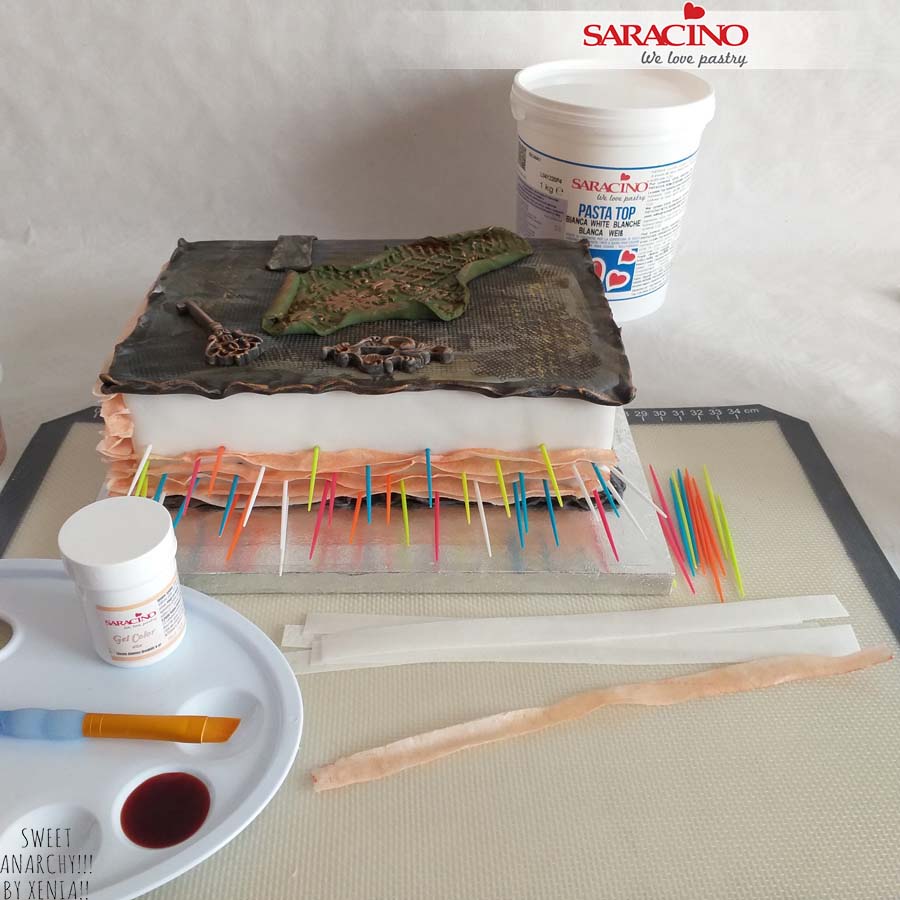
Step 33
Paint each strip and fix it immediately to the book. We need to fix immediatley one by one to avoid drying of the strip. If it is allowed to dry it will be difficult to fix to the book. Use a little water to fix the strips to the book. Insert toothpicks between each strip so they dont stick together.
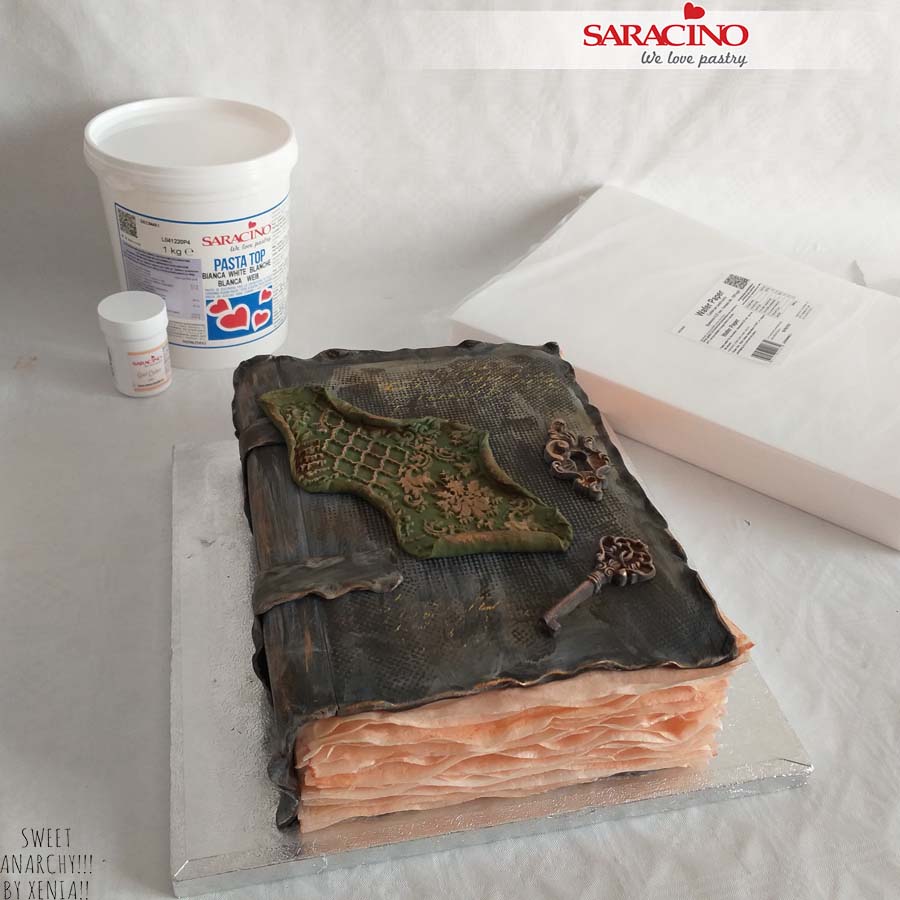
Step 34
Remove the toothpicks when the strips are completely dry.
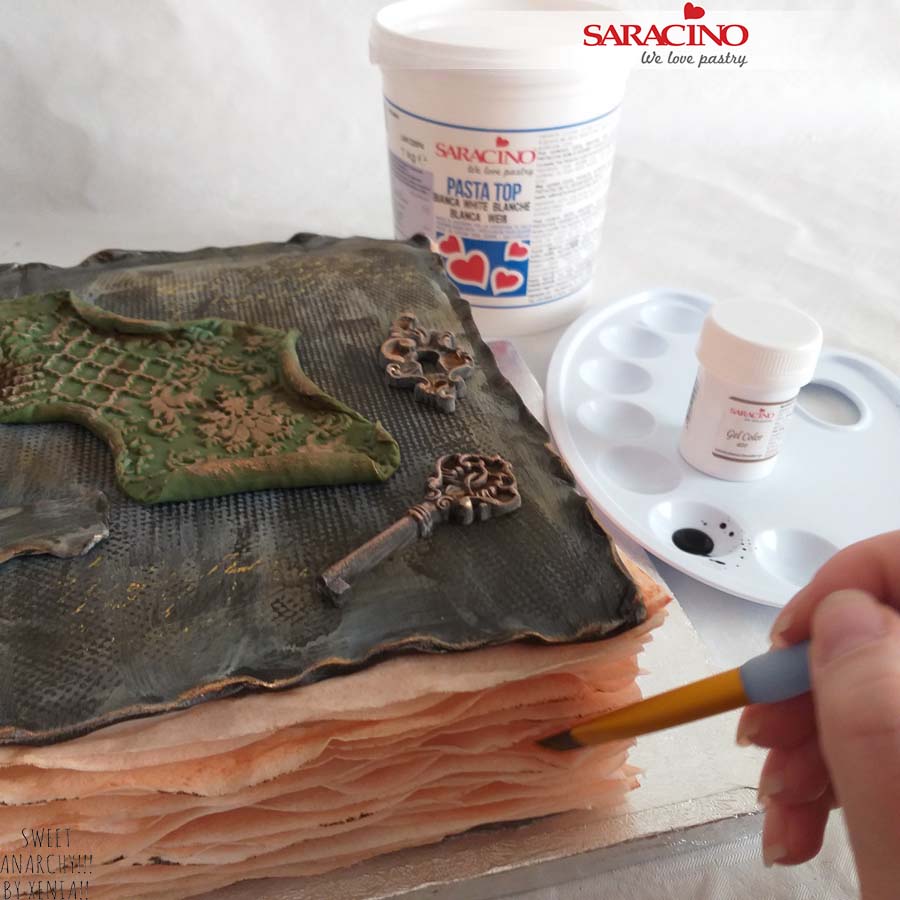
Step 35
Mix brown gel colour with clear alcohol and gently paint the edges of the strips.
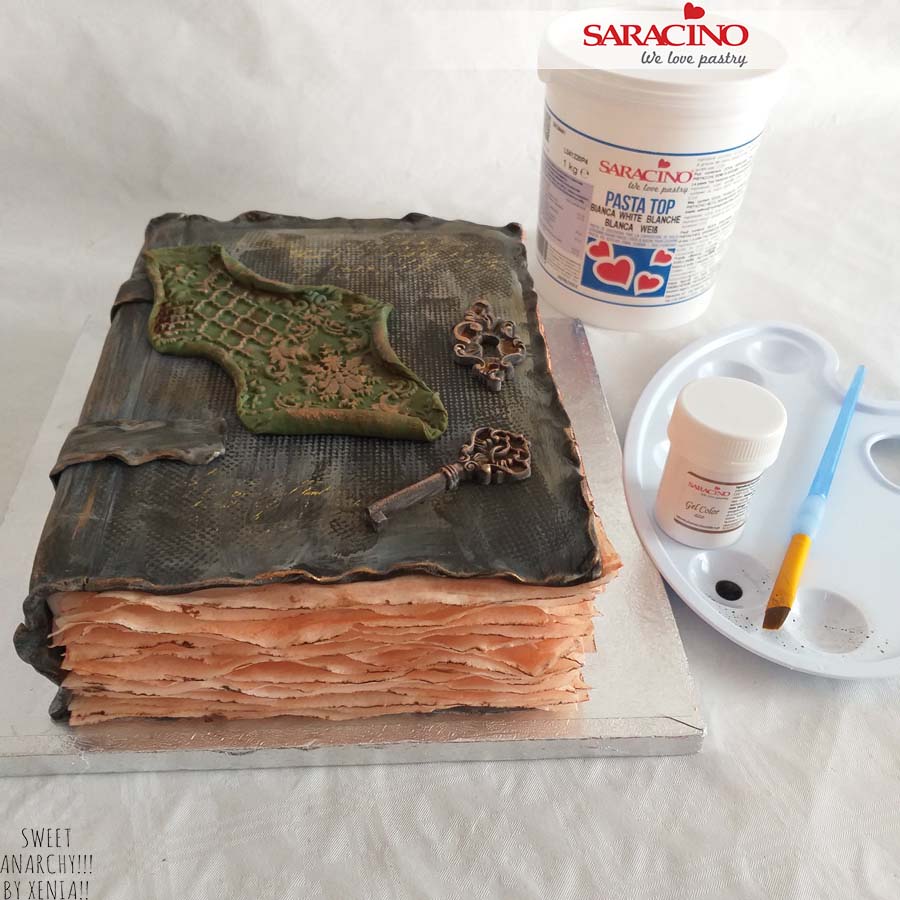
Step 36
The pages should look as shown.
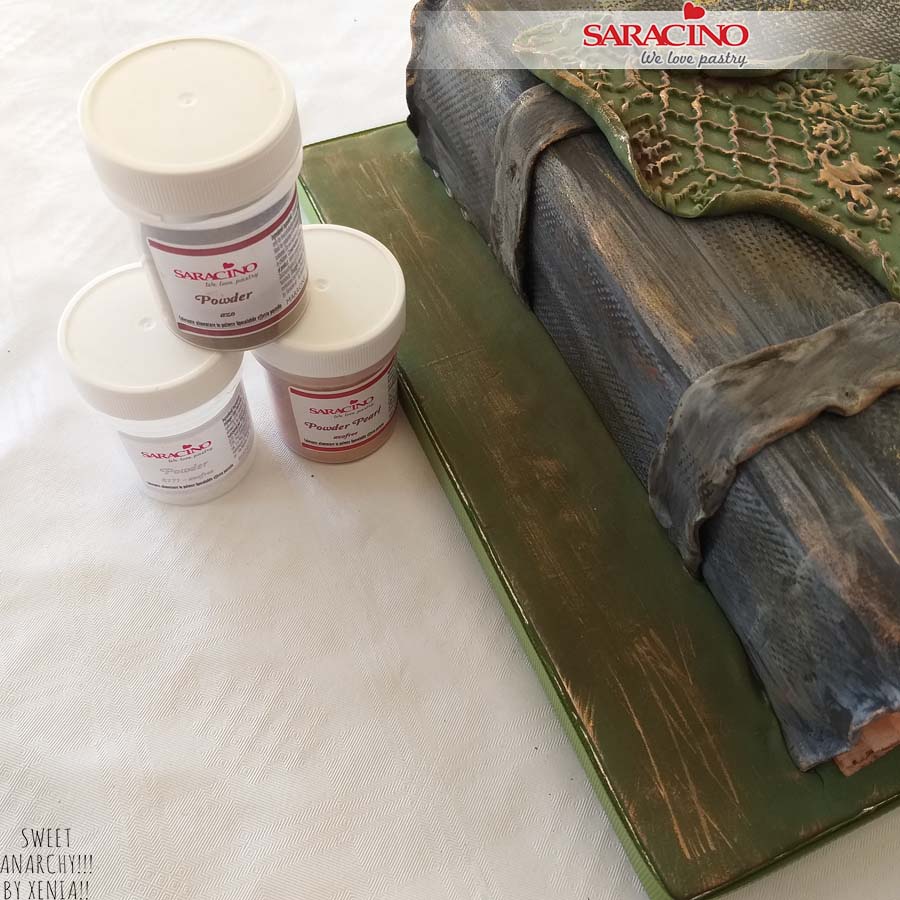
Step 37
Cover your cake board with the olive coloured Pasta Top. Add paint to the board to give the aged effect.

Step 38
Your historic book is ready!



